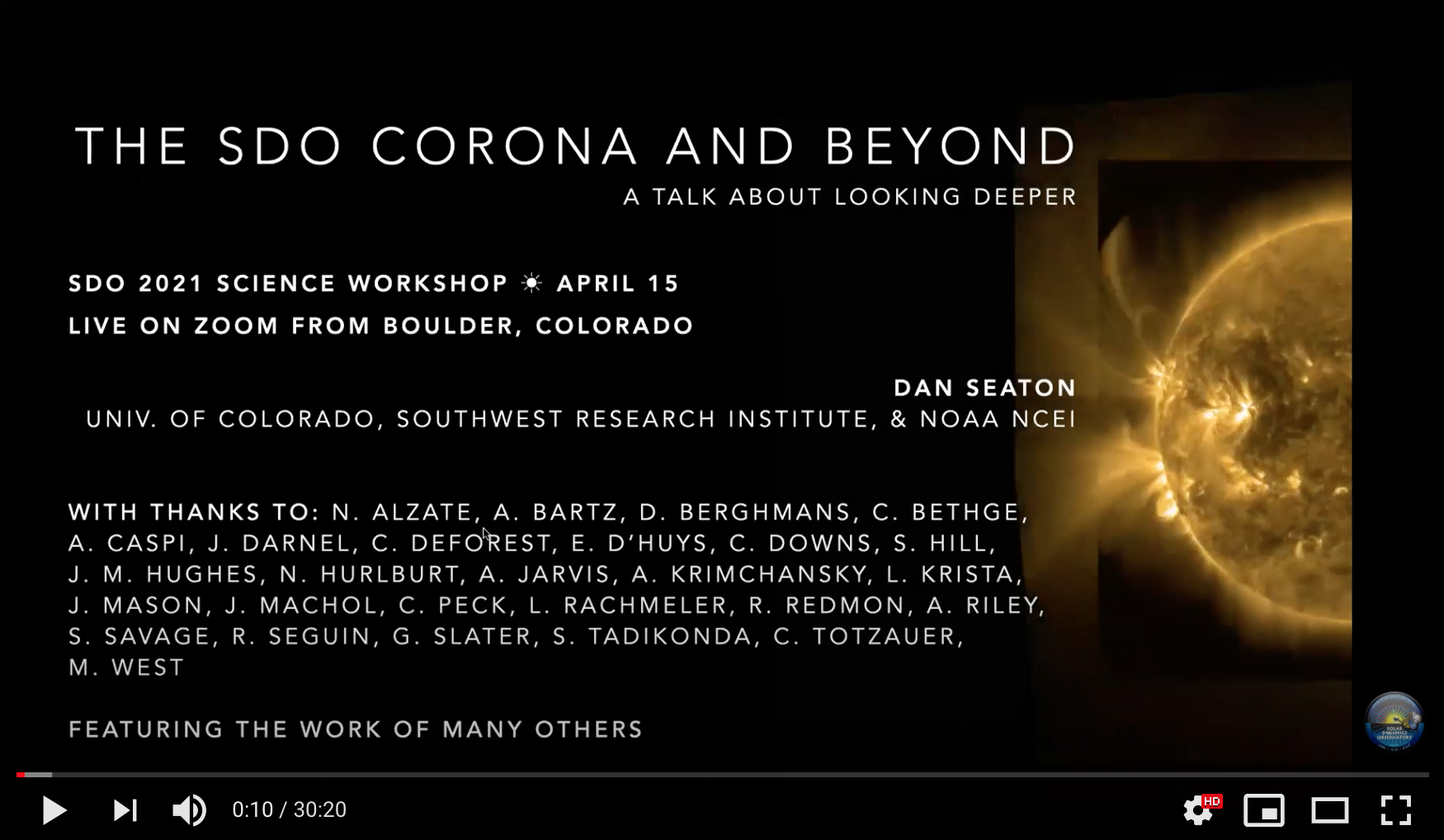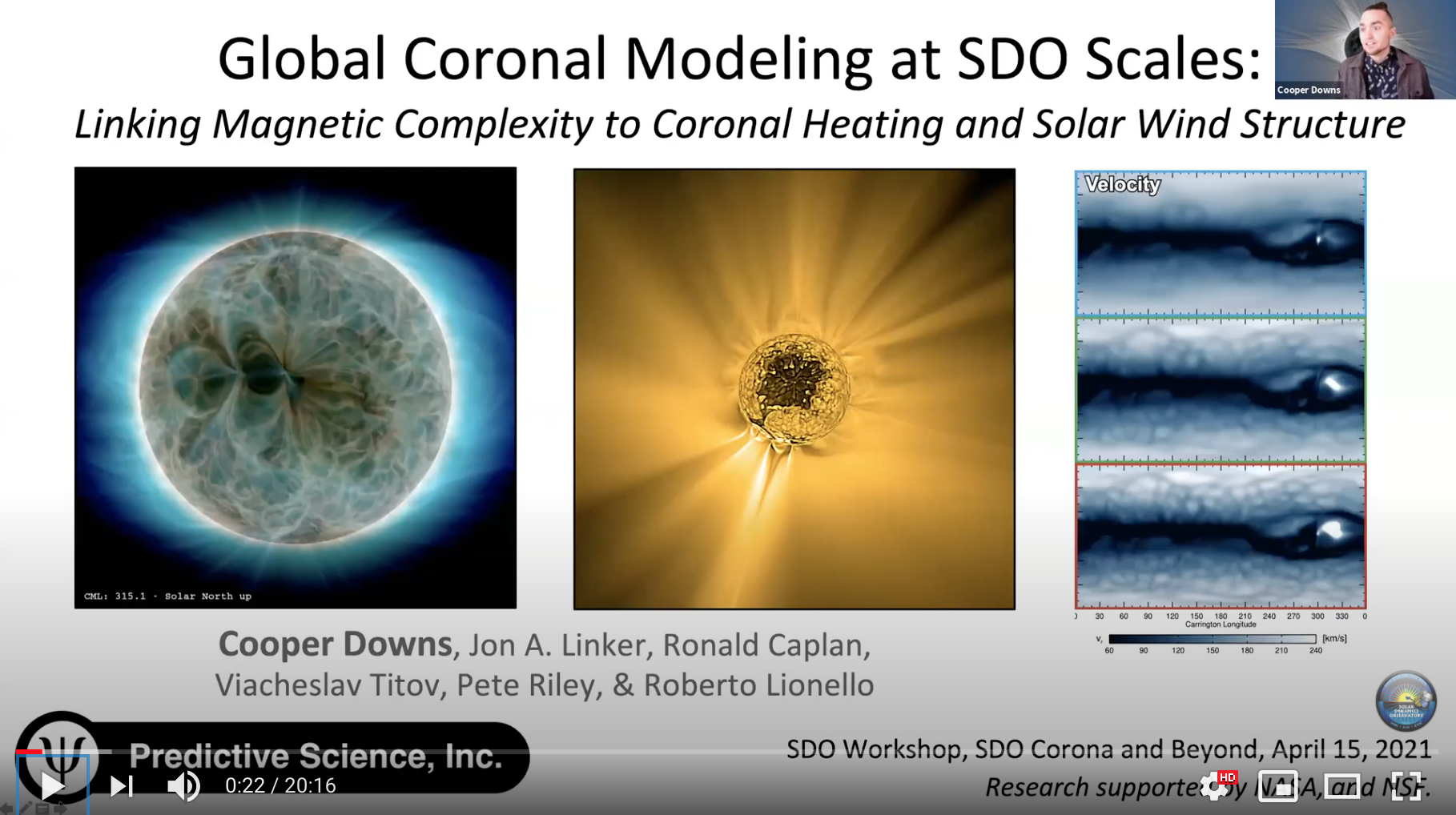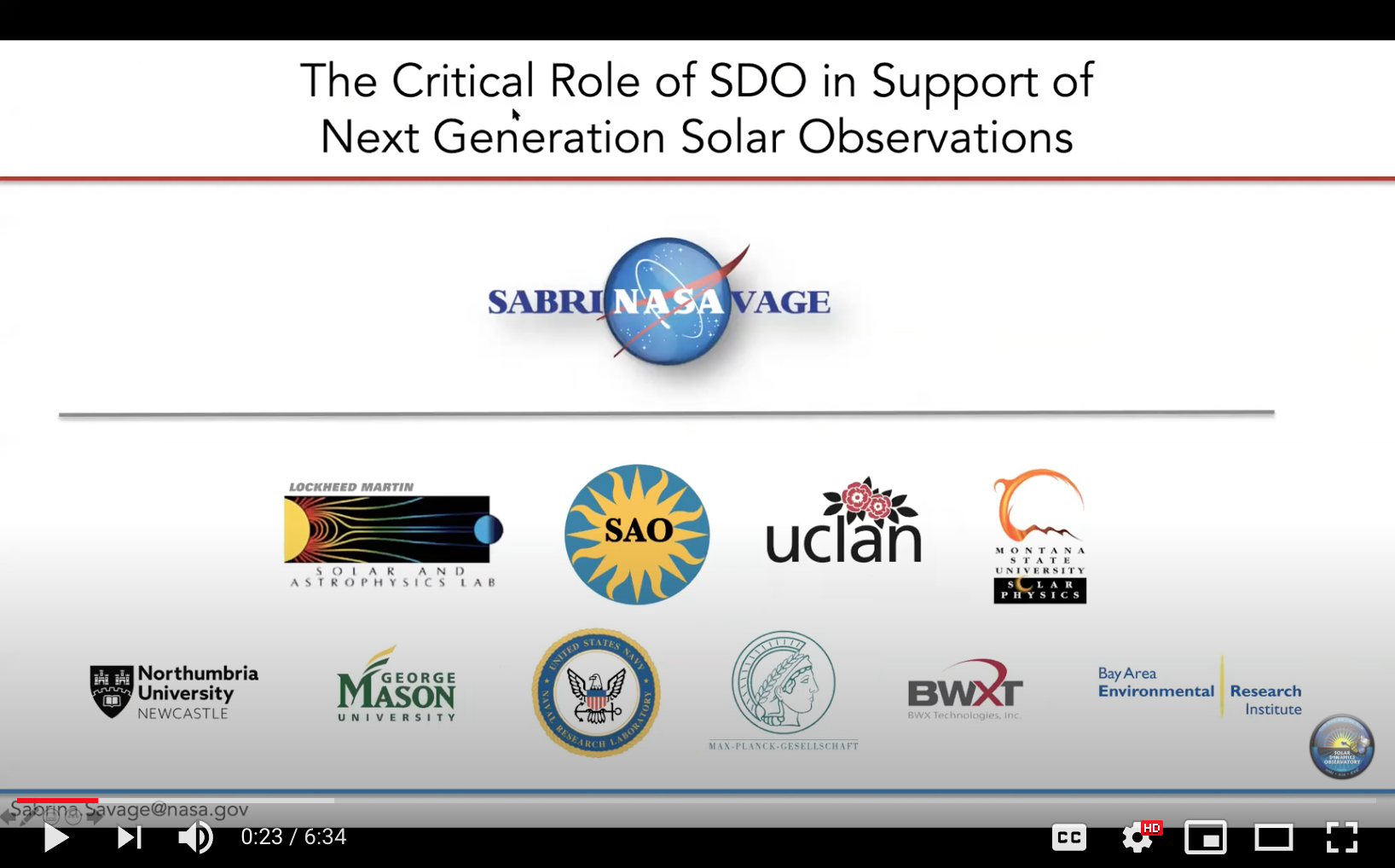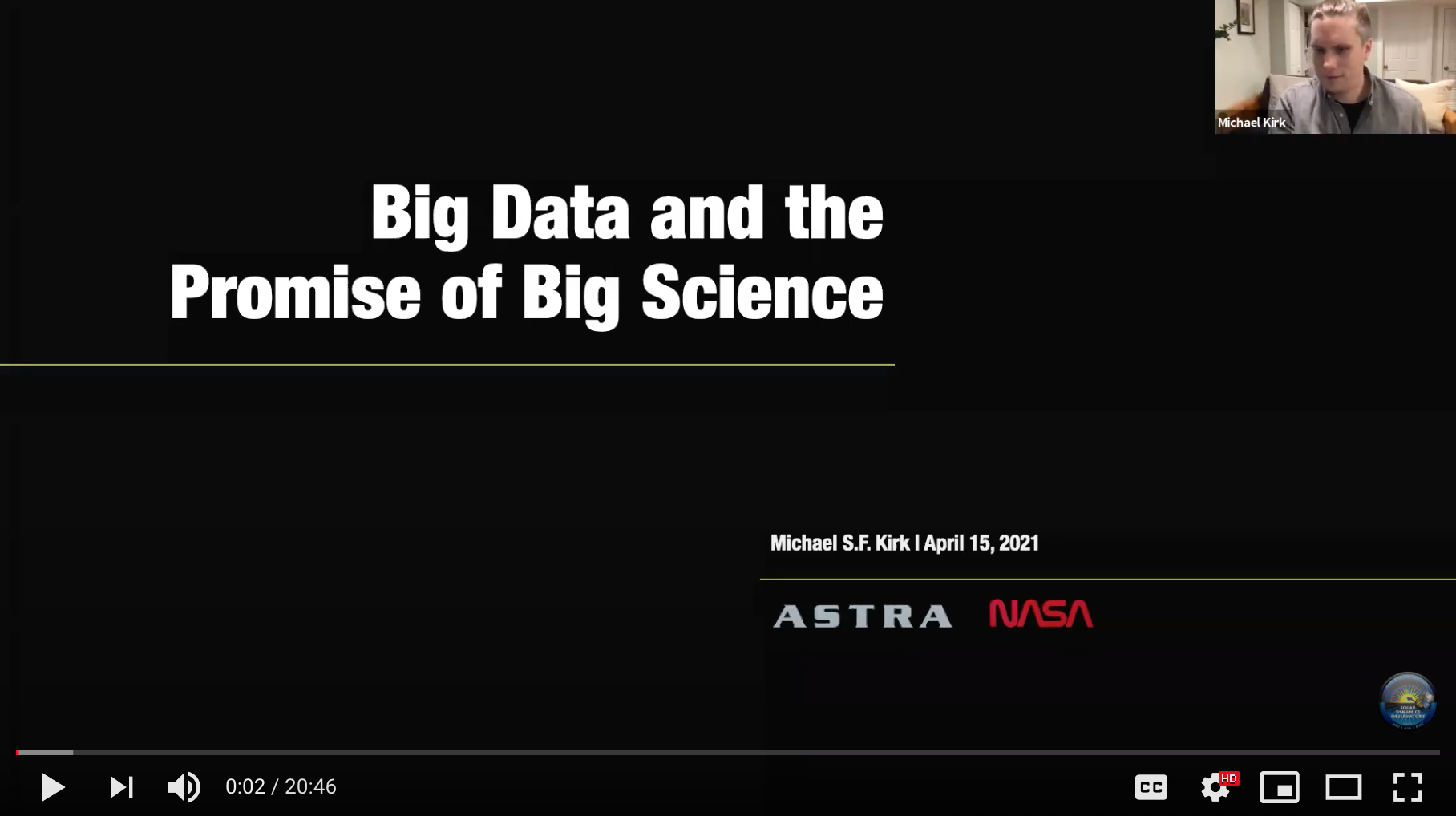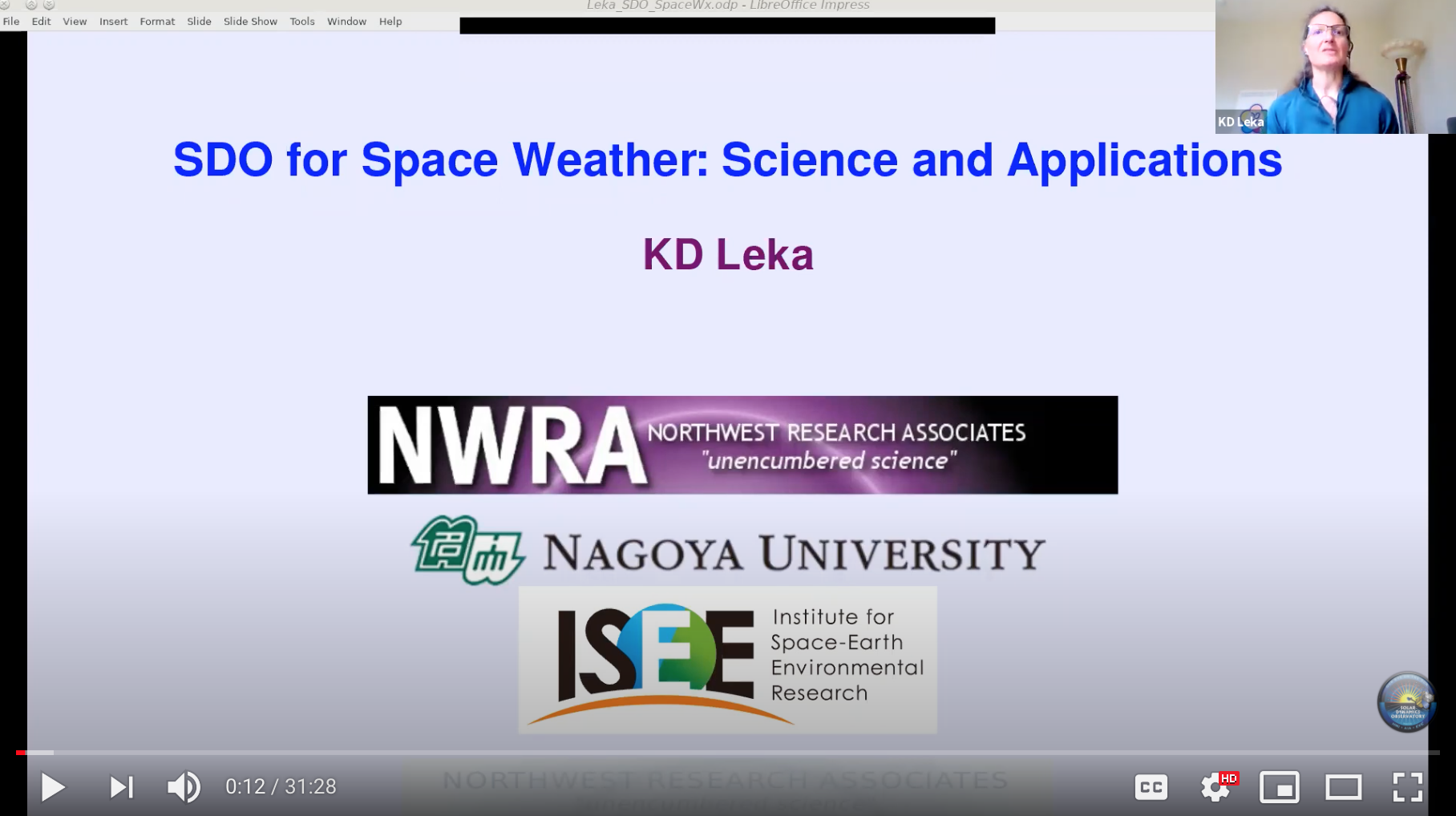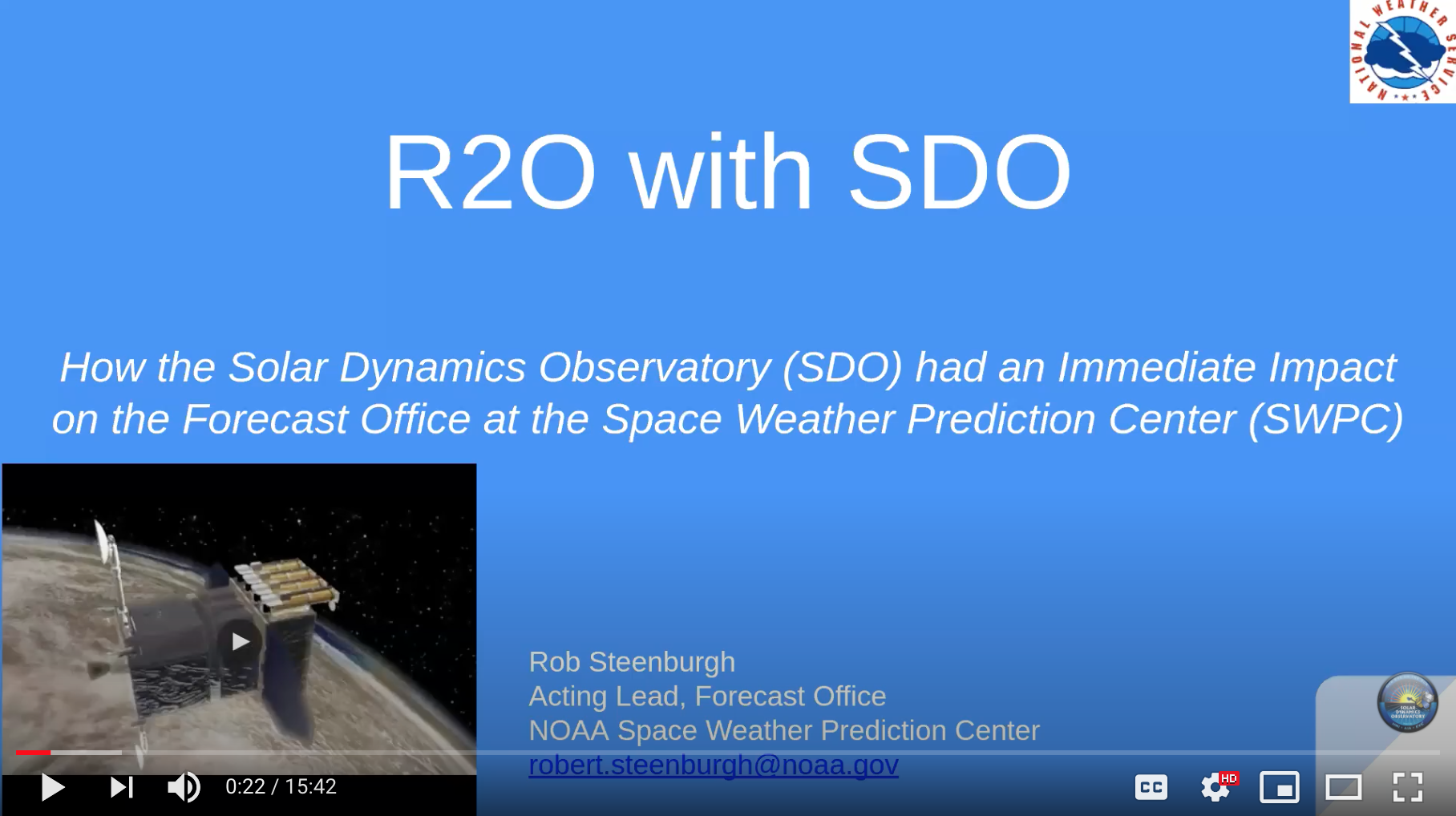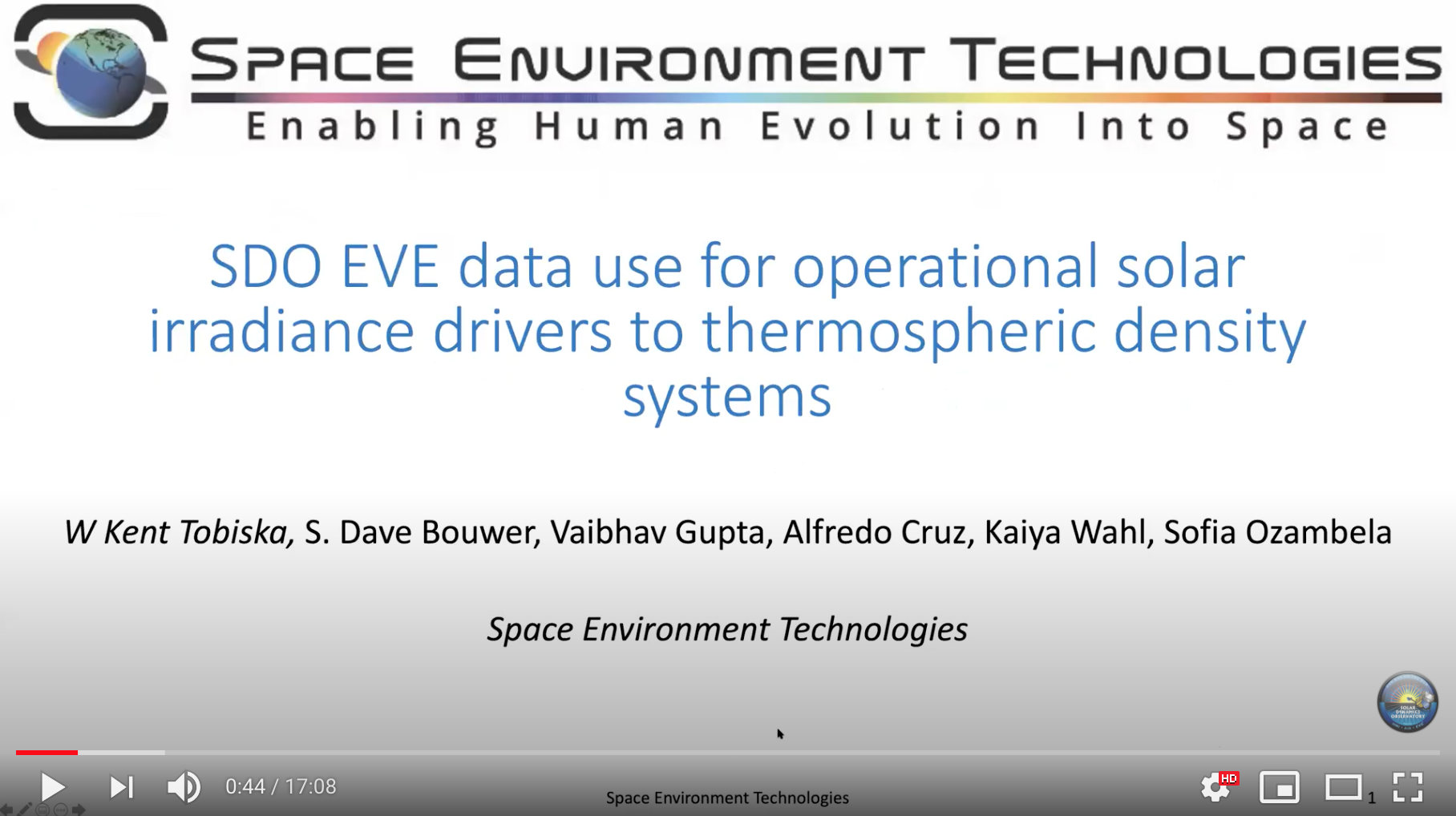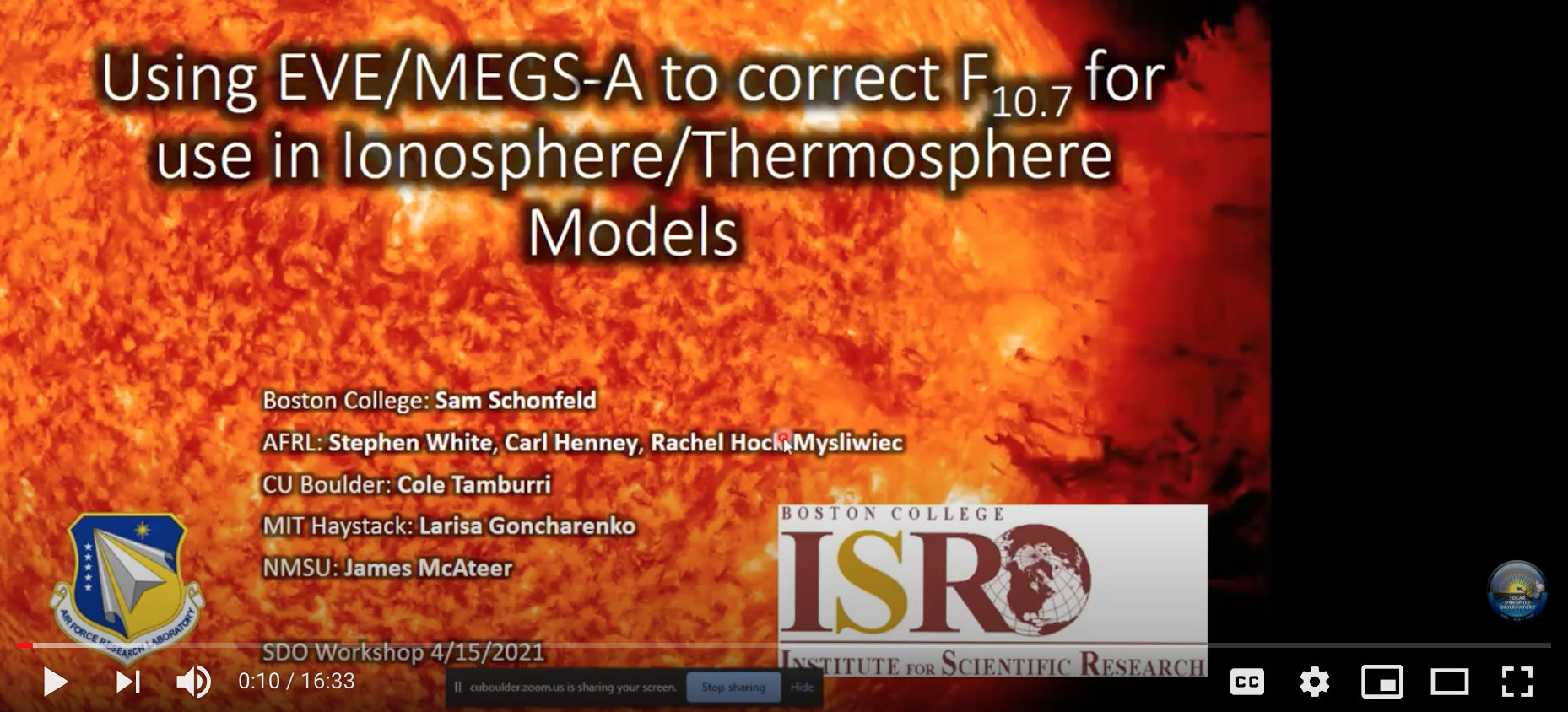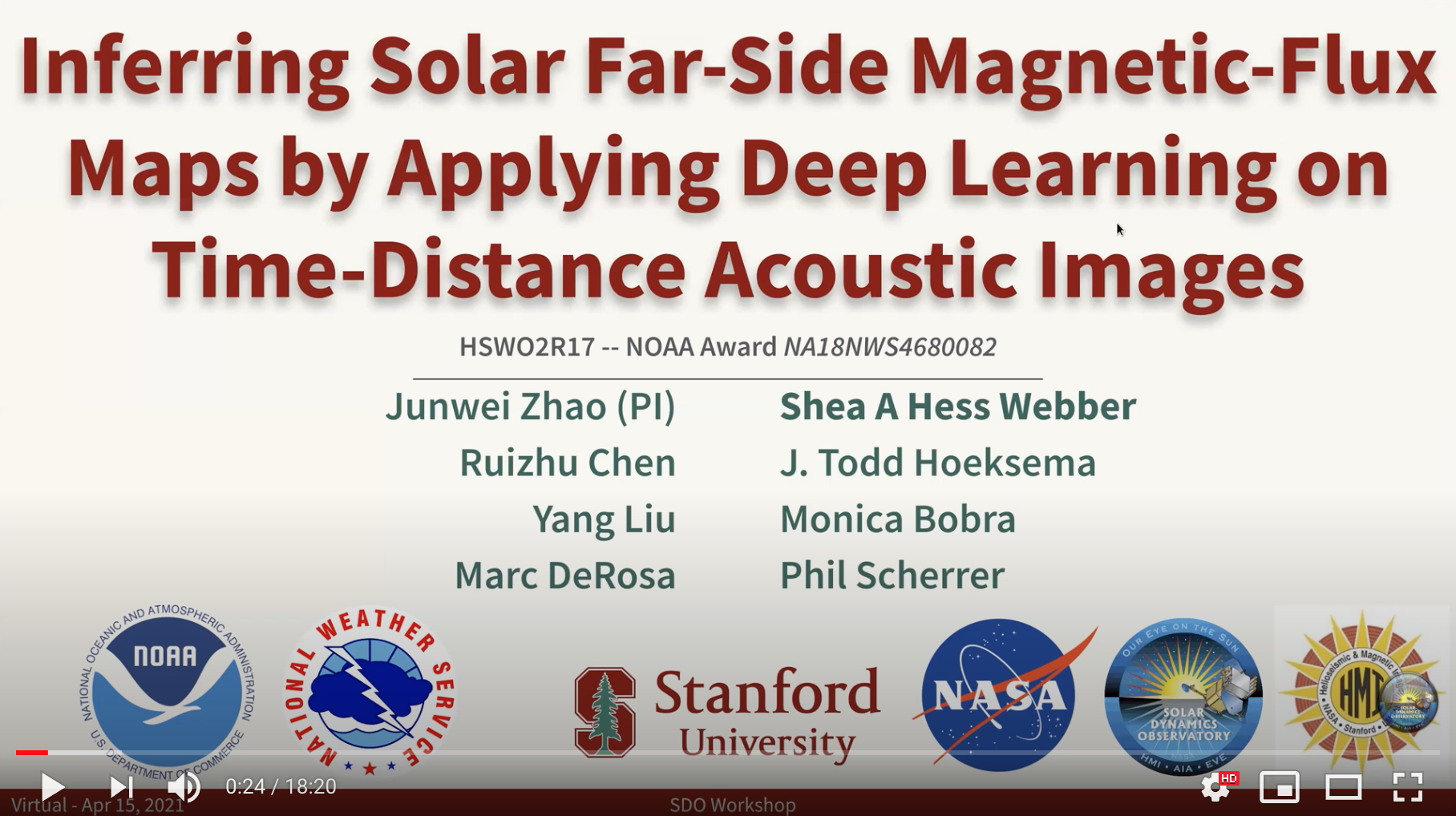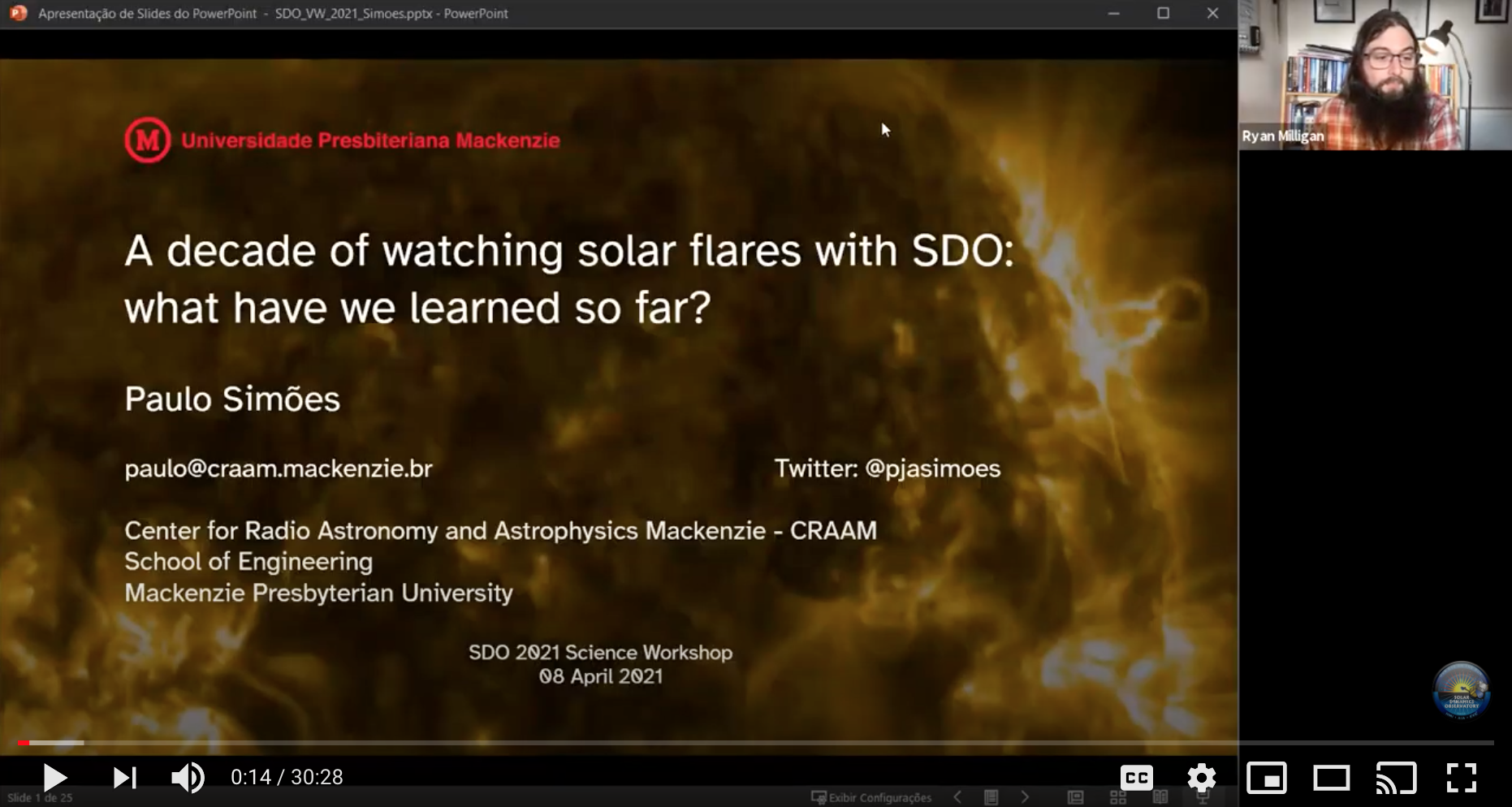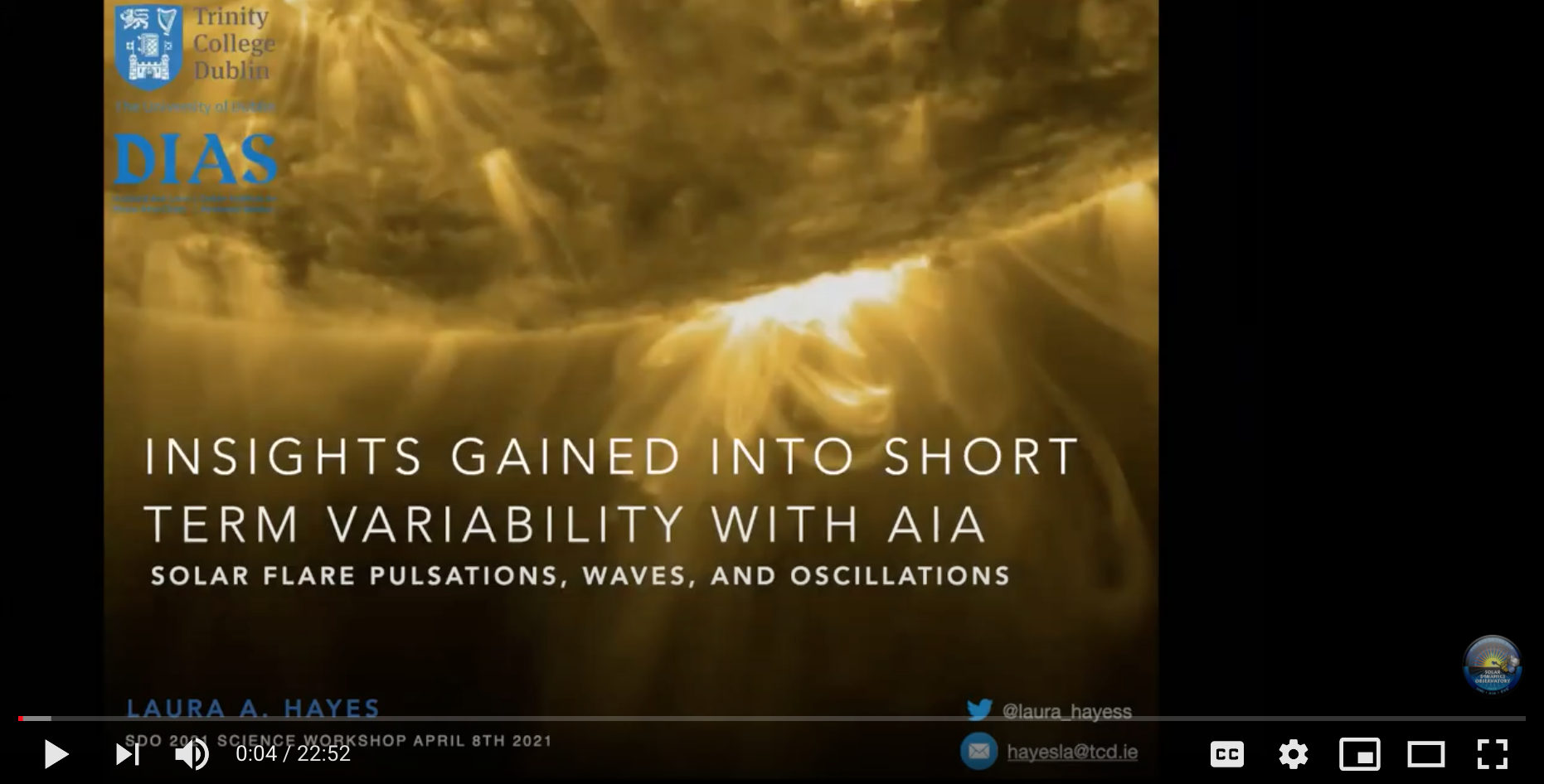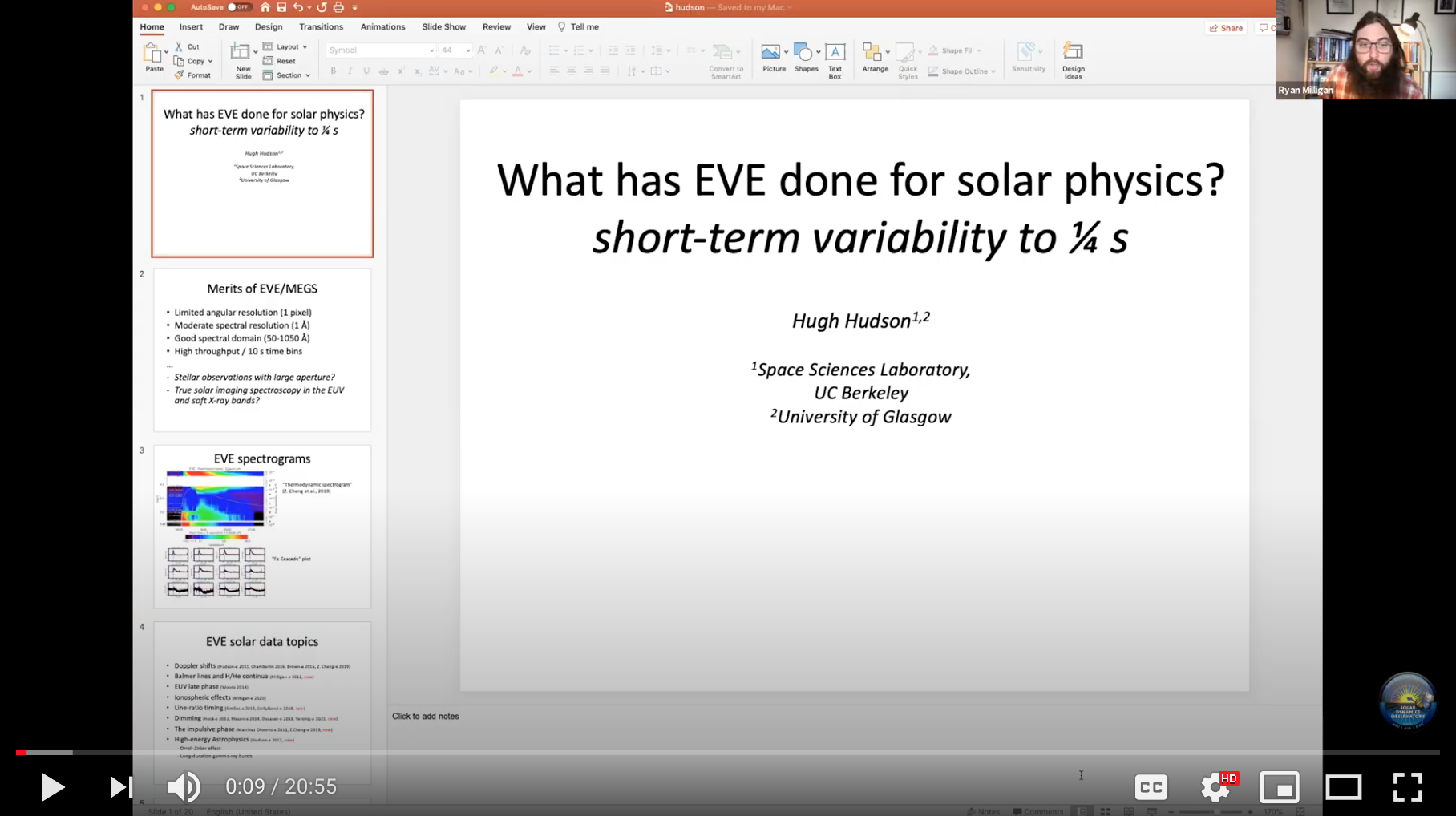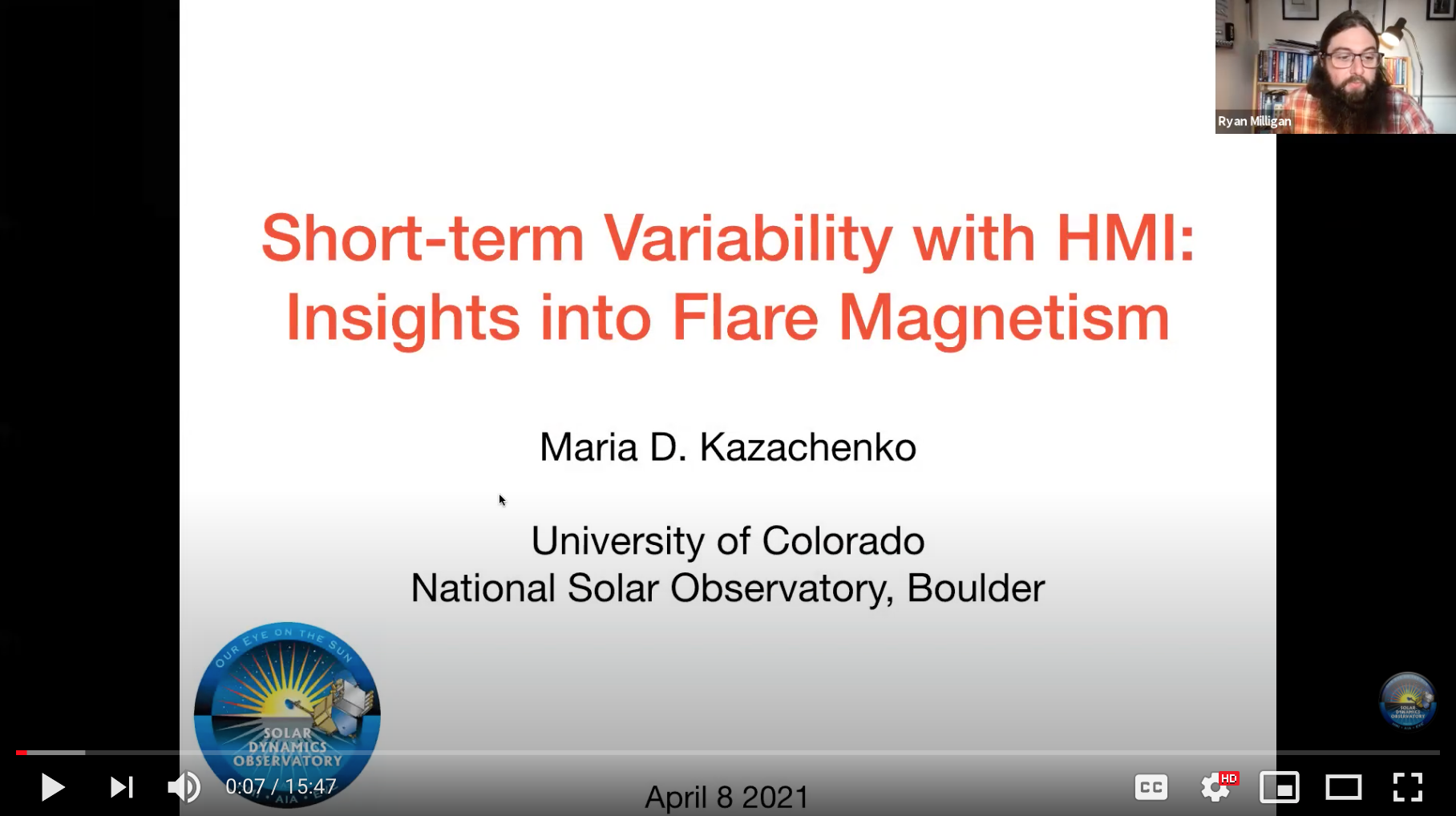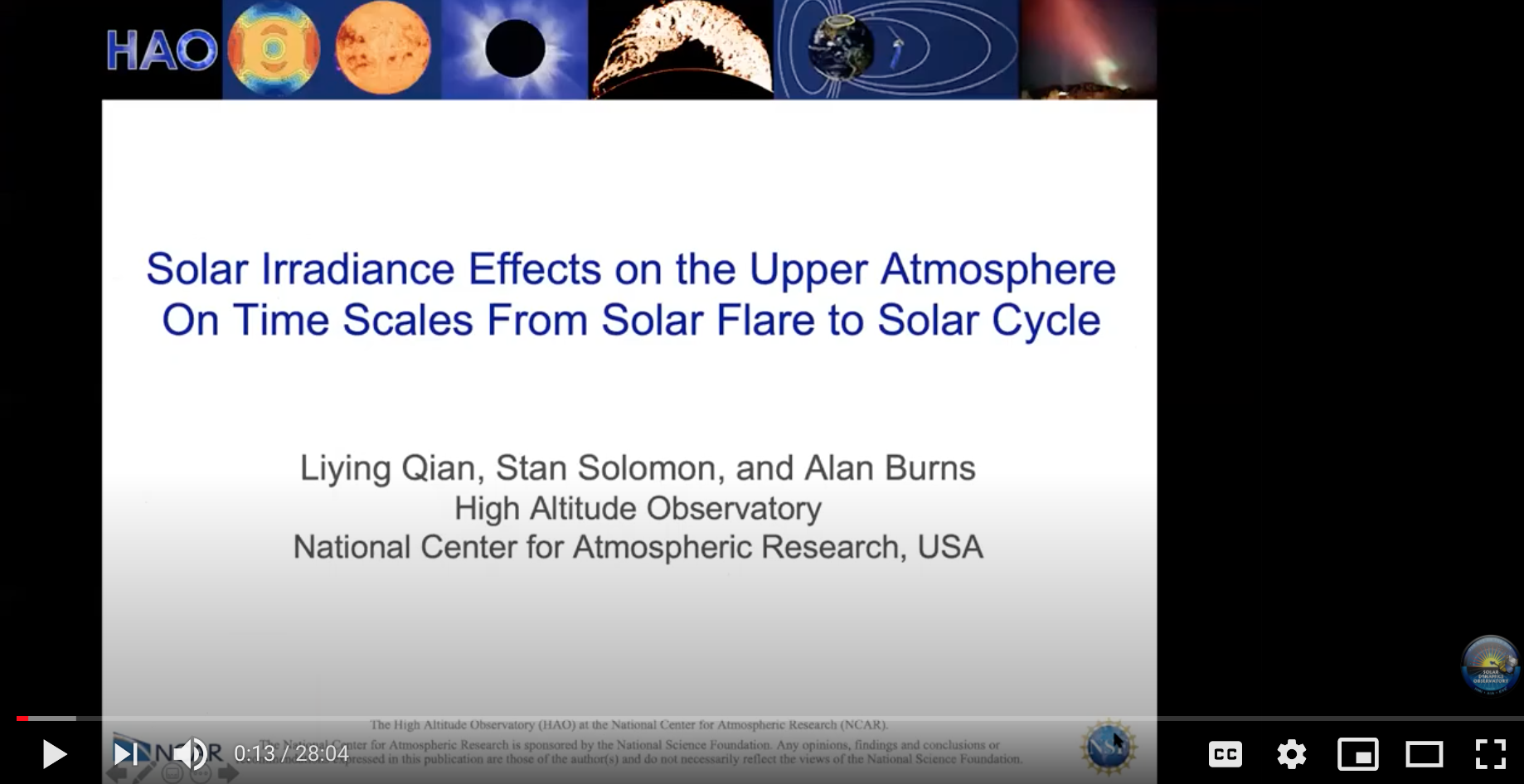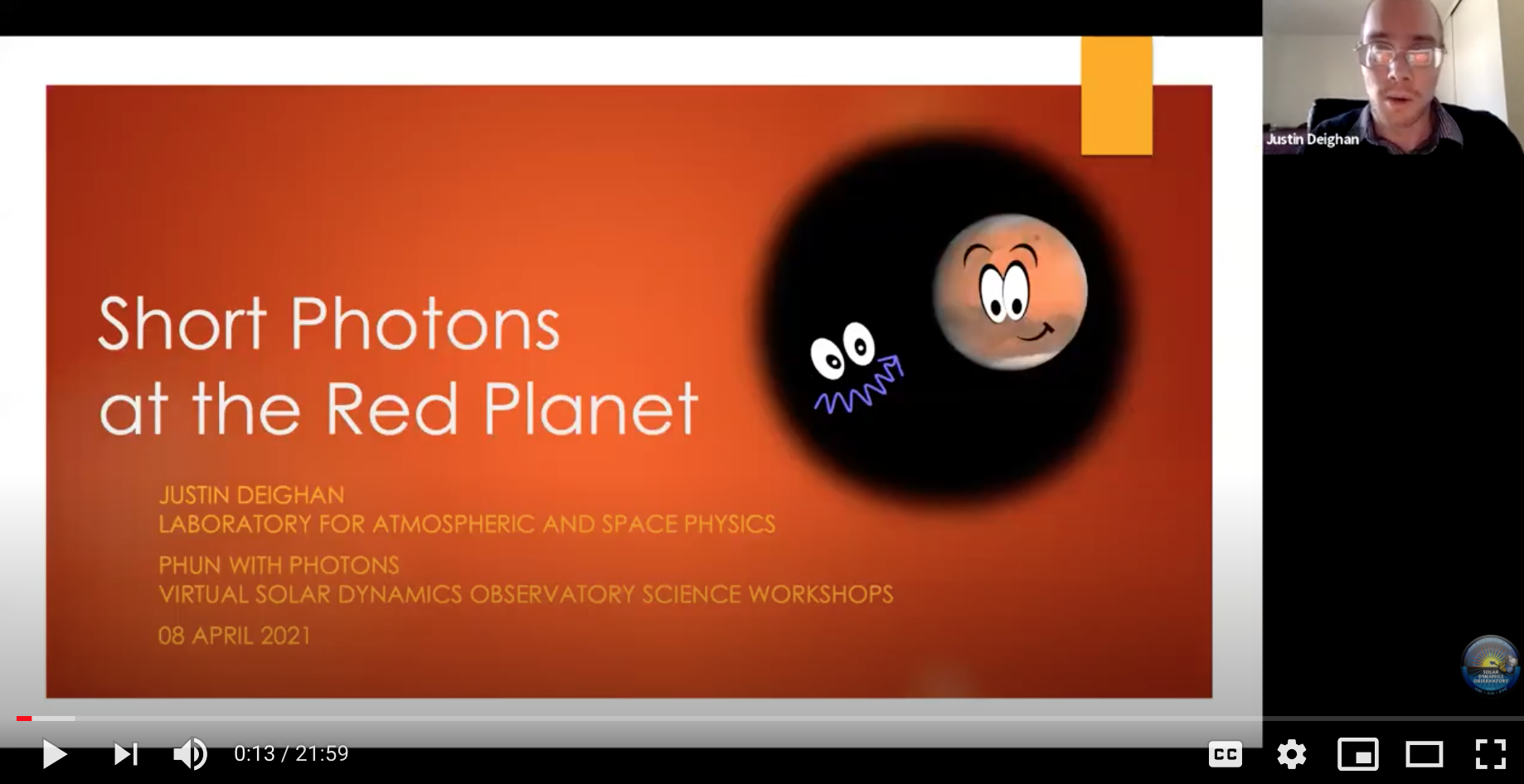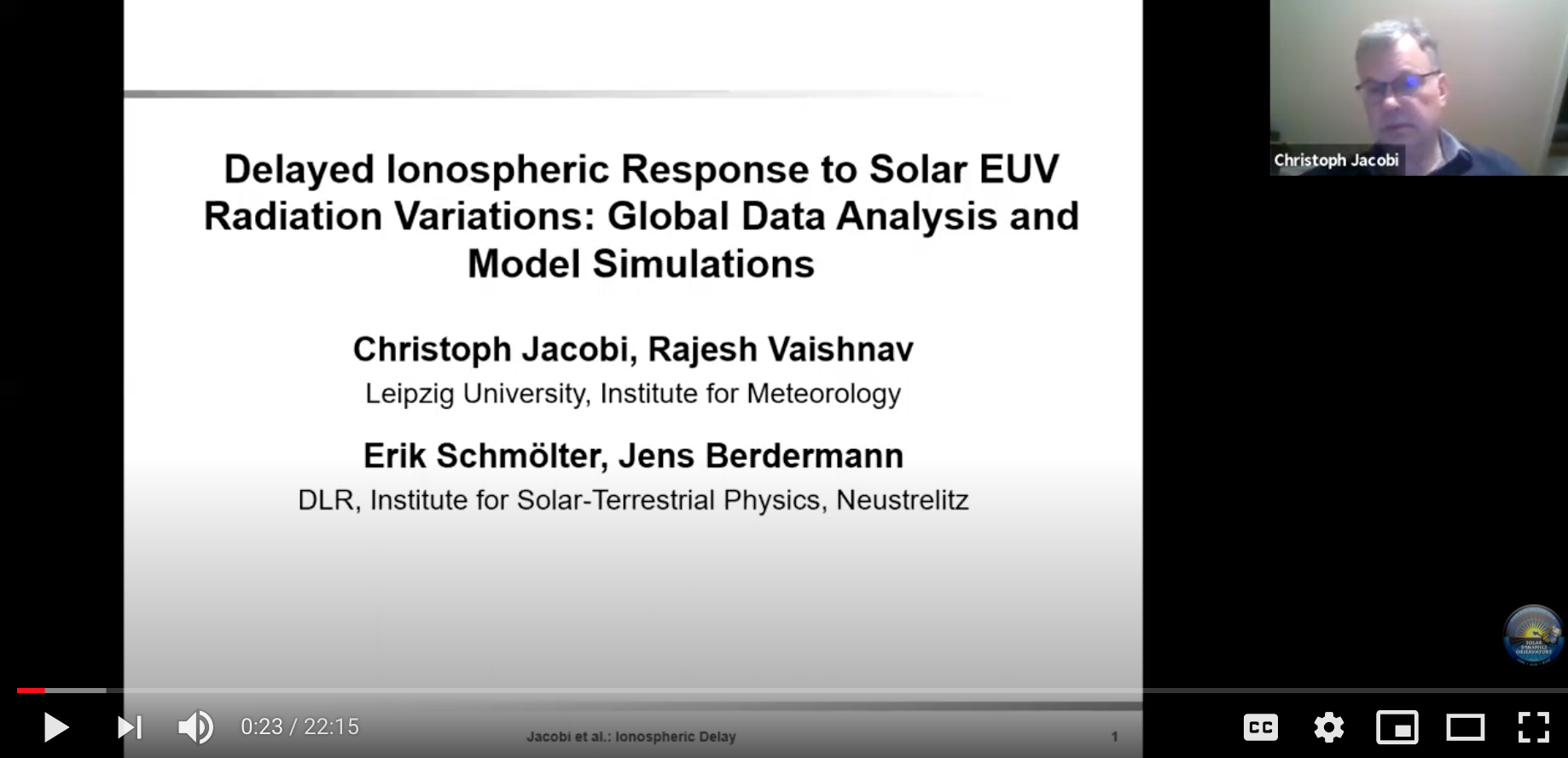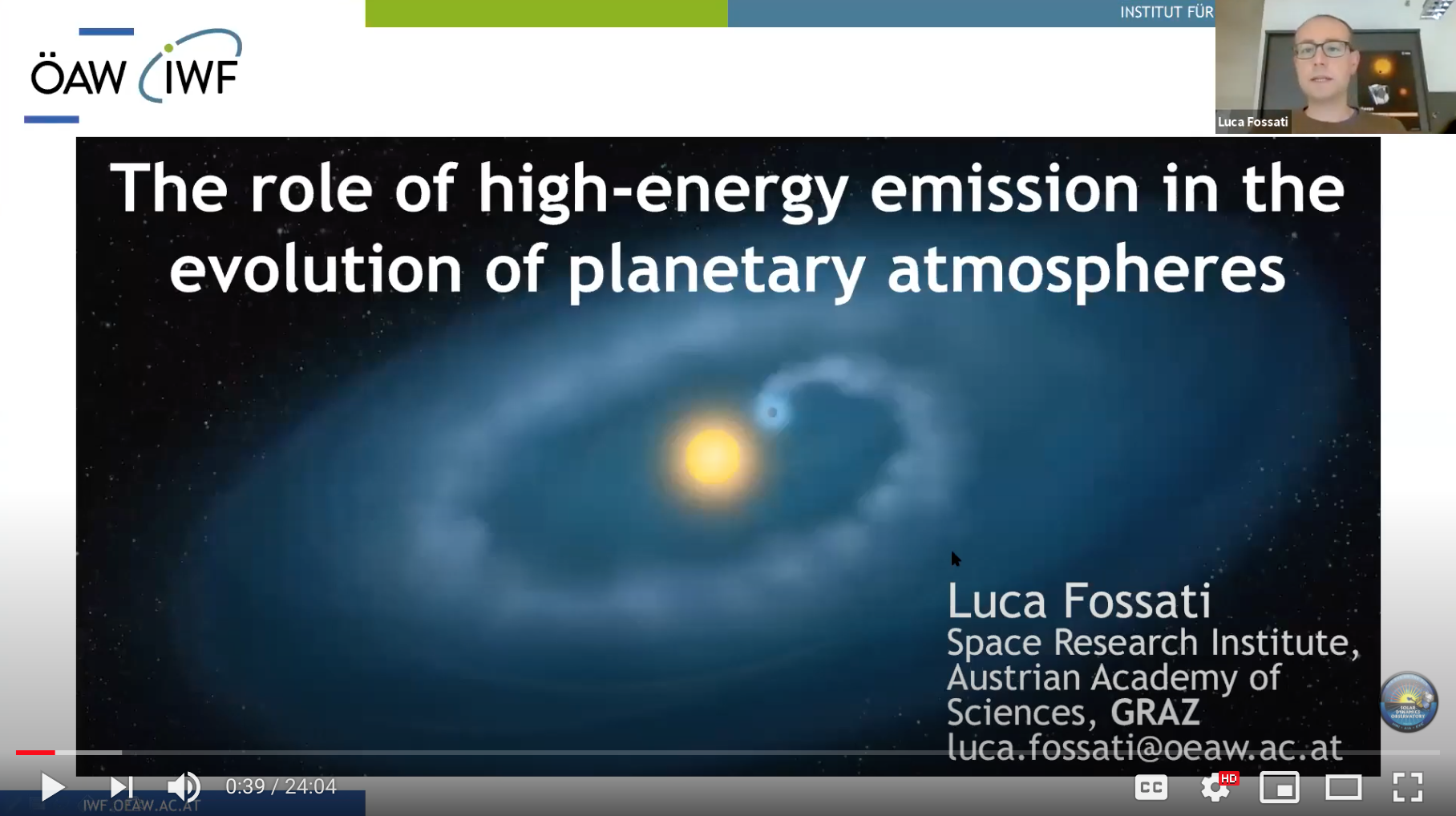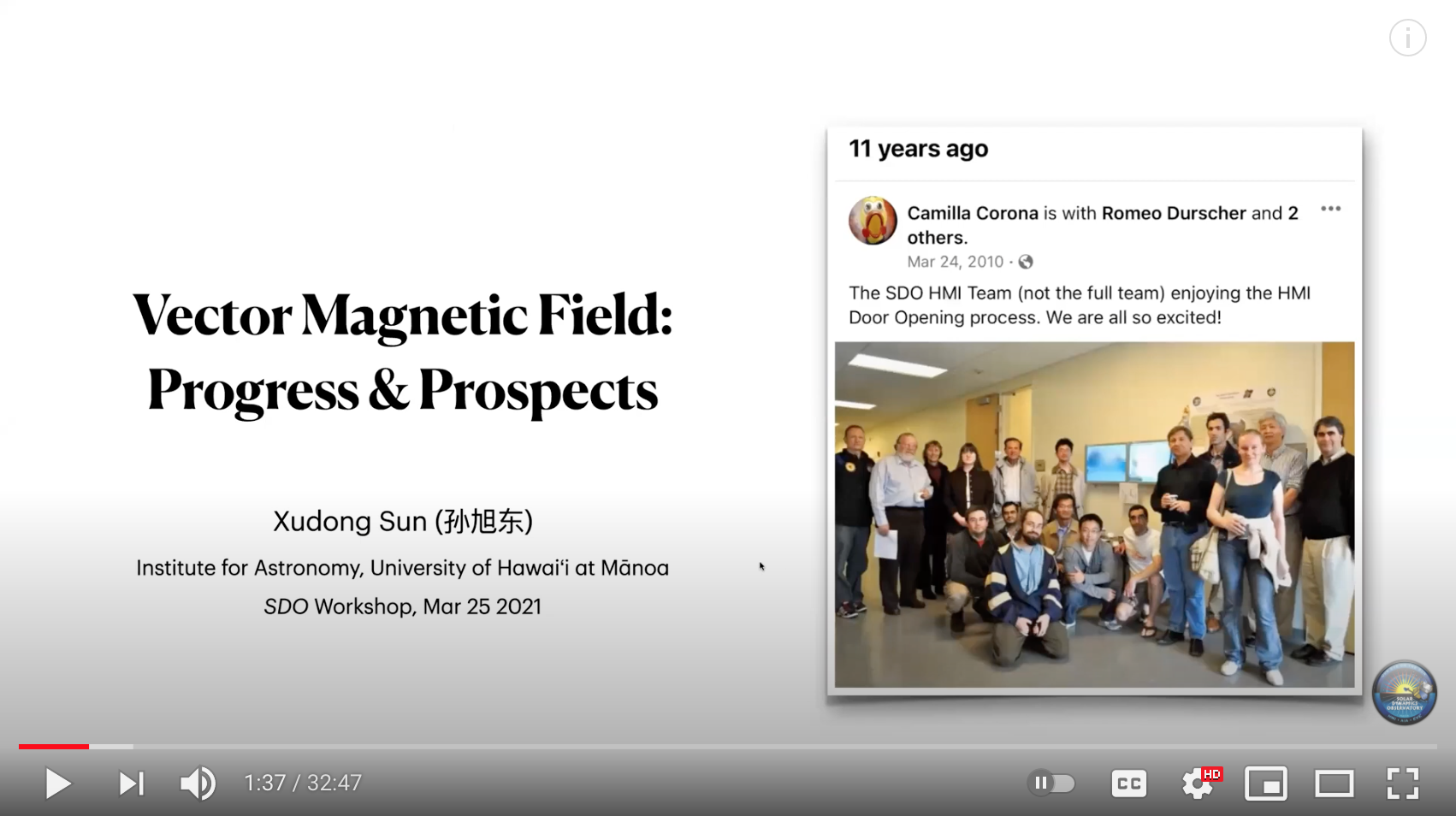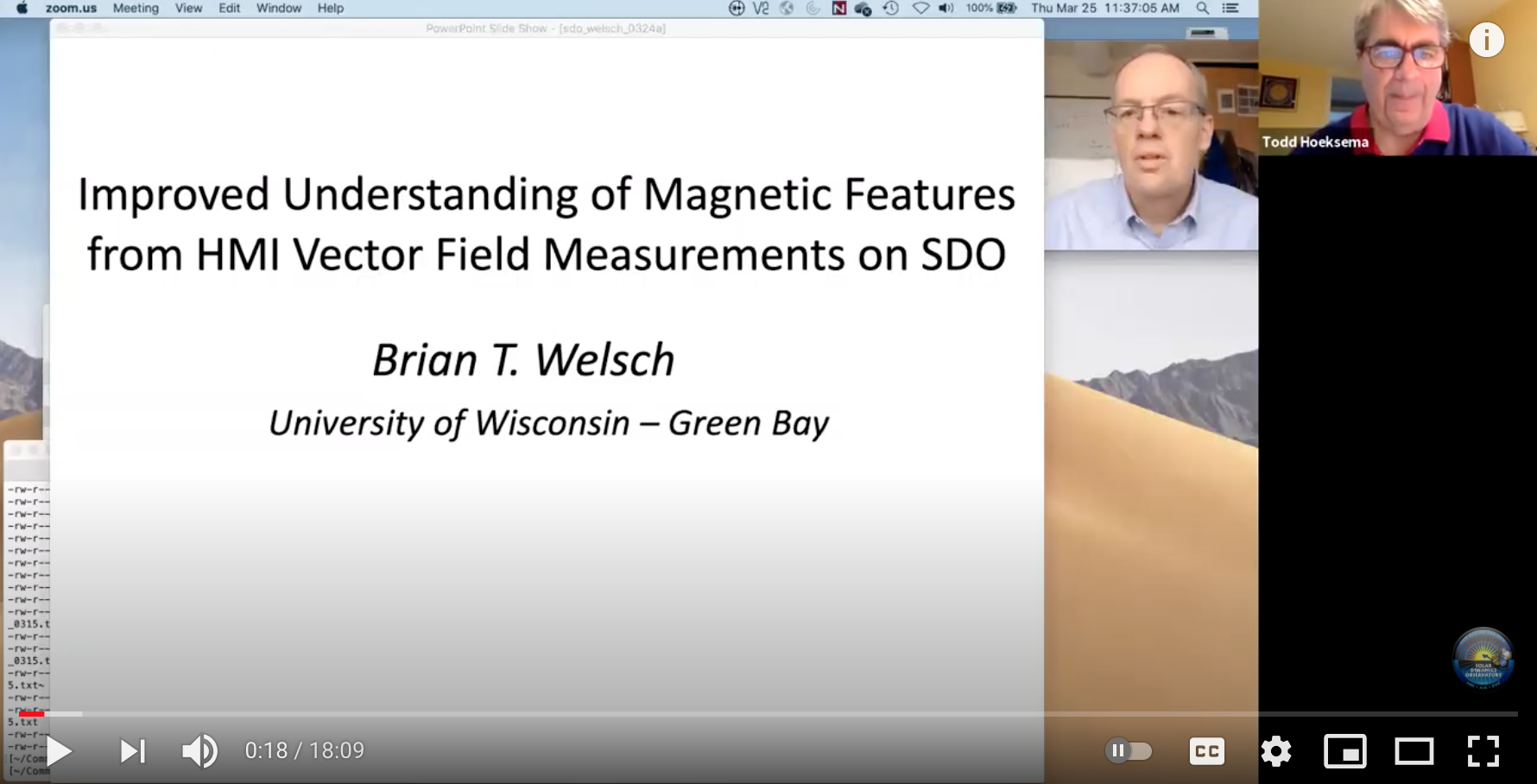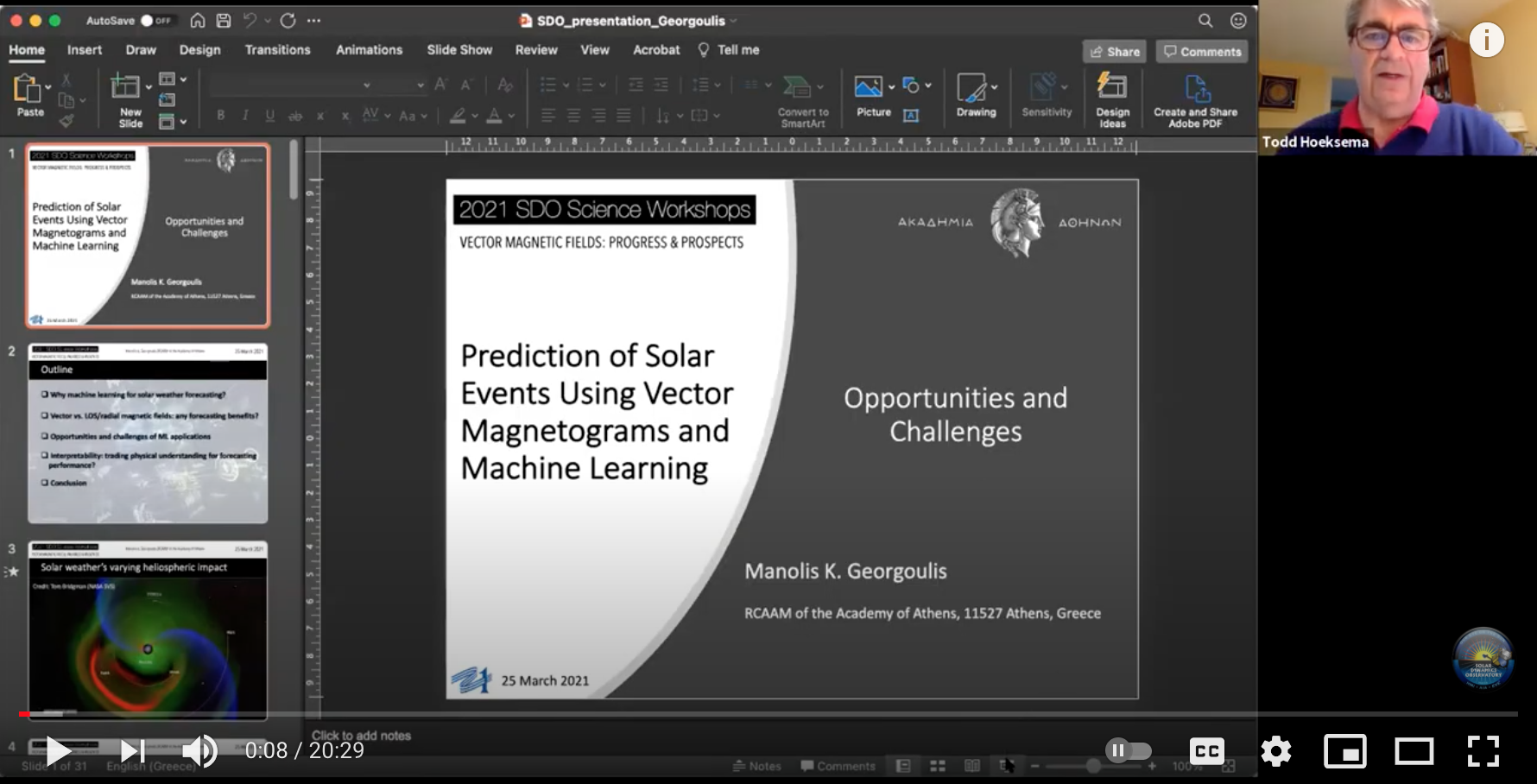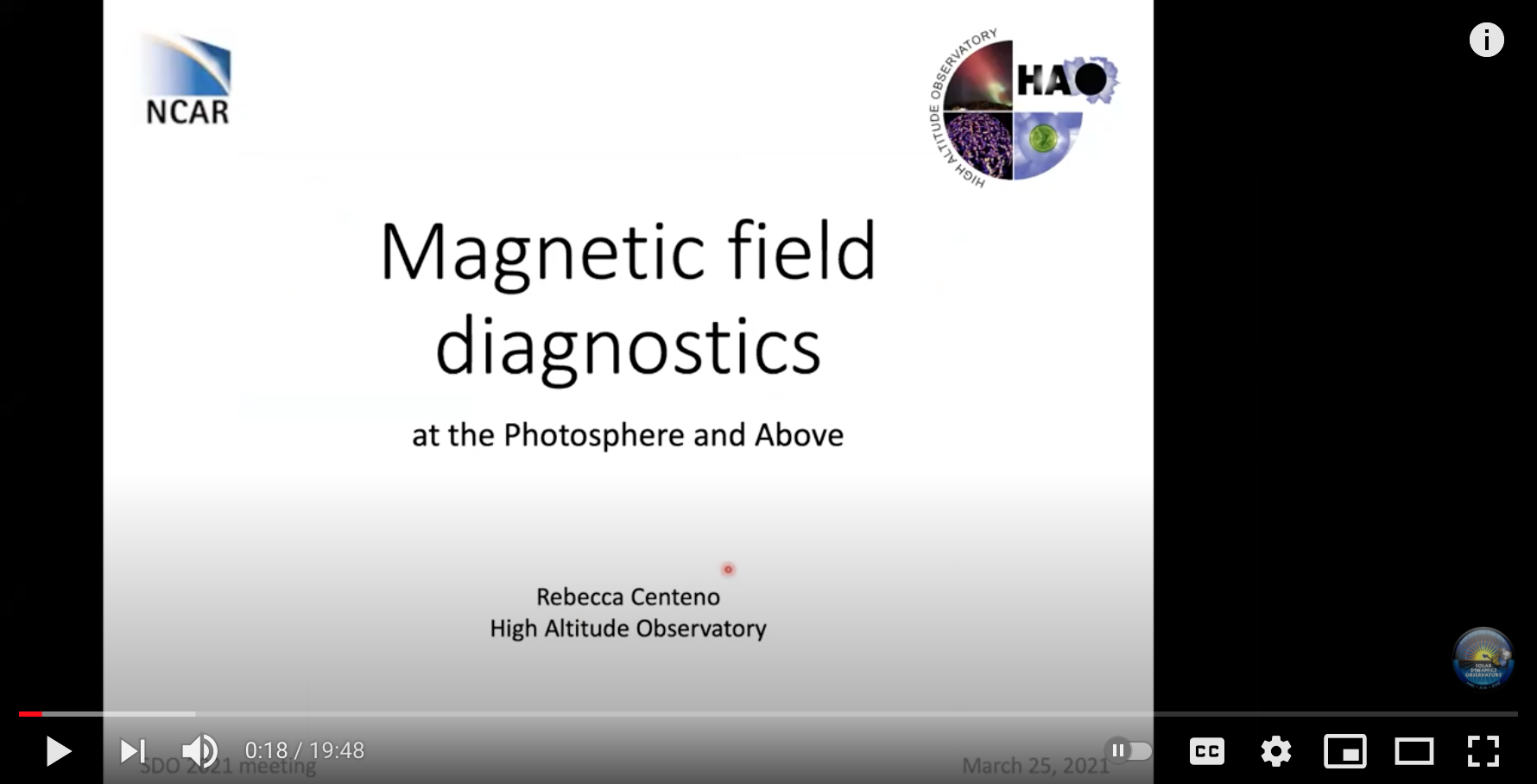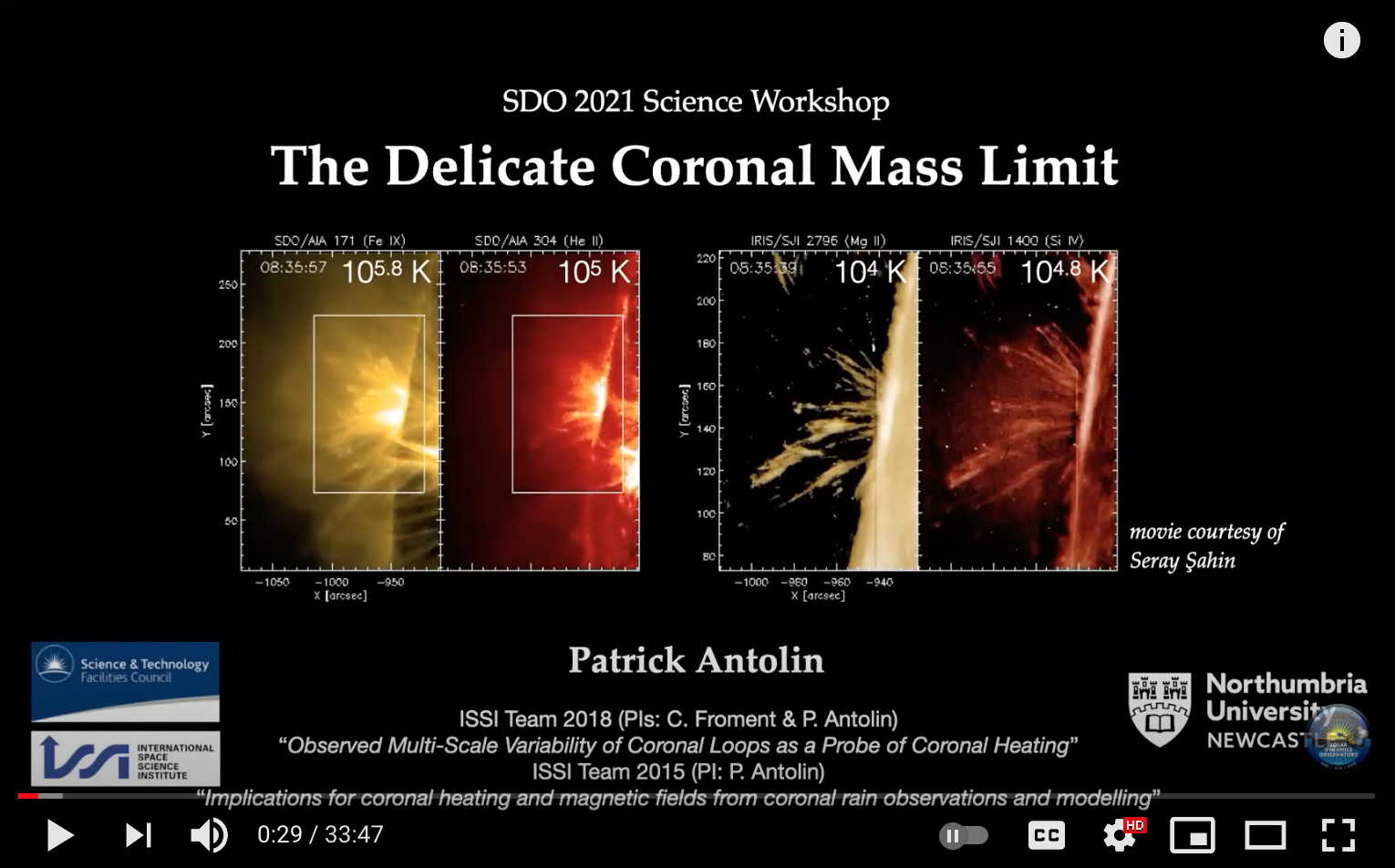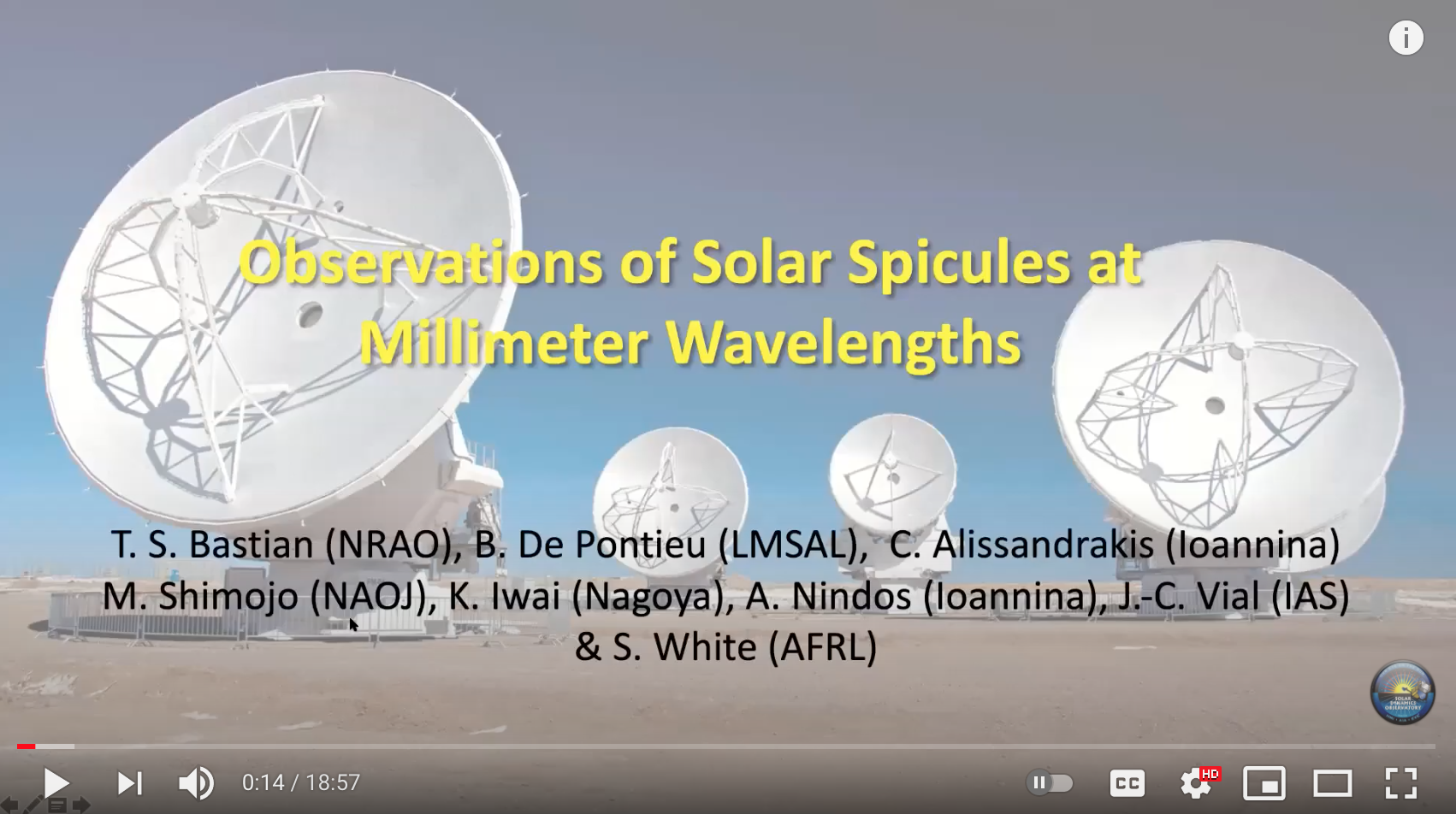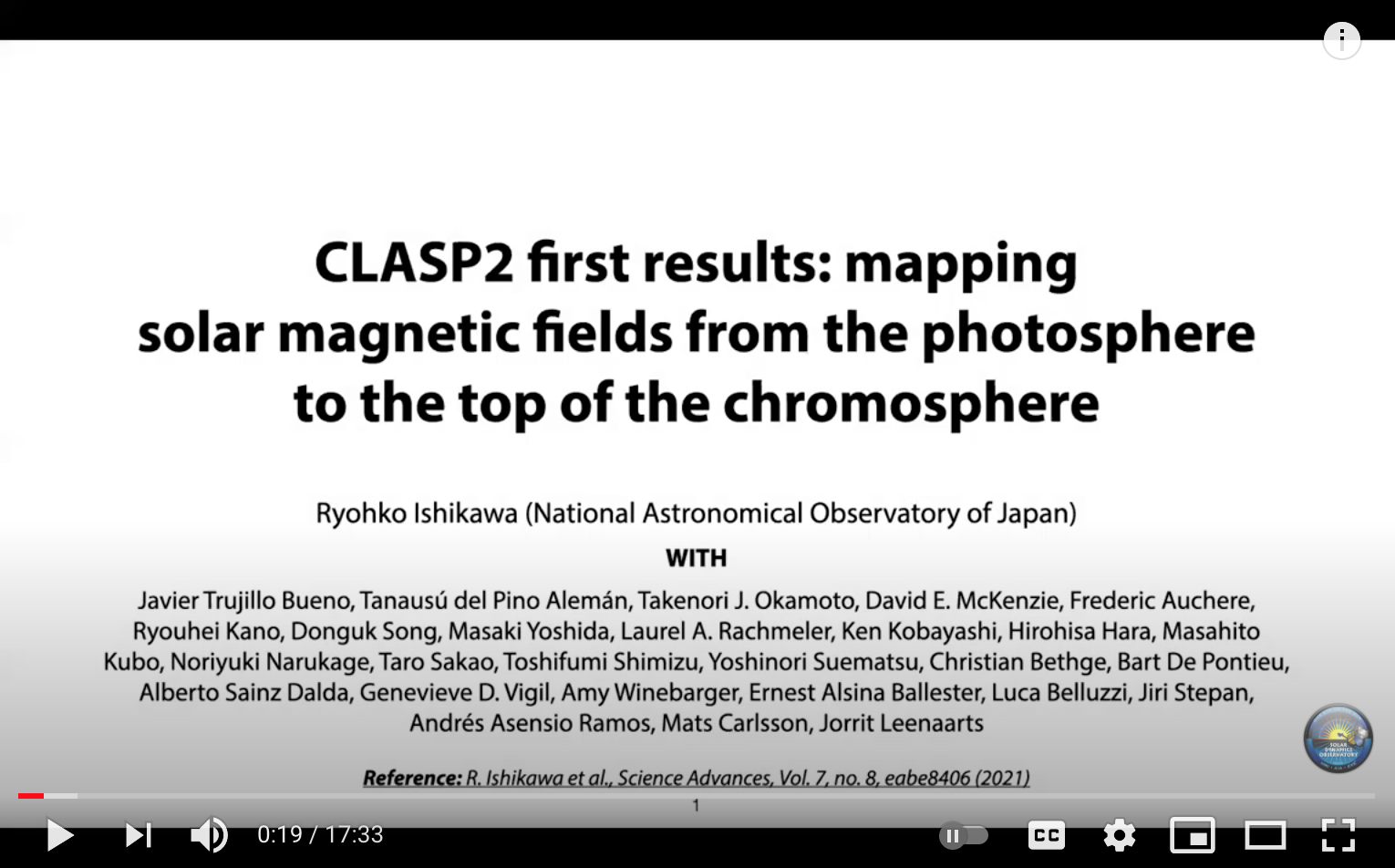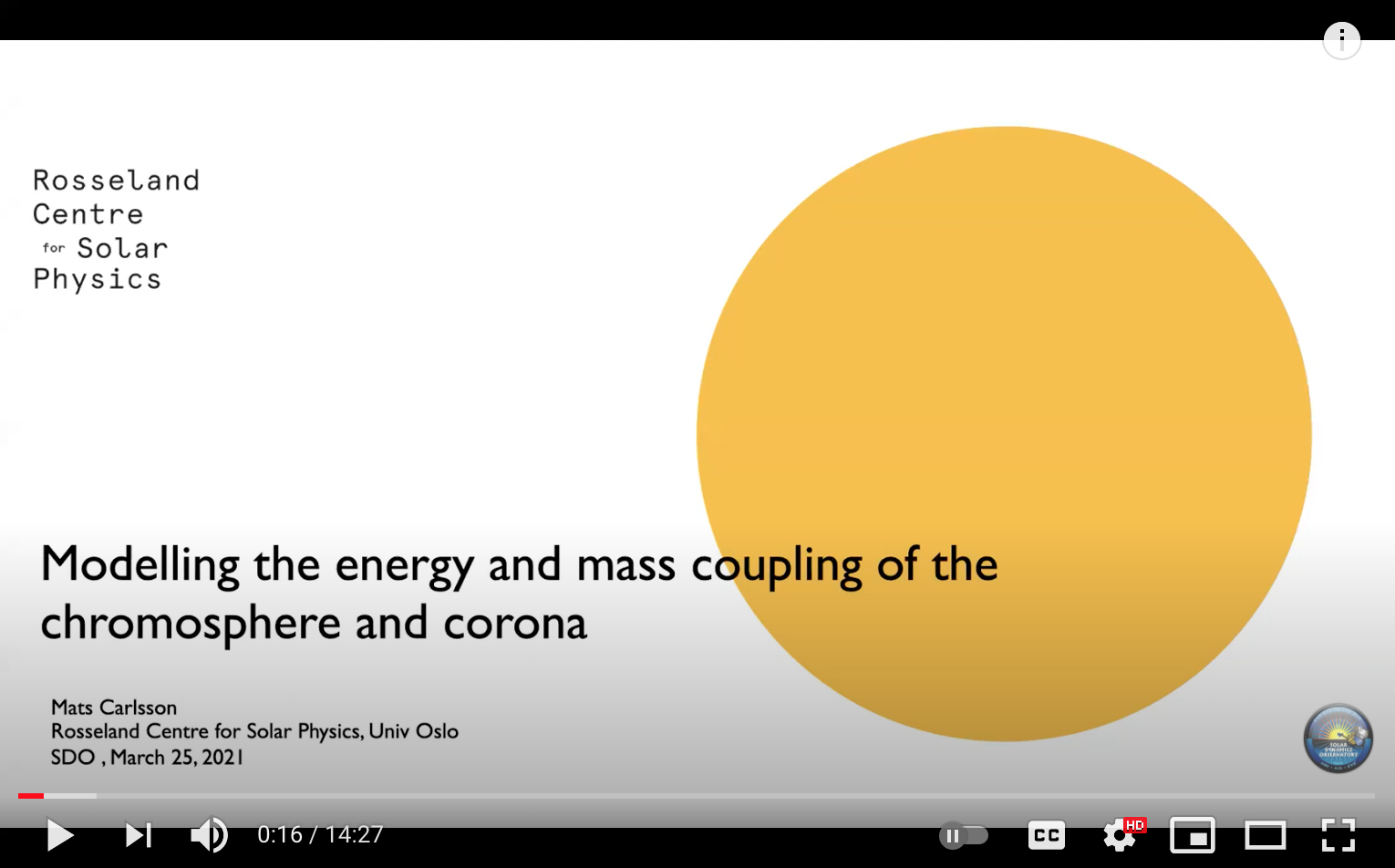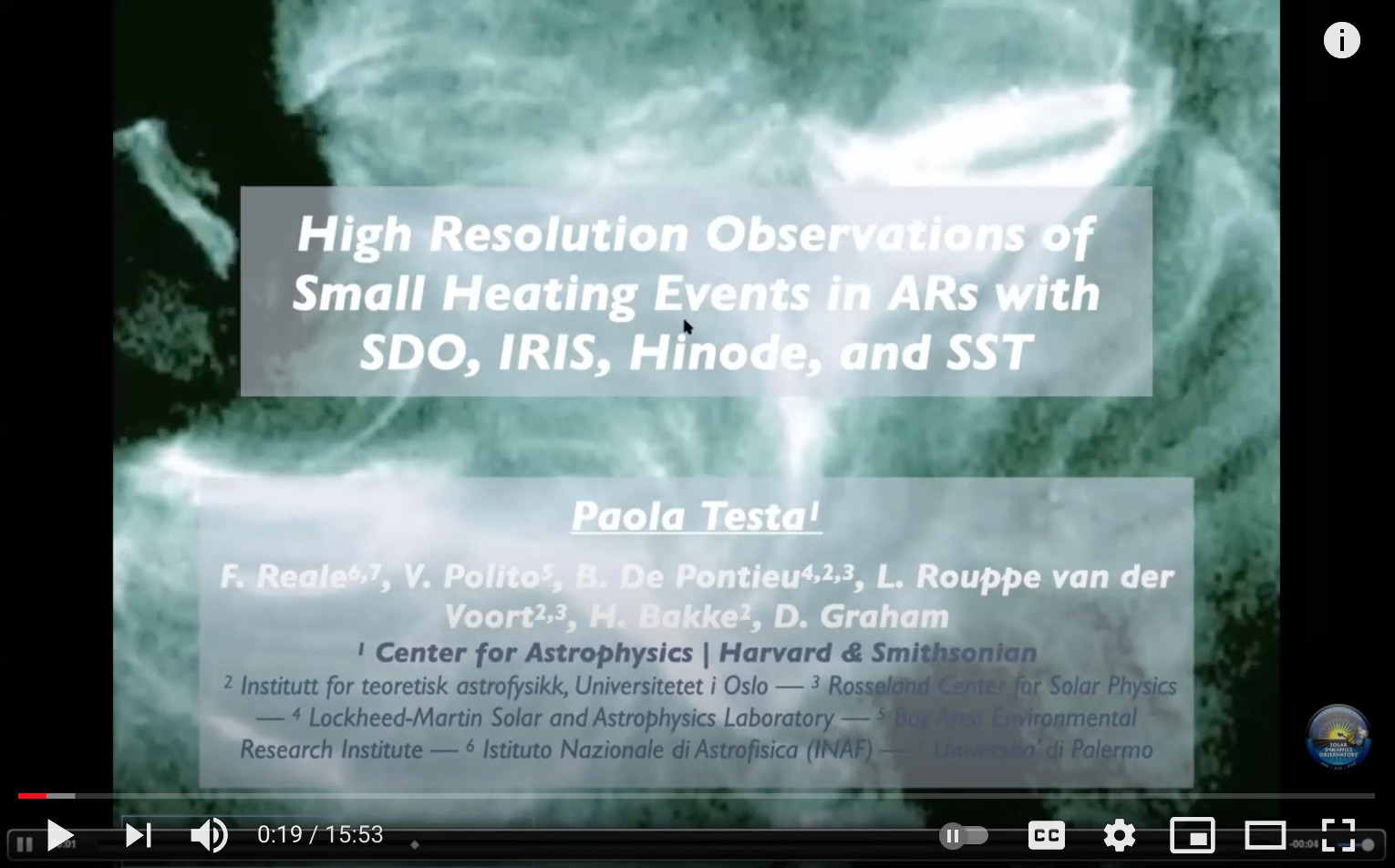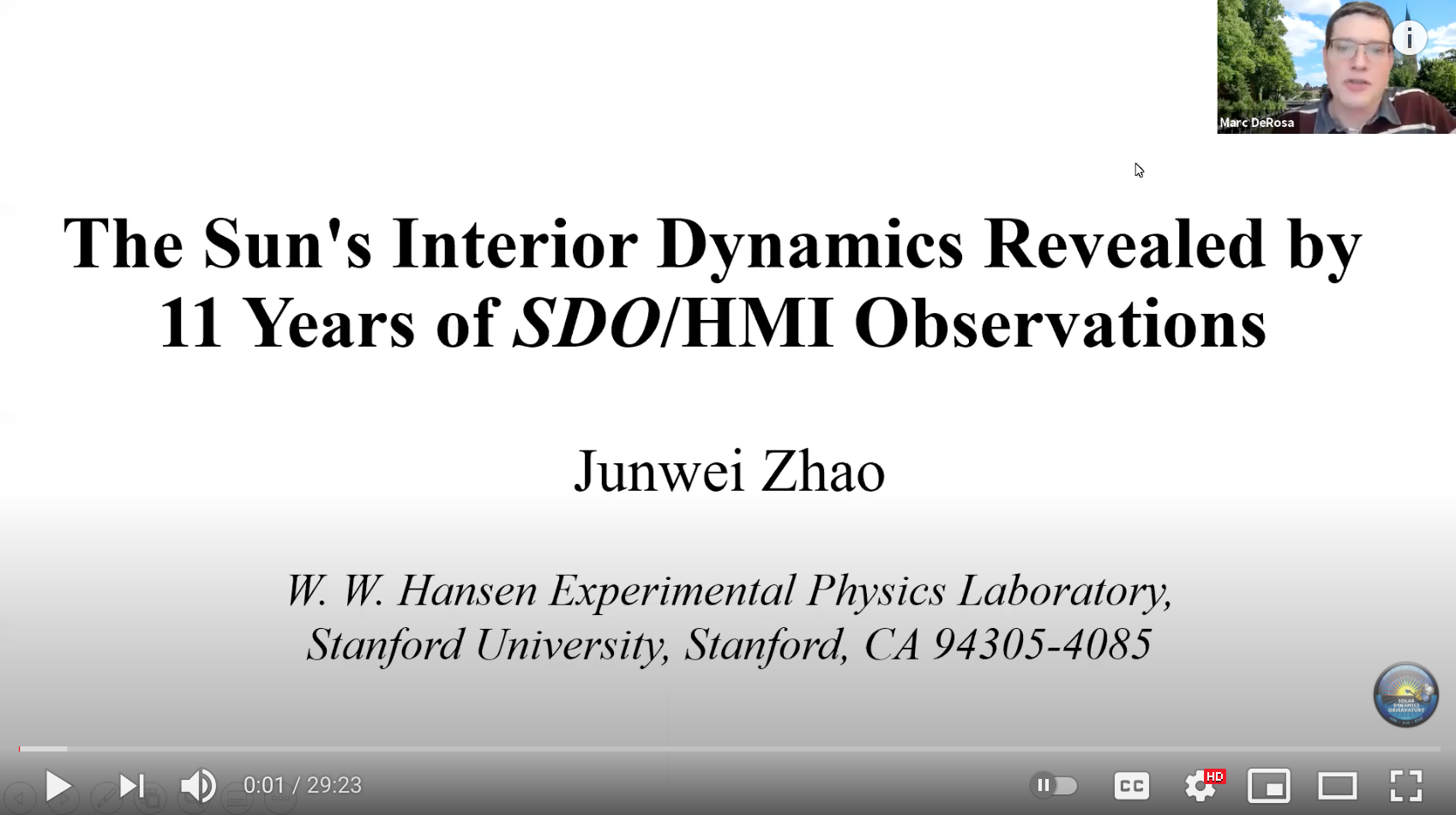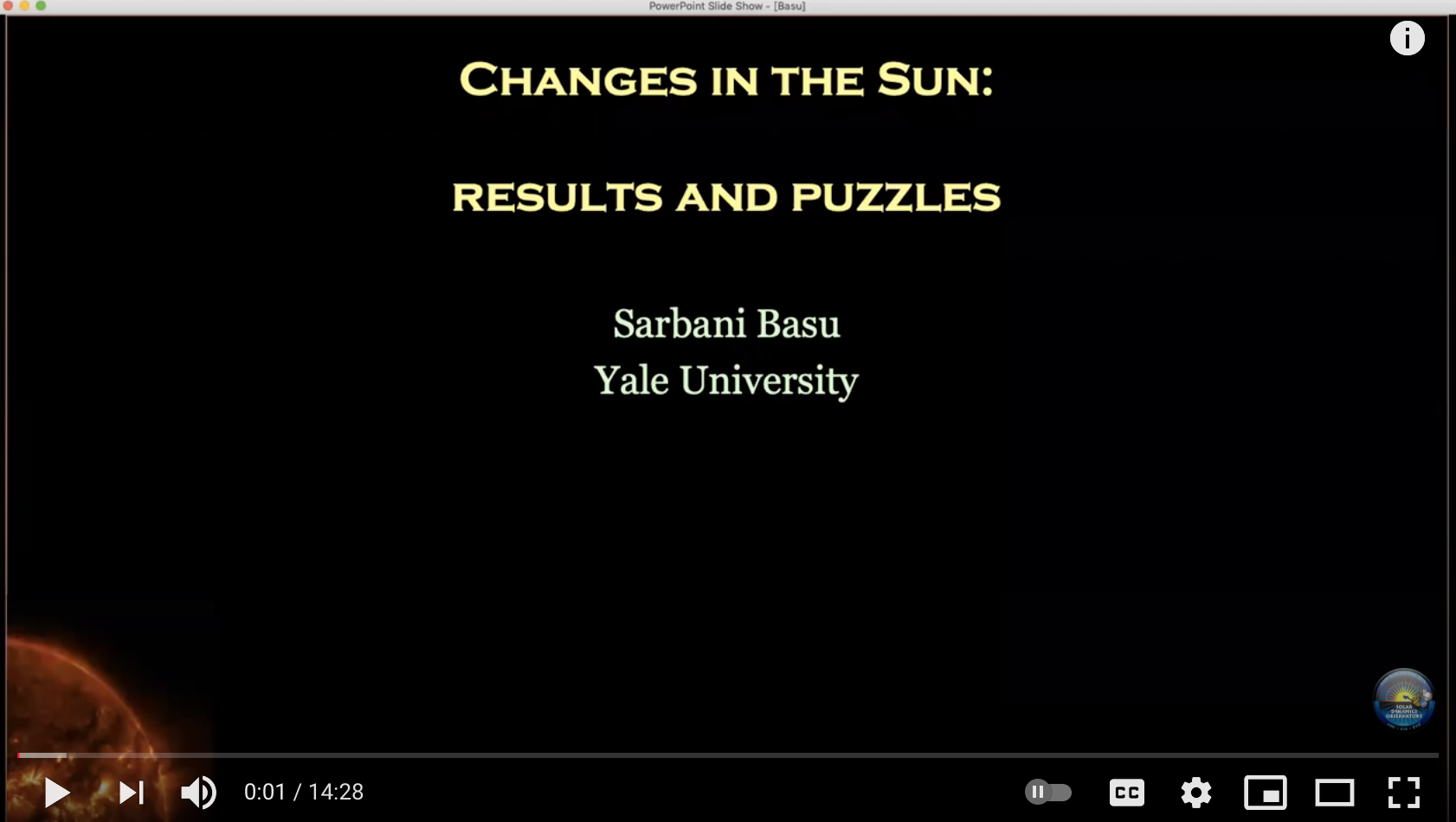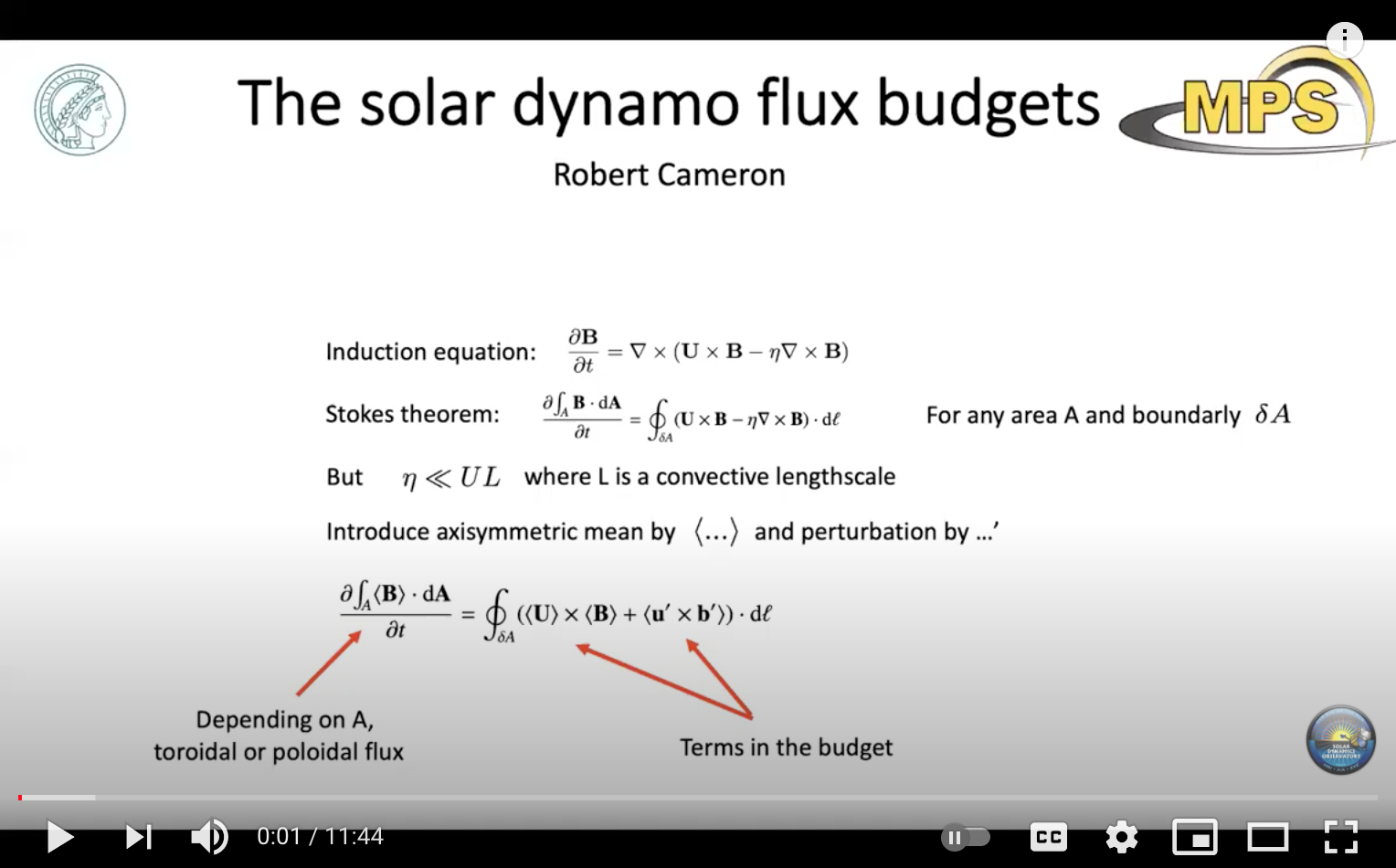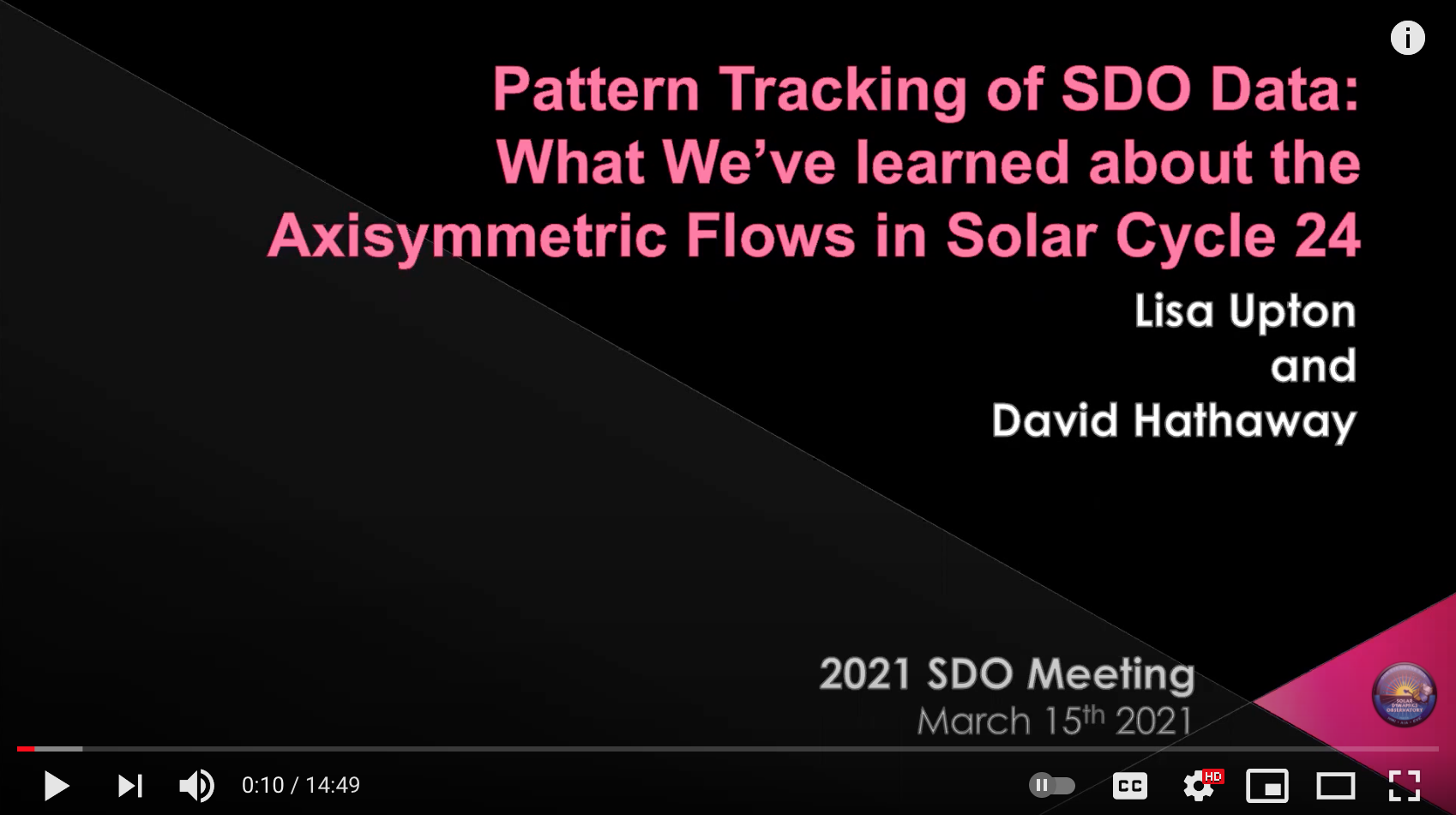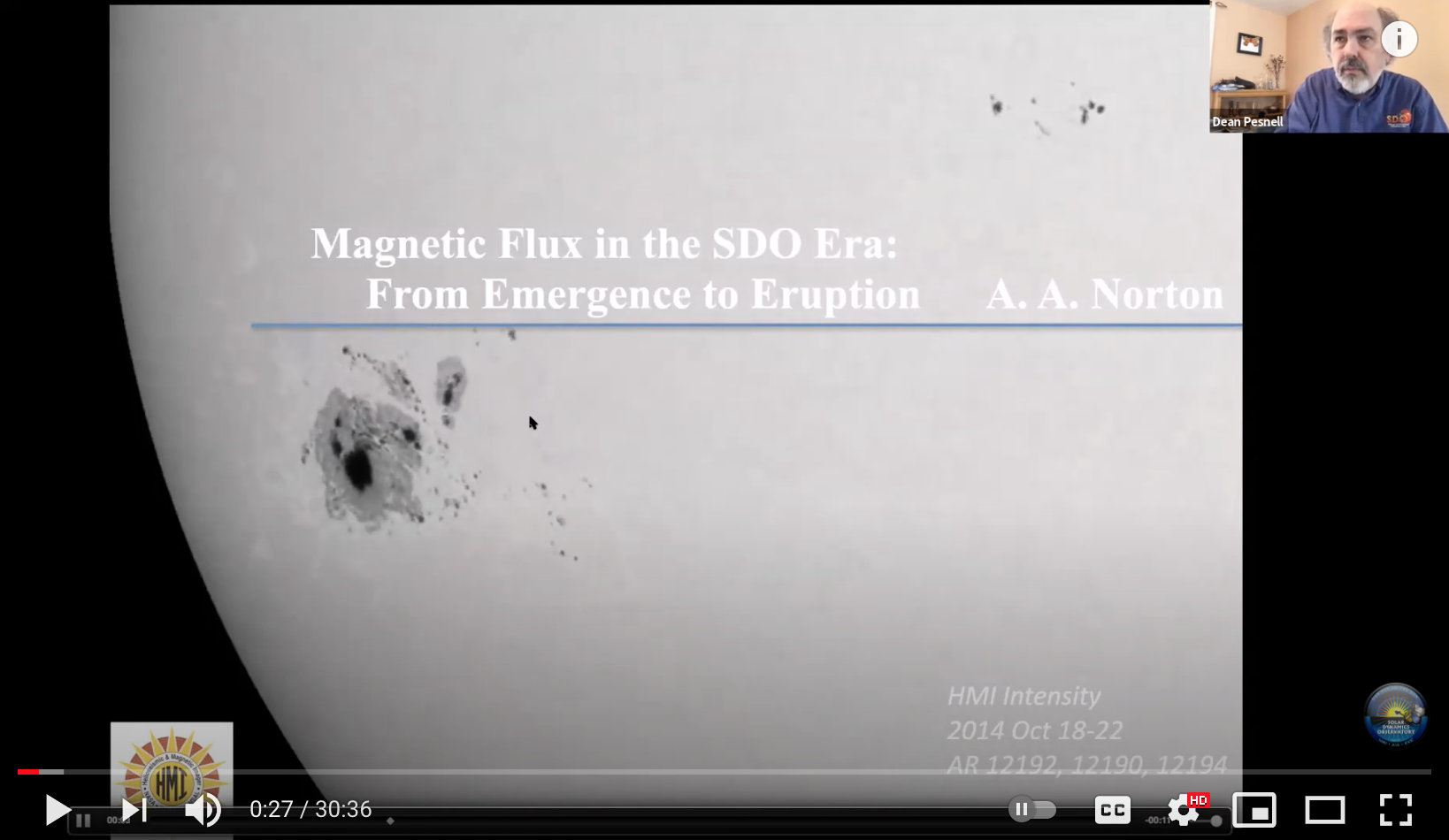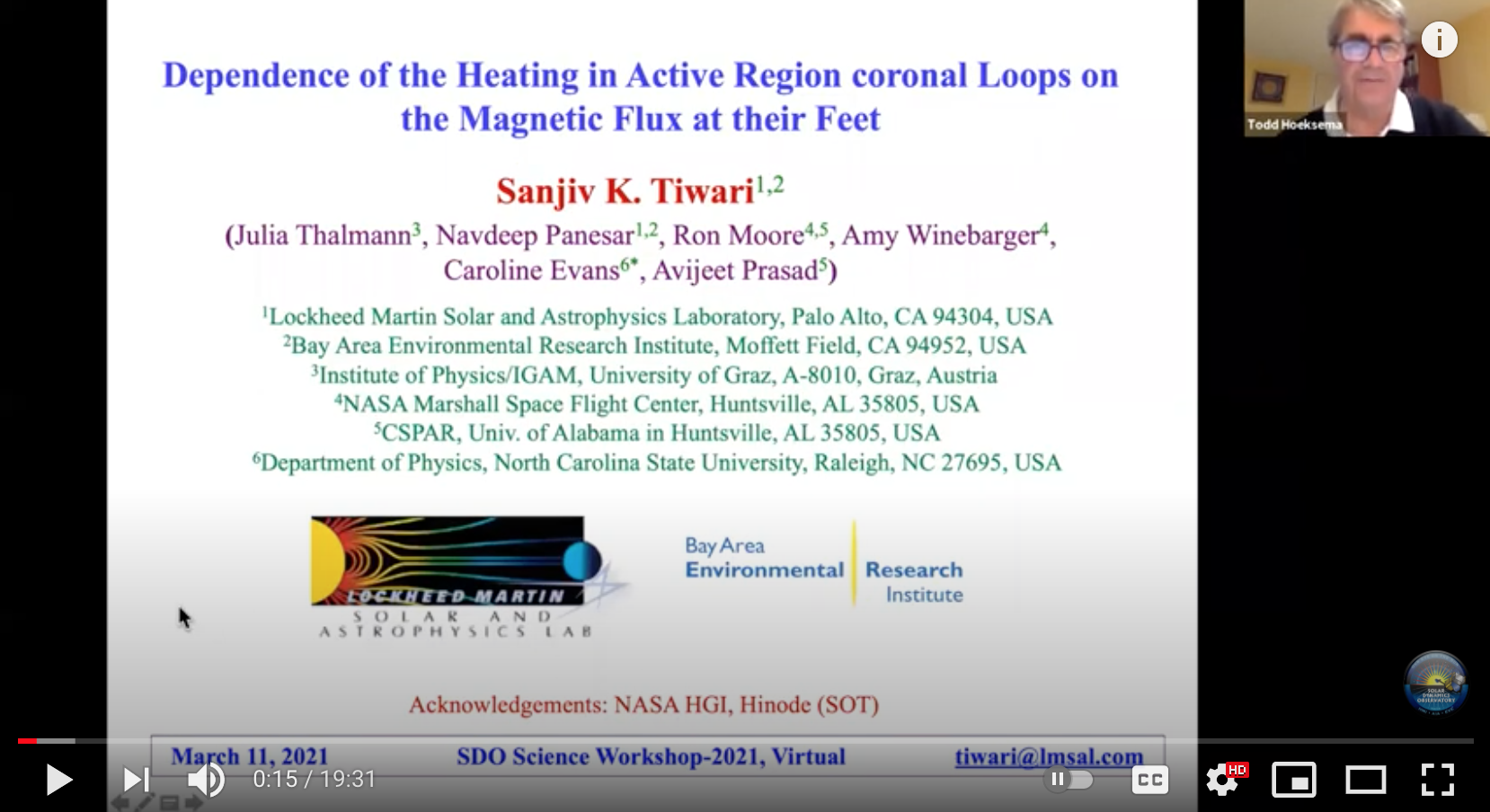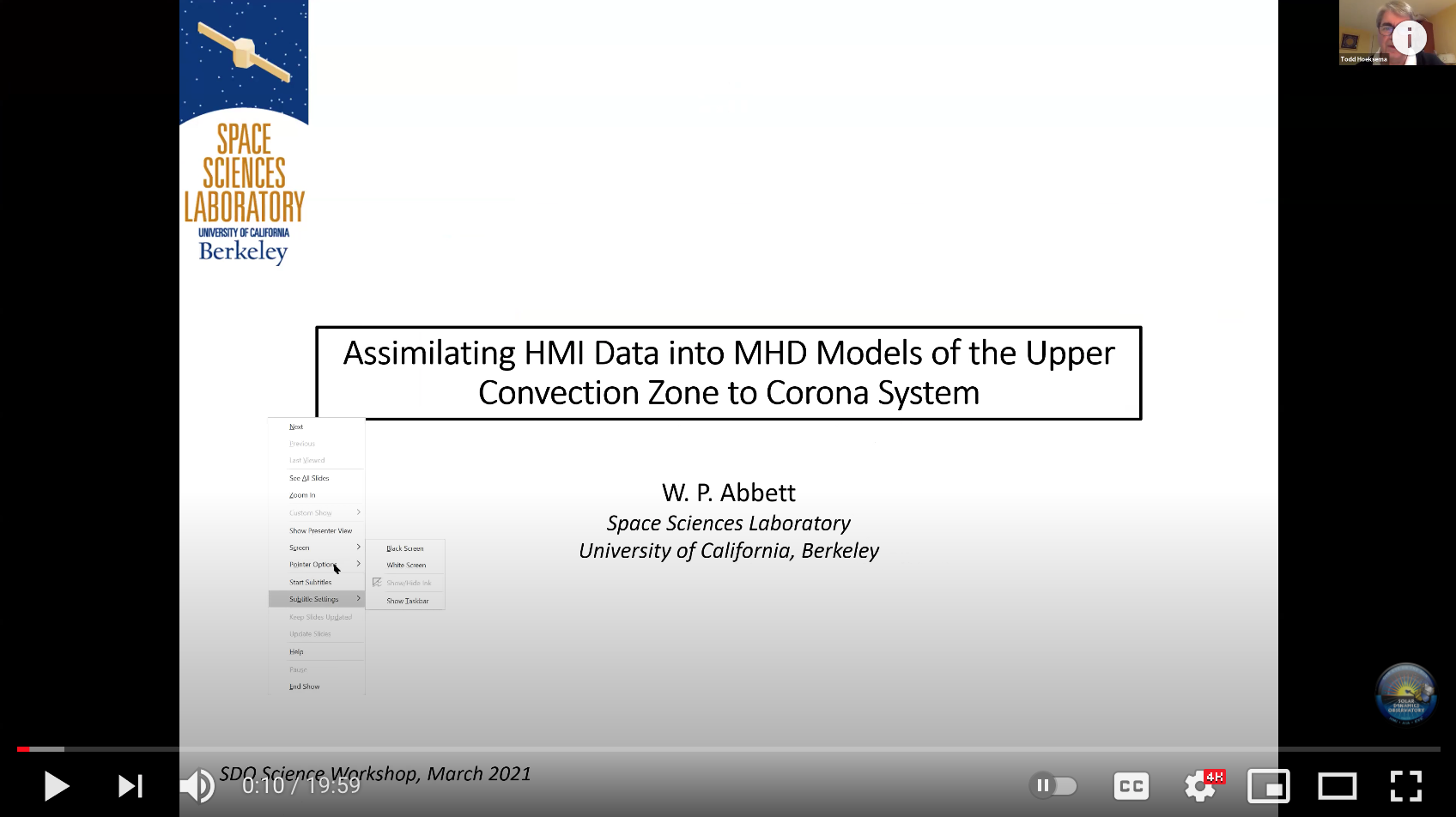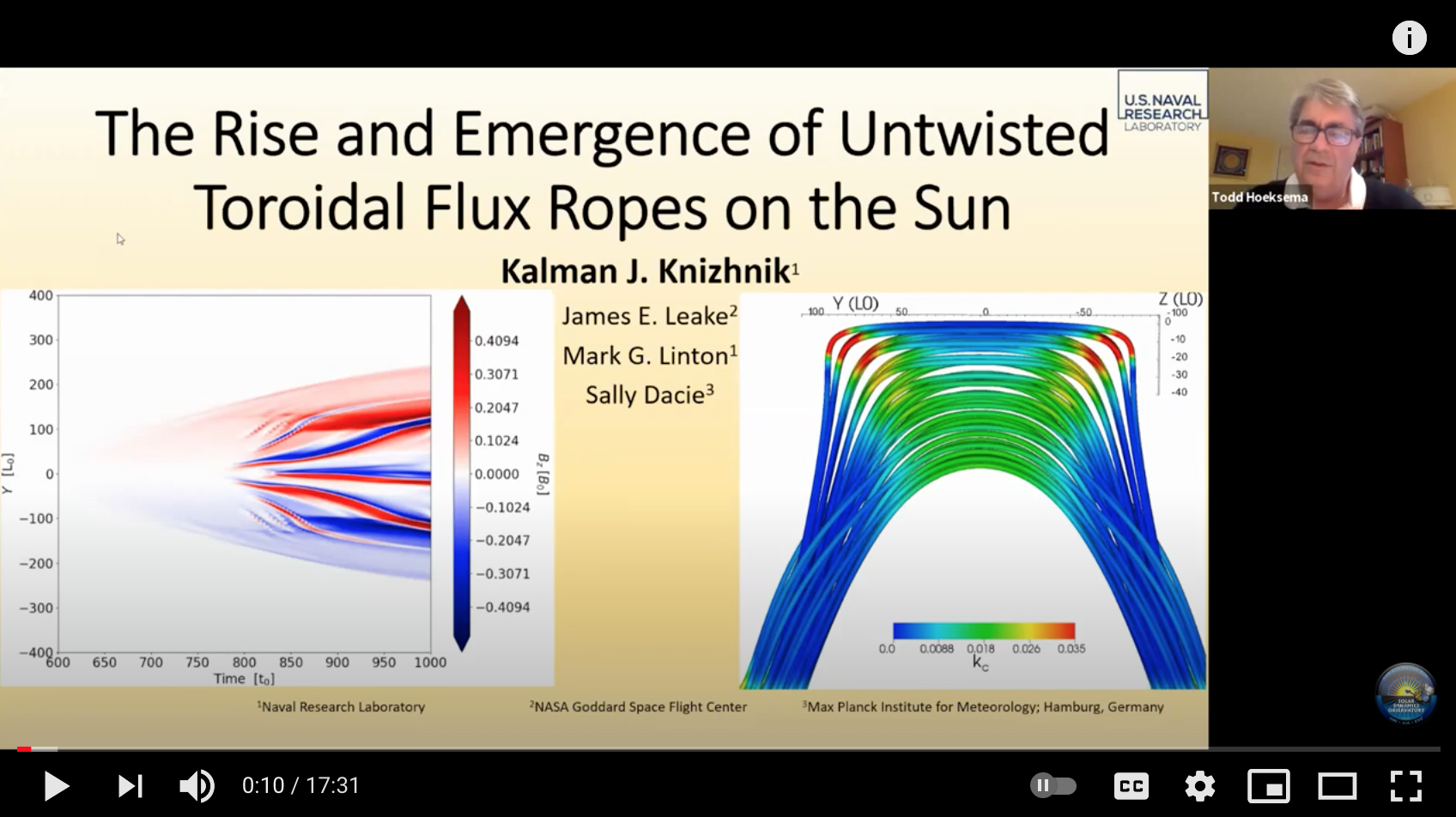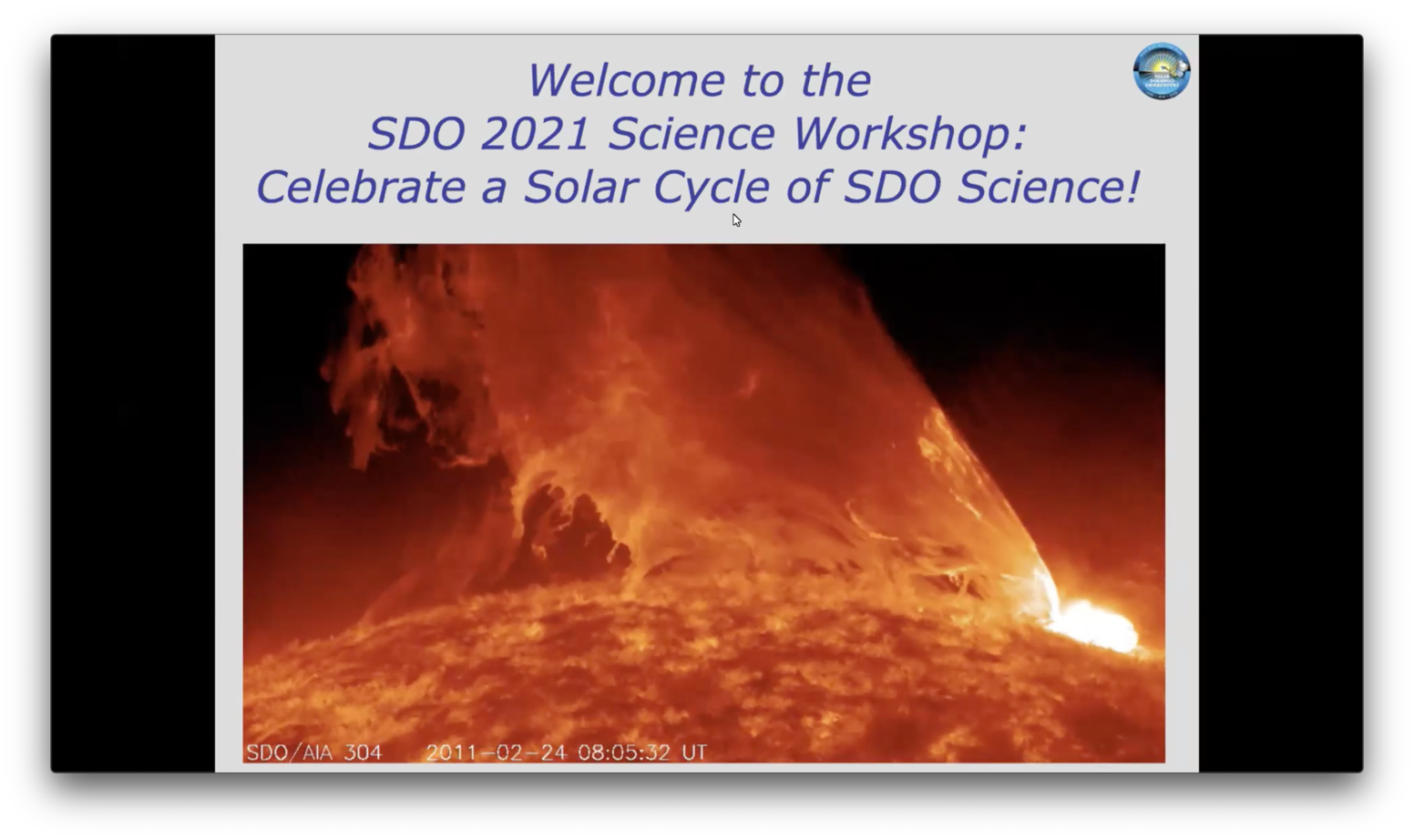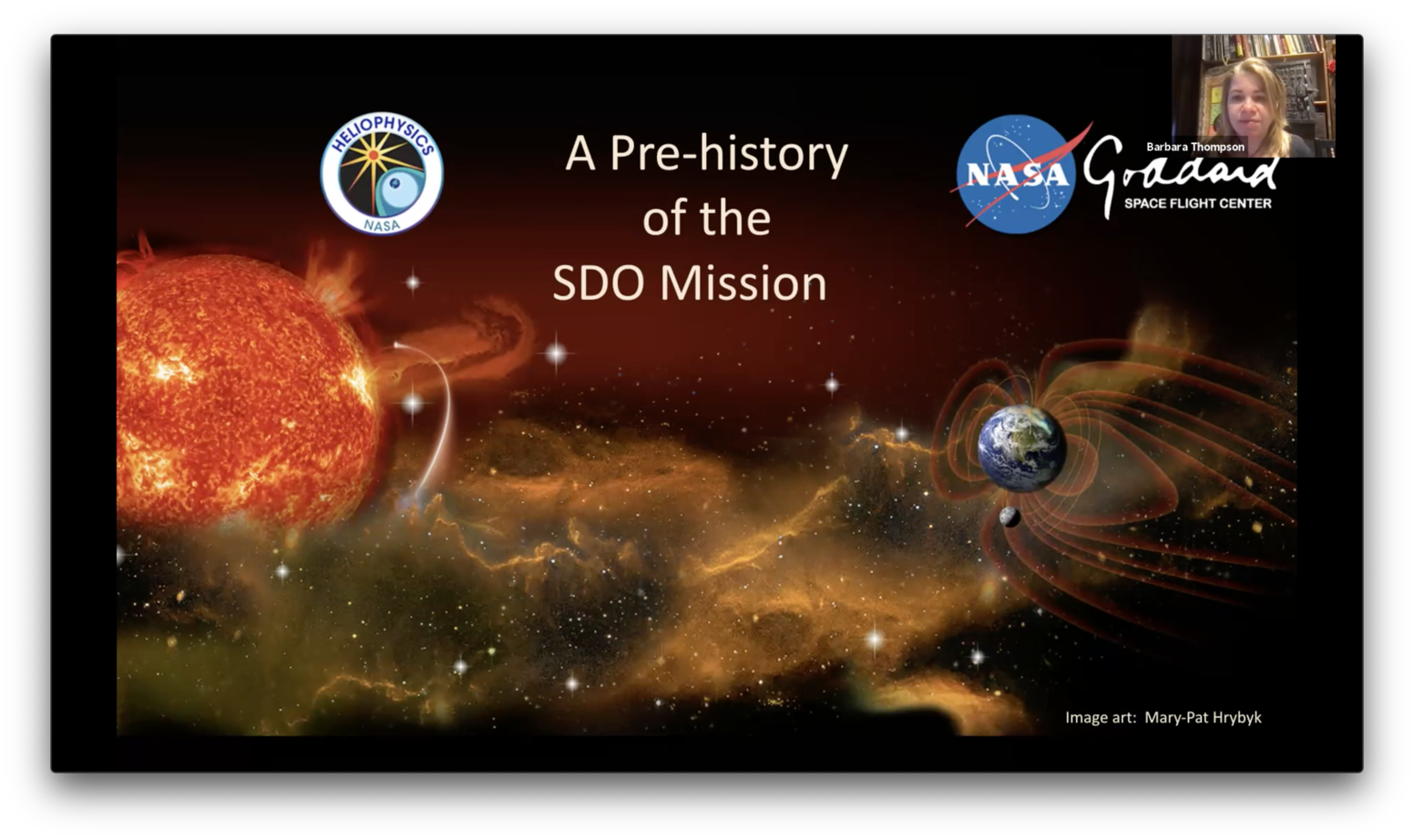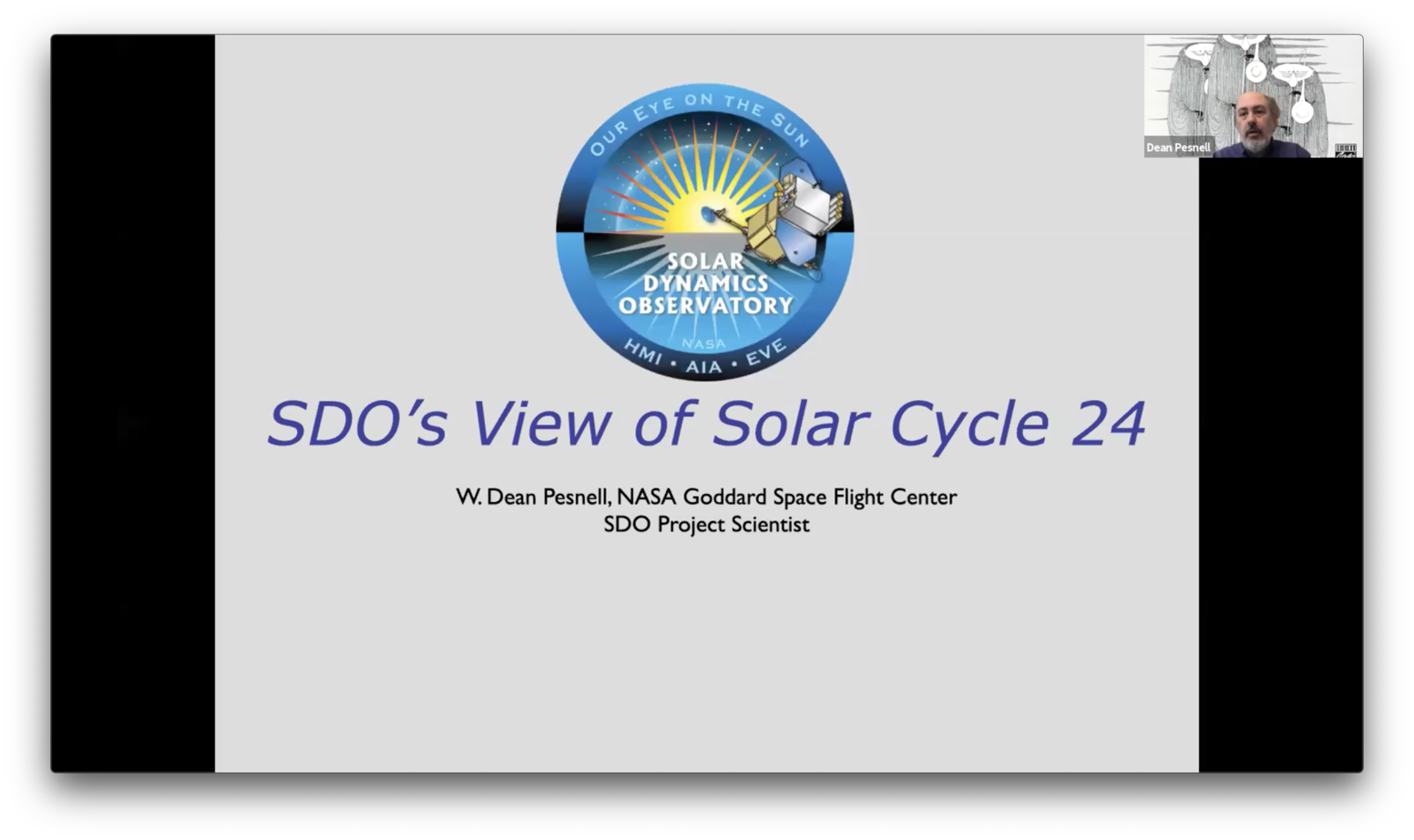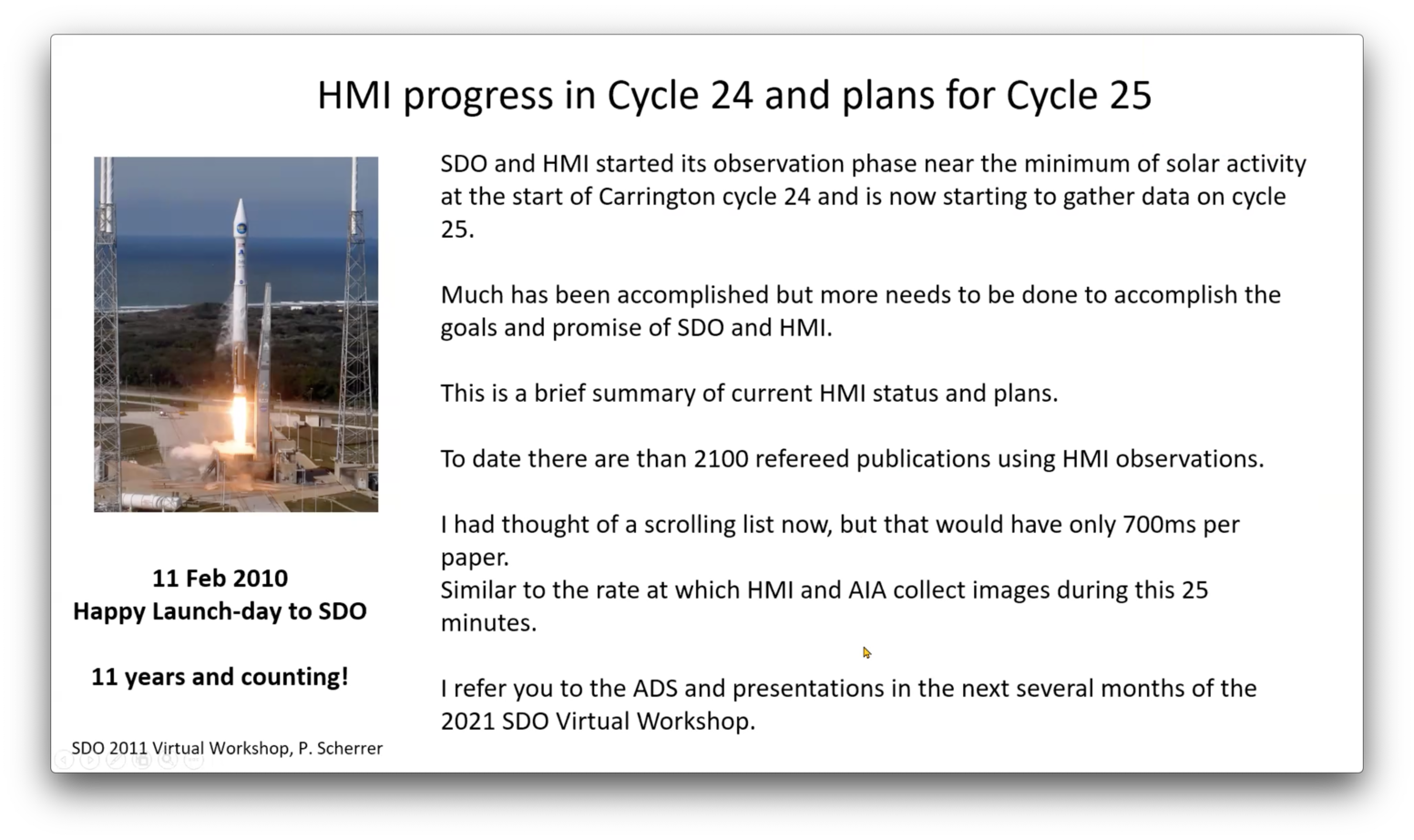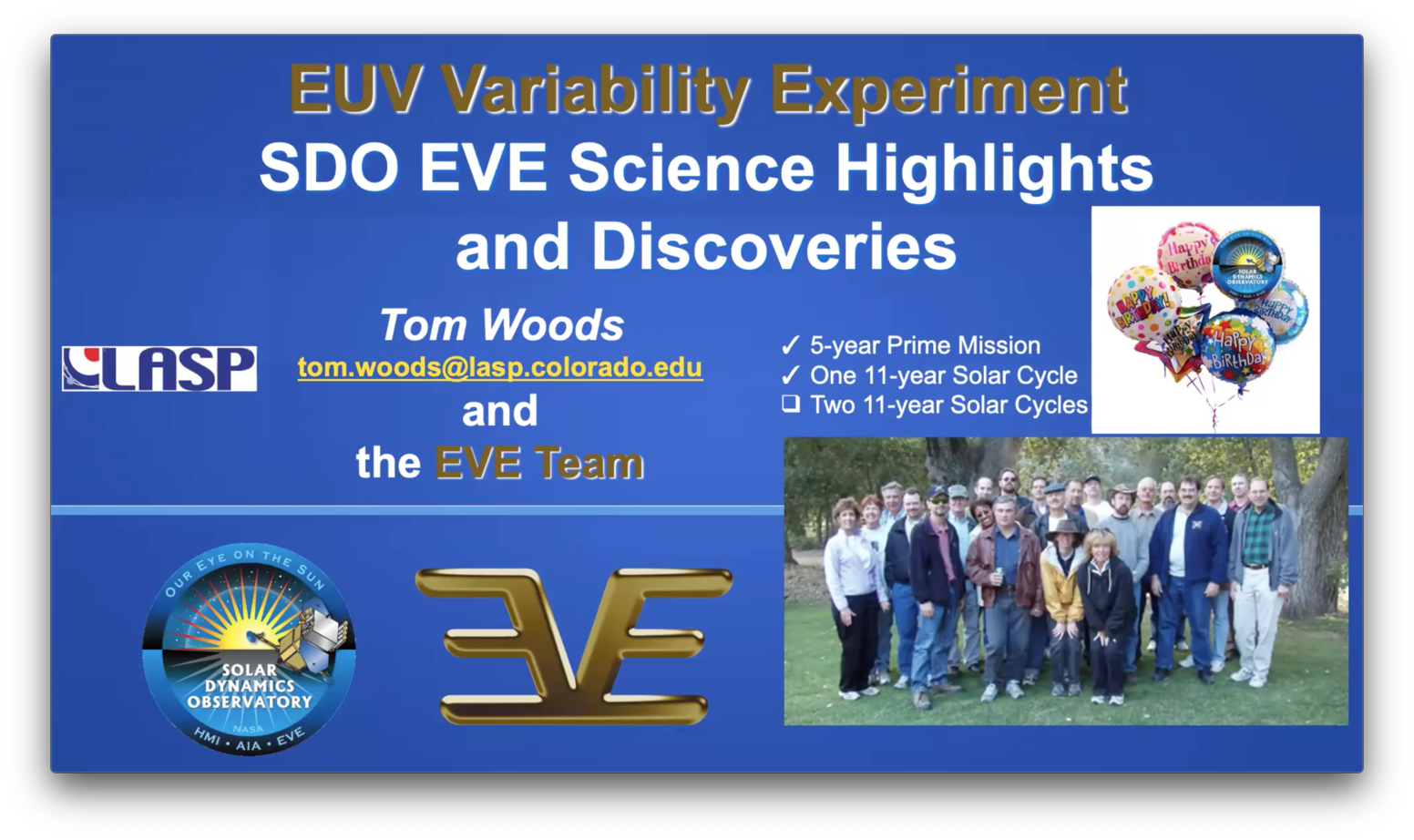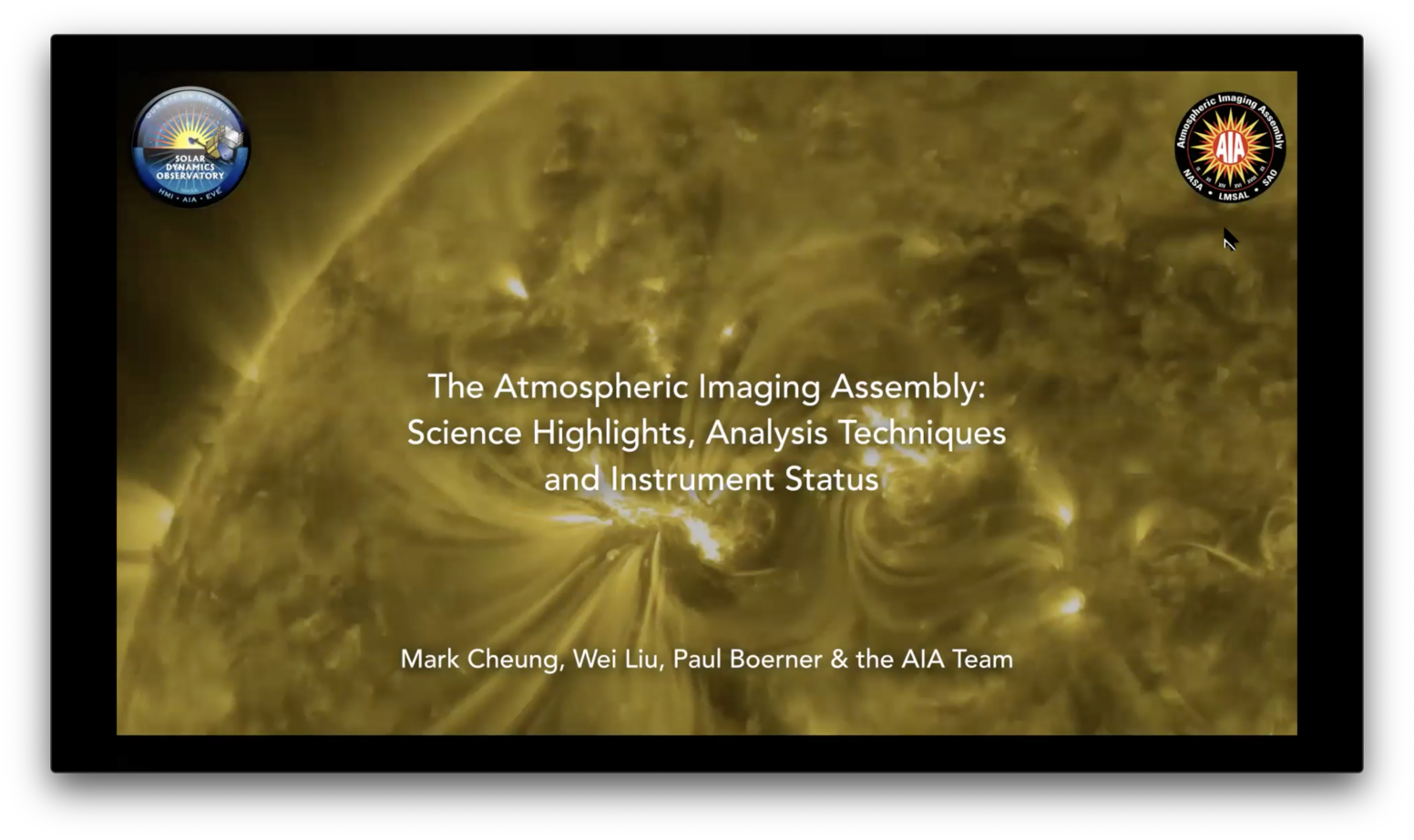RED SHIBA INU EXCHANGE
AICS EXCHANGE
DELFINO FINANCE 交易所
* The United States is on Daylight Savings Time, ET is now UTC-4 hours. Please adjust your clocks accordingly.ALLINTITLE:CRYPTO 2019
We solicit manuscripts on this general subject for inclusion in a Topical Collection of Solar Physics. The deadline for submission of statements of interest (SOI) with a tentative title, abstract, author list, and three suggestions for referees, via e-mail to solar.cycle.with.sdo@gmail.com is 15 June 2021, and the nominal deadline for manuscript submission is 22 October 2021.
This Topical Collection is an outgrowth of the "SDO 2021 Science Workshop: A Solar Cycle of Discovery," which was held as a series of virtual workshops 12 February – 15 April 2021 (http://sdo2021.lws-sdo-workshops.org). This Topical Collection is not a conference proceeding, and it is not limited to research presented at the workshop. All submissions must be complete original papers that meet the regular quality requirements of the Journal. The Topical Collection will start off with several invited reviews to summarize the subject and frame the work in the research papers which follow. Please consult https://link.springer.com/journal/volumesAndIssues/11207?tabName=topicalCollections for recent Topical Collections.
Topics to be included in the Topical Collection include:
- Subsurface Flows, the Dynamo, and the Solar Cycle
- Magnetic Flux in the SDO Era: From Emergence to Eruption
- Vector Magnetic Field: Progress and Prospects
- Energy and Mass Transfer Between the Corona and the Chromosphere
- Short-term Solar Variability
- Phun with Photons: Response of atmospheres to EUV variability
- The SDO Corona and Beyond
- SDO for Space Weather: Science and Applications
For further information, and submission of statements of intent, please contact John Leibacher (Solar Physics editor: john.leibacher.sola@gmail.com) or Dean Pesnell (guest editor), Ryan Milligan (guest editor), and Shin Toriumi (guest editor) at solar.cycle.with.sdo@gmail.com.
MOCHISWAP EXCHANGE
Join us on March 11 & 25, April 8 & 15, 2021 for the SDO 2021 Science Sessions. Each session will have a plenary talk followed by 3-4 contributed papers. We include a 45 min time for discussion and break after first session and an hour after the second.
R3T LOGIN
all times are in ET
QEV LOGINNEWSCRYPTO 交易所GGIVE APP
| Subsurface Flows, the Dynamo, and the Solar Cycle | ||
|---|---|---|
| 12:00 - 12:30 ET | Junwei Zhao (Plenary) |
The Sun's Interior Dynamics Revealed by 11 Years of SDO/HMI Observations
AbstractThe Solar Dynamics Observatory turned 11 years old, observing the Sun for nearly a whole solar cycle. In this talk, I will review a few major progress in the studies of the Sun's interior dynamics made by using the SDO/HMI's observations. The topics will include differential rotation, meridional circulation, helioseismic measurements in and near active regions, giant cells in high-latitude regions, and Rossby waves. I will also present questions that still face helioseismologists and theorists for a better understanding of the Sun and its magnetic cycles. |
| 12:30 - 12:45 ET | Aaron Birch |
Global-Scale Rossby waves on the Sun
AbstractGlobal-scale Rossby waves are propagating patterns of horizontal flows with frequencies, in a frame co-rotating with the Sun, below twice the rotation frequency. They have been seen on the Sun in the near-surface layers with amplitudes of order one m/s for azimuthal wavenumbers up to 15. The measured dispersion relation is in qualitative agreement with the textbook dispersion relation of Rossby waves on a uniformly rotating sphere. The measured eigenfunctions of radial vorticity are maximum at the equator and more localized around the equator than the sectoral spherical harmonics. This localization is also seen in models of Rossby waves in the presence of differential rotation. Models suggest that these waves can play a role in the latitudinal transport of angular momentum. |
| 12:45 - 13:00 ET | Sarbani Basu |
Changes in the Sun: results and puzzles
AbstractWe now have a little more than two solar cycle’s worth of high-quality helioseismic data that allow us to examine changes inside the Sun. In this talk, I shall describe the changes that we see both in dynamics and in structure. While changes in dynamics are clear, and we had been able to infer those during Solar Cycle 23, changes in structure are more subtle, and two solar—cycle’s worth of data are needed to accept the results. The data also allow us to examine cycle-to-cycle changes. I shall focus on two topics: the structure of the outer layers and the dynamics of the tachocline; both show changes. In the outer layers, more data and better analysis techniques have helped us uncover the changes. At the tachocline, we are able to see cycle-to-cycle variations that are quite puzzling and we do not yet know how to interpret the results. |
| 13:00 - 13:15 ET | Robert Cameron |
The solar dynamo flux budgets
AbstractWe combine Stokes' theorem and observations to determine the net flux budgets in each solar hemisphere. These flux budgets describe how much the various processes contribute to the net toroidal and poloidal magnetic flux in each hemisphere. Once it is generated, meridional flows in the deep interior move the toroidal flux from where it is most strongly generated, at latitudes of 55 degrees, towards the equator where it emerges. The near surface meridional flow similarly moves poloidal flux, created by flux emergence near the equator, towards the poles. A particularly important process is flux emergence, and we will discuss how SDO and other observations have helped, and will continue to help in this regard. |
| 13:15 - 13:30 ET | Lisa Upton & David Hathaway |
Pattern Tracking of SDO Data: What We’ve learned about the Axisymmetric Flows in Solar Cycle 24
AbstractThe axisymmetric flows, differential rotation and meridional circulation, are essential components of the solar dynamo. We begin by describing our measurements of the axisymmetric flows at the surface as obtained by tracking the motion of the magnetic features near the surface of the Sun using data obtained by the Helioseismic and Magnetic Imager (HMI). We provide an update on these flows and describe how they have evolved throughout Solar Cycle 23 and 24. The torsional oscillation signal includes a high latitude spin-up at cycle maxima with a consequent increase in the angular momentum of the near surface layers. We find a slowdown of the meridional flow in the active latitudes at cycle maxima which was more pronounced in Cycle 23 than in the weaker Cycle 24. We find evidence of transient counter-cells at high latitudes. We also discuss our feature tracking of Doppler features (supergranules) in Doppler images. This allows us to push below the surface and into the interior, challenging the fundamental notion of a monocellular meridional circulation and our understanding of the solar dynamo. We find an increase in rotation rate and decrease in meridional flow across the surface shear layer with an equatorward meridional return flow at the base of the surface shear layer. Finally, we will conclude with our recent measurements obtained by tracking the motion of giant cellular flows, providing a glimpse of the of the axisymmetric flows down to the base of the convection zone. Most notably, our results at high latitudes show a differential rotation rate that matches the internal rotation rate at the base of the convection zone and a poleward, not equatorward, meridional flow. |
| 13:30 - 13:45 ET | Discussion | Breakout Rooms |
| 13:45 - 14:15 ET | Break | |
| Magnetic Flux in the SDO Era: From Emergence to Eruption | ||
| 14:15 - 14:45 ET | Aimee Norton (Plenary) | Magnetic Flux in the SDO Era: From Emergence to Eruption |
| 14:45 - 15:05 ET | Sanjiv Tiwari |
Dependence of the Heating in Active Region Coronal Loops on the Magnetic Flux at their Feet
AbstractIt has recently been demonstrated, using SDO/AIA and SDO/HMI data of solar active regions (ARs), that freedom of convection and strength of magnetic field in the photospheric feet of AR coronal loops, together, can engender or quench heating in them. Thus, using EUV observations and non-linear force-free field modelling it was shown that the hottest loops of ARs are the ones connecting sunspot umbra/penumbra at one end to (a)penumbra, (b) unipolar plage, or (c) mixed-polarity plage on the other end. The loops connecting dark sunspot umbra at both ends were not visible in EUV images - thus, these loops are the coolest loops. Some recent investigations stress more on the loop-foot mixed-polarity (above-mentioned connectivity ‘c’), suggesting that flux cancellation is involved in heating chromospheric and coronal loops. In this talk we will show some latest results and challenges posed to understanding the dependence of heating of AR coronal loops on the distribution and evolution of magnetic flux at the loop feet. |
| 15:05 - 15:25 ET | Bill Abbett |
Assimilating HMI Data into MHD Models of the Upper Convection Zone to Corona System
AbstractI will present a brief overview of our group’s efforts in collaboration with the CGEM team (the Global Coronal Evolutionary Model strategic capability project) to incorporate electric fields derived from a series of HMI vector magnetic field measurements directly into active layers of a radiative-magnetohydrodynamic model of the photosphere-to-corona system. I will summarize current progress and discuss challenges inherent to assimilating remote sensing observations of surface magnetic flux into dynamic models of the solar atmosphere. |
| 15:25 - 15:45 ET | Kalman Knizhnik, J. E. Leake, M. G. Linton, and S. Dacie |
The Rise and Emergence of Untwisted Toroidal Flux Ropes on the Sun
AbstractMagnetic flux ropes (MFRs) rising buoyantly through the Sun’s convection zone are thought to be subject to viscous forces preventing them from rising coherently. Numerous studies have suggested that MFRs require a minimum twist in order to remain coherent during their rise. Furthermore, even MFRs that get to the photosphere may be unable to successfully emerge into the corona unless they are at least moderately twisted, since the magnetic pressure gradient needs to overcome the weight of the photospheric plasma. To date, however, no lower limit has been placed on the critical minimum twist required for an MFR to rise coherently through the convection zone or emerge through the photosphere. In this work, we simulate an untwisted toroidal MFR that is able to rise from the convection zone and emerge through the photosphere as an active region that resembles those observed on the Sun. We show that untwisted MFRs can remain coherent during their rise and then pile up near the photosphere, triggering undular instability, allowing the MFR to emerge through the photosphere. We propose that the toroidal geometry of our MFR is critical for its coherent rise. Upon emergence, a pair of lobes rises into the corona. The two lobes then interact and reconnect, resulting in a localized high speed jet. The resulting photospheric magnetogram displays the characteristic salt-and-pepper structure often seen in observations. Our major result is that MFRs need not be twisted to rise coherently through the convection zone and emerge through the photosphere. |
| 15:45 - 16:45 ET | Discussion | Breakout Rooms |
BLUR 交易所SEAM 交易所ARTM APP
| Vector Magnetic Field: Progress and Prospects | ||
|---|---|---|
| 12:00 - 12:30 ET | Xudong Sun (Plenary) |
Vector Magnetic Field: Progress and Prospects
AbstractThe Helioseismic and Magnetic Imager (HMI) has been observing the solar photosphere for an entire activity cycle. The data archive now contains almost 500,000 full-disk vector magnetograms with a resolution of 1” and a cadence of 12 minute or higher. About 7500 strong-field regions have been identified and extracted. In this talk, I will provide an overview of the HMI vector magnetic field data products, including several features that hopefully have increased the scientific yield. I will then highlight selective investigations uniquely enabled by these data sets, with a focus on the time-dependent, non-potential fields in active regions. Finally I will discuss how several upcoming facilities/missions can complement HMI and improve our understanding of the solar magnetic fields. |
| 12:30 - 12:50 ET | Brian Welsch |
Improved Understanding of Magnetic Features from HMI Vector Field Measurements on SDO
AbstractThe ability of the Helioseismic and Magnetic Imager (HMI) to measure the photospheric vector magnetic field with high cadence, good resolution, and high duty cycle has enabled several types of quantitative analysis of magnetic structure and evolution that were very difficult or impossible to undertake before its advent. Its scientific utility is greatly enhanced by being aboard SDO with AIA and EVE. I will first briefly review a few areas in which progress has been made that was enabled by HMI: estimates of the photospheric Poynting flux in active regions; statistical analysis of magnetic flux underlying flare ribbons; and improved constraints on flare-associated magnetic field changes (FAMCs). I will then discuss a few areas in which I believe HMI data, combined with other observations, could be used to make progress, including the nature of coronal heating. |
| 12:50 - 13:10 ET | Manolis Georgoulis |
Prediction of Solar Events Using Vector Magnetic Fields and Machine Learning
AbstractAs already discussed in this forum, the Helioseismic and Magnetic Imager onboard the SDO has produced petabytes of high- and constant-quality photospheric magnetogram data, with the crucial added value of vector magnetography over predecessor magnetographs. Naturally, then, HMI HARPs and their space-weather extensions, SHARPs, have been used for solar event forecasting including, but not limited to, flares, coronal mass ejections and solar energetic particle events. Forecasting relies on an ever-expanding set of physically intuitive SHARP metadata parameters. The timing of the SDO/HMI operations matched with the explosive increase of machine learning applications, that are now being used for forecasting with rapidly increasing pace. We aim to explain why machine learning has found fertile grounds for application in solar event forecasting and what it can potentially offer, particularly when vector magnetogram-based metadata are used. In addition, we briefly touch on the multiple challenges associated with the application of machine learning methods that can often render their outcome marginal or even outright misleading. We conclude with an outlook for the future, emphasizing on methods that are interpretable, rather than on black boxes that do not contribute to a physical understanding and interpretation of observations and forecasts. |
| 13:10 - 13:30 ET | Rebecca Centeno |
Magnetic Field Diagnostics at the Photosphere and Above
AbstractThe intensity and the polarization of light from the Sun encodes a wealth of information about the physical and thermodynamical properties of its atmosphere, and in particular its magnetic fields. Through a handful of selected works, I will review different magnetic diagnostic techniques for photospheric and chromospheric spectropolarimetric observations, and showcase their ranges of applicability and their main limitations. I will start by reviewing the Milne-Eddinton approximation, which operates in the pipelines of HMI and Hinode/SP. As we increase the complexity of the atmospheric model and the sophistication of the radiative transfer, we will see how inversion codes based on the Local Thermodynamical Equilibrium (LTE) approximation can be used to extract information about the stratification of the thermodynamical and magnetic properties of the photosphere. More complex modeling is required to interpret chromospheric spectral lines. The associated computational expense in some cases can be daunting even for modern supercomputers. This is pushing the field of spectropolarimetric inversions into abandoning the traditional least-squares fitting techniques and adopting machine learning approaches instead. |
| 13:30 - 13:45 ET | Discussion | Breakout Rooms |
| 13:45 - 14:15 ET | Break | |
| Energy and Mass Transfer Between the Corona and the Chromosphere | ||
| 14:15 - 14:45 ET | Patrick Antolin (Plenary) |
The Delicate Coronal Mass Limit
AbstractThe solar atmosphere is a strongly coupled multi-layered and multi-scale system, linked together and regulated by the Sun’s magnetic field. This coupling is best exemplified by the closed, inner corona, characterised by its coronal loop constituents. The mass and energy circulation that results within these closed loop systems is finely controlled by the energy injection properties, but in particular, the way in which the magnetic field dissipates its energy. A decade of SDO observations and synergies with instruments such as those of Hinode, IRIS and SST, have shown us the multi-faceted response of the solar atmosphere to the heating. The emerging picture is that of a dynamic and often out of thermal equilibrium, multi-scaled and coupled system. Mass loading from the chromosphere into the corona can be the direct result from energetic jet-like phenomena in the low atmosphere (e.g. spicules), or indirectly occur through evaporation processes following multi-scale (quiescent to flaring) coronal heating events whose mechanisms still elude us. On the other hand, gravity and radiation regulate the amount of mass that the corona can sustain. Too massive and thermal instability can set in producing a thermal collapse and evacuation. In this talk I will review some of the major results in the SDO era behind the chromosphere-corona mass and energy cycle at the heart of coronal heating, and the delicate coronal mass limit that results. |
| 14:45 - 15:00 ET | Tim Bastian |
Observations of Solar Spicules at Millimeter Wavelengths
AbstractWith the availability of high resolution observations of the Sun at mm- and sub-mm wavelengths, ALMA has opened a new window onto chromospheric physics. A program to observe solar spicules in active regions, quiet regions, and coronal holes was initiated in late-2018. Here, we present preliminary results for ALMA observations of solar spicules in a polar coronal hole. These observations were made at 1.25 and 3 mm and were supported by simultaneous UV and EUV observations by IRIS and SDO/AIA, respectively. Spicule brightness temperatures and their implications for plasma properties are discussed. We also touch on spicule kinematics as seen at 3 mm, where an imaging cadence of 2 s was available. Spicules are seen in absorption against coronal EUV emission; they are well-correlated with the roots of UV emission seen in the Mg II band. Prospects for future observations of this kind are briefly considered. |
| 15:00 - 15:15 ET | Ryohko Ishikawa |
CLASP2 first results: mapping of solar magnetic fields from the photosphere to the top of the chromosphere
AbstractThe CLASP2 (Chromospheric LAyer Spectro-Polarimeter) sounding rocket experiment on 11 April 2019 succeeded in the first measurement of the spectrally and spatially resolved polarization spectra around 280 nm including the Mg II h & k and Mn I lines. Combined with the Hinode/SOT observations, we infer the longitudinal magnetic field from the photosphere to the very upper chromosphere on the plage and enhanced network regions and reveal how the magnetic field couples the different atmospheric layers. Moreover, the magnetic fields at the top layer of the chromosphere shows the strong correlation with the Mg II k line core intensity and the inferred electron pressure in the plage, providing the empirical evidence that the heating in the plage chromosphere is the magnetic origin |
| 15:15 - 15:30 ET | Mats Carlsson |
Modeling the energy and mass coupling of the chromosphere and corona
AbstractThe chromosphere is arguably the most difficult and least understood domain of solar physics. All at once it represents the transition from optically thick to thin radiation escape, from gas-pressure domination to magnetic-pressure domination, from neutral to ionised state, from MHD to plasma physics, and from near-equilibrium ("LTE") to non-equilibrium conditions. Still, the chromosphere is a crucial link between the convection zone - where the motions feed energy into the magnetic field - and the corona, where this energy may be dissipated. This talk will give examples of recent progress in the modelling of the solar atmosphere, from the convection driving to the corona. |
| 15:30 - 15:45 ET | Paola Testa |
Observations of small coronal heating events, with SDO/AIA, IRIS and SST, and insights into coronal heating properties in active regions
AbstractWe investigate small heating events (nano/micro-flares) by analyzing coordinated active region observations with SDO/AIA, IRIS and SST. These observations provide information on the coronal and the low atmospheric response to small impulsive energy releases. The intense transient brightenings observed in the chromosphere and transition region are clearly associated with heating of the overlying loops to high temperatures (5-10MK), as is clear from the strong Fe XVIII emission observed in the 94A SDO/AIA passband. Some of the chromospheric brightenings have also been observed with the new CHROMIS (Ca K) instrument on SST, which provides unprecedented resolution and additional diagnostics. We present the rich diagnostics offered by these observations, which, together with modeling of nanoflares heated loops, provide stringent constraints on the properties of the heating, and on the role of non-thermal particles, in nanoflares and micro flares. |
| 15:45 - 16:45 ET | Discussion | Breakout Rooms |
FSPTOKEN EXCHANGECRYPTO UNICORNCFSP APP
| Short-term Solar Variability | ||
|---|---|---|
| 12:00 - 12:30 ET | Paulo Simoes (Plenary) |
A decade of watching solar flares with SDO: what have we learned so far?
AbstractWith its continuous operation in the past ten years, providing observations in a wide wavelength range, and at a high cadence, the Solar Dynamics Observatory has become a ubiquitous presence in multi-wavelength data analysis of flares. SDO has allowed us to make valuable discoveries and have gave us a new view on both short-term variabilities and statistical knowledge of flares: From the dynamic coronal magnetic fields, featuring reconnections, eruptions, and implosions, to plasma dynamics and temperature distributions, down to the still mysterious nature of white-light flares. We will highlight some of the results made possible by SDO's trinity of instruments, AIA, EVE and HMI, that improved our understanding of the physics of flares. |
| 12:30 - 12:50 ET | Laura Hayes |
Insights gained into solar short-term variability with AIA: solar flare pulsations, waves, and oscillations.
AbstractOver the past solar cycle, AIA has provided an unprecedented view of the solar atmosphere across a range of EUV/UV wavelengths with high-cadence imaging observations. With this, a wealth of new information has been gained into short-term solar variability, particularly from emission within active regions and during solar flares. In this talk, I will review some of the key new insights gained by AIA, with a large focus on pulsations and oscillatory signatures identified in solar flare emission, such as quasi-periodic pulsations (QPPs). I will also discuss how AIA has facilitated an abundance of observations of magnetohydrodynamic (MHD) waves and oscillations in the solar atmosphere, resulting in the explosion of studies in the field. I will review some of the latest results in short-term variability studies, future work that can be achieved, and the open-questions and challenges that still remain. |
| 12:50 - 13:10 ET | Hugh Hudson |
EVE and Short-term Solar Variability
AbstractThe EVE Sun-as-a-star observations guide our understanding of similar stellar EUV observations, and also provide insight into solar variability on short time scales. EVE gives full EUV spectra every 10 s from MEGS, plus broad-band photometry at 0.25 s from ESP. The observations have great sensitivity but also high background rates, and so are most useful for the X-class flare events. I will discuss the flare impulsive phase and signatures related to particle acceleration in particular. |
| 13:10 - 13:30 ET | Masha Kazachenko |
Short-term variability with HMI: insights into flare magnetism
AbstractContinuous vector magnetic field measurements by the HMI allowed us to study magnetic field properties of many flares. In this talk I will review new observational aspects of flare magnetism described using the SDO data, including statistical properties of magnetic field changes during flares, magnetic reconnection fluxes and their rates, magnetic fluxes of flare dimmings and electric currents. I will describe how these results improved our understanding of flares and the flare/CME feedback relationship. |
| 13:30 - 13:45 ET | Discussion | Breakout Rooms |
| 13:45 - 14:15 ET | Break | |
| Phun with Photons: Response of atmospheres to EUV variability | ||
| 14:15 - 14:45 ET | Liying Qian, Stan Solomon, and Alan Burns |
Solar Irradiance Effects on the Upper Atmosphere On Time Scales from Solar Flare to Solar Cycle
AbstractSolar irradiance is the primary energy input to the thermosphere/ionosphere system. Solar irradiance (soft X-ray, extreme ultra-violet, and far ultra-violet) ionizes, dissociates, and excites the thermospheric constituents, create the ionosphere, and heat the thermosphere. In this presentation, we discuss upper atmosphere variability including variations with a time scale of minutes to hours due to solar flare, diurnal variation, solar-rotational variation, annual/semiannual variation, and solar-cycle variation, driven by solar irradiance, using both data and model simulations. The data sets that we use include neutral density observed by the accelerometers onboard the Challenging Mini-satellite Payload (CHAMP), and neutral density derived from satellite drag; thermosphere composition data from TIMED/GUVI; and global GPS TEC data. Modeling results are from the National Center for Atmospheric Research (NCAR) thermosphere-ionosphere-electrodynamics general circulation model (TIE-GCM), and from the NRLMSISE-00 empirical model. |
| 14:45 - 15:05 ET | Christoph Jacobi |
Delayed Ionospheric Response to Solar EUV Radiation Variations: Global Data Analysis and Model Simulations
AbstractIonospheric electron density is mainly controlled by solar EUV radiation variability at different time scales. One of them is the one of the 27-day solar rotation. Observations show that the total electron content (TEC) reacts on the EUV variability with a delay of about one day at this time scale, the so-called ionospheric delay. This delay is mainly due to an imbalance of ionization and electron loss, and it is, however, modified by other, especially transport processes. Here we show global analyses of the ionospheric delay based on GPS TEC data and satellite EUV observations. The delay depends on latitude and changes with time also. We also show results of numerical thermosphere-ionosphere coupled model experiments that reproduce the spatial and temporal variability of the delay, and performed some experiments to investigate the role of diffusion in the ionospheric delay. |
| 15:05 - 15:25 ET | Justin Deighan |
Short Photons at the Red Planet
AbstractThe characteristics of the upper atmosphere of the planet Mars are strongly governed by the absorption of solar EUV photons. This radiation serves as the dominant source of heating in the thermosphere, drives the production of the ionosphere, and generates a variety of photochemistry through photodissociation of neutral atmospheric molecules such as CO2, N2, and H2O. These aspects are all critical in determining the loss of atmosphere to space, which has been major component of Martian climate evolution over the history of the solar system. In this talk I will summarize some of the recent results from the MAVEN mission regarding the influence of solar EUV photons on the upper atmosphere of Mars. These observations show the signature of solar activity imprinted on seasonal, diurnal, and impulsive (i.e. flare) timescales. |
| 15:25 - 15:45 ET | Luca Fossati |
The role of high-energy stellar emission in the evolution of planetary atmospheres
AbstractThe high-energy radiation emitted by solar-like stars has a profound impact on the structure and evolution of planetary atmospheres. The impact is so profound in the case of close-in exoplanets that it even shapes their population. I will present observational and theoretical results exemplifying the consequences of the interaction between high-energy stellar radiation and planetary atmospheres. Finally, I will show how planets can also lead us to learn something fundamental about the evolution of the high-energy radiation of stars, including that of the Sun. |
| 15:45 - 16:45 ET | Discussion | Breakout Rooms |
EQUITYPAY LOGIN3X LONG DOGECOIN TOKENOME 交易所
| SDO Corona and Beyond | ||
|---|---|---|
| 12:00 - 12:30 ET | Dan Seaton (Plenary) |
The SDO Corona and Beyond
AbstractIn this talk we will discuss how SDO has set the stage for studies of the EUV solar corona that extend our knowledge beyond a now complete solar cycle of routine AIA observations to complementary instruments that reveal processes unfolding at both micro and global scales, and how powerful new image processing tools can reveal important features that we didn’t even know were there. We will consider the future of coronal observations and how we can connect SDO’s data to a long-term record that will help us understand how the corona evolves across multiple solar cycles. We will look ahead at the lasting legacy of SDO to the key questions that that remain for the next generation of coronal instruments to address. |
| 12:30 - 12:50 ET | Cooper Downs |
Global Coronal Modeling at SDO Scales: Linking Magnetic Complexity to Coronal Heating and Solar Wind Structure
AbstractWith its steady stream of high-quality, high-resolution synoptic measurements, SDO has revolutionized our understanding of static and dynamic structures in the low solar corona. SDO observables have also become a mainstay in coronal and solar wind models, providing both the inputs and diagnostics that drive and constrain them. At the same time, there is still a considerable gap between the spatio-temporal scales that we routinely observe with SDO, and those that can be globally resolved in our state-of-the-art coronal models. In this talk we describe our efforts to push these limits, conducting global coronal magnetohydrodynamic (MHD) simulations with increasingly finer detail in the surface magnetic field distribution (derived from SDO/HMI). Although the macroscopic properties of each solution remain essentially the same, high-resolution structures emerge in the low coronal heating rate and plasma properties, essentially at the scale limit of the surface field. These structures, which link to small variations in field mappings and flux-tube properties near the surface (r<1.05 Rs), lead to pockets of structure and variation at much larger distances throughout the open solar wind regions (r>3 Rs). The finding that complexity in the photospheric magnetic field can leave an indelible imprint throughout the corona and inner heliosphere has important implications for our understanding of coronal heating and intermediate scale plasma variations in the solar wind. |
| 12:50 - 13:10 ET | Sabrina Savage |
The Critical Role of SDO in Support of Next Generation Solar Observations
AbstractFor over a decade, the Solar Dynamics Observatory has proven the interconnectedness of solar phenomena, formidably increasing the complexity of our science objectives. Addressing progressively complex science questions goes hand-in-hand with advancing our technological capabilities, often with highly optimized instrumentation. Testing such instruments as stand-alone missions often presents an extreme challenge that is significantly mitigated through coordinations with broad-spectrum observatories. The flagship SDO mission provides a preeminent contextual data set that is crucial for not only assessing success criteria of these technology development programs, but also for substantially enhancing the science return of those missions. SDO has thus become an indispensable partner in support of advancing the next generation of solar observations as we probe fundamental physical mechanisms at increasingly smaller scales. The High-resolution Coronal Imager (Hi-C) sounding rocket missions are clear examples of this functional partnership in advancing our understanding of the Sun. We will explore the critical role of SDO in Hi-C’s past success as well as a version under development optimized to capture a solar flare in flight as part of the inaugural sounding rocket solar flare campaign. With these coordinated observations and complementary science goals, we aim to push the state of the art and to forge a path to advance future high energy instrumentation. |
| 13:10 - 13:30 ET | Michael Kirk |
Big Data and the Promise of Big Science with Coronal Images
AbstractSDO AIA has produced an unprecedented amount of information about the solar corona. Yet this wealth of data presents its own problem: how do we use the entire 6.6 PB AIA archive to drive discovery science? The still emerging field of data science can provide tools for scientists to ask critical questions of the archive but has significant pitfalls and dead ends. Fundamentally through shaping a science question into a data science structure can yield novel, subtle, and reproduceable results. This talk will explore some of the early victories, regular pitfalls, and a vision into the near future where we will bring our science to the data rather than the data to us. |
| 13:30 - 13:45 ET | Discussion | Breakout Rooms |
| 13:45 - 14:15 ET | Break | |
| SDO for Space Weather: Science and Applications | ||
| 14:15 - 14:45 ET | KD Leka (Plenary) |
SDO for Space Weather: Science and Applications
AbstractThe suite of instruments on the Solar Dynamics Observatory have proven themselves. For Space Weather research and applications development, the obvious benefit has been "big data" that enables large-sample statistical analysis, including machine-learning approaches, to examine questions many of us dreamed of before 2010. SDO's approach of routine(almost boring) systematic and consistent observation of our variable star extends the "long view" initiated by ground-based synoptic programs in the 1980s supplemented by the Solar and Heliospheric Observatory in 1996. But "big data" isn't just the number of space weather events detected or the sheer number of images of the solar corona acquired, it's that plus the breadth of the physical regimes that are sampled, and the ability to find "just the right event / region / scenario / target" by which to test your favorite hypothesis. In the context of other heliospheric missions, we are starting to be able to investigate the physics of Space Weather drivers and Impacts, on scales spanning seconds to an activity cycle, sub-Megameter to truly full-volume Sun and heliosphere. In this talk I will highlight advances in Space Weather research and applications drawn from all three SDO platforms, and (of course) touch on where attention is still needed and opportunities are still present. |
| 14:45 - 15:00 ET | Rob Steenburgh |
R2O with SDO: How the Solar Dynamics Observatory (SDO) had an Immediate Impact on the Forecast Office at the Space Weather Prediction Center (SWPC)
AbstractThe operational impact of SDO was profound. The resolution and variety of products, coupled with continuous, near-real-time availability, fundamentally changed both our expectations about, and application of, space-based solar imagery. The forecast office workflow and resulting products were immediately impacted. This talk will provide insight into the benefits and challenges experienced by forecasters integrating this research platform into daily operations. |
| 15:00 - 15:15 ET | Kent Tobiska, S. Dave Bouwer, Vaibhav Gupta, Alfredo Cruz, Kaiya Wahl, and Sofia Ozambela |
SDO EVE data use for operational solar irradiance drivers to thermospheric density systems
AbstractSpace Environment Technologies (SET) Data Services Division (DSD) uses SDO EVE data products as an important, redundant source for producing the JB2008 indices used operationally by the USSF CSpOC High Accuracy Satellite Drag Model (HASDM) system. While SDO, and its EVE instrument, operates primarily for scientific research, SET has found tremendous use of these data to produce the solar S10 index used in producing the atmosphere underneath the NORAD satellite catalog. We provide a short review of the importance and history of the S10 index as well as the current method of its production. There are nuances to the formation of this solar index, which accounts for almost 3/4 of the energy input to the thermosphere above 200 km. We report on those nuances to distinguish this operational index that is tailored for accurate satellite drag calculations from a purely solar index. |
| 15:15 - 15:30 ET | Sam Schonfeld |
Using EVE/MEGS-A to correct F10.7 for use in Ionosphere/Thermosphere models
AbstractWe use the complete 4+ year EVE/MEGS-A dataset to evaluate the sources of solar F10.7 microwave emission in the context of its use as a proxy of Solar EUV variability. We construct daily full-Sun differential emission measures (DEMs) from select MEGS-A lines and identify a rapid transition between the solar minimum and maximum coronal states. Using these DEMs, we compute the bremsstrahlung component of F10.7 and determine the relative contribution from each of its three primary source mechanisms. With this knowledge, we characterize the diagnostic potential of a corrected F10.7 based on its bremsstrahlung component at varying levels of solar activity and determine that this corrected version more closely correlates with coronal EUV emission than the raw observed F10.7. This formulation is evaluated by Goncharenko et al. 2020 for use in an ionosphere TEC model and found to underperform other activity metrics. |
| 15:30 - 15:45 ET | Shea Hess Webber |
Inferring Solar Far-Side Magnetic-Flux Maps by Applying Deep Learning on Time-Distance Acoustic Images
AbstractThe Sun's far-side magnetic field is important to space weather forecasting and solar wind modeling, but currently it is not directly observed. The far-side magnetic field can be approximated using (a) flux transport models, which are incapable of predicting growth or new emergence of active regions; (b) conversion from STEREO EUV observations, which are only available for a limited time period; or (c) helioseismic far-side acoustic images, which provide general active region sizes and locations, but not magnetic flux. In this work, we develop an approach that calculates far-side acoustic images and calibrates them into far-side magnetic-flux maps in near-real-time, using STEREO EUV observations as a bridge. This includes multiple new methods and data products: (1) method: a newly developed time-distance helioseismic far-side imaging code that outperforms previous far-side helioseismology methods; result: 9+ years of improved far-side acoustic images from SDO/HMI Dopplergrams; (2) method: an EUV(304 Å)-to-magnetic-flux mapping relation, developed with a deep-learning algorithm using 8 years of SDO near-side observations from AIA and HMI; result: far-side EUV-derived magnetic-flux proxy maps, generated by applying the learned EUV-to-magnetic mapping to 4 years of STEREO/EUVI observations; and (3) method: a second deep-learning algorithm that maps far-side acoustic images to magnetic flux, using results from (1) and (2); result: far-side acoustically-derived magnetic-flux maps. The various data products generated by this work — helioseismic far-side acoustic maps, far-side STEREO-based magnetic-flux maps, and far-side acoustically-derived magnetic-flux maps — will be made available to enable a synchronic global magnetic flux input for coronal or solar wind models. |
| 15:45 - 16:45 ET | Discussion | Breakout Rooms |
MARS PANDA WORLD LOGIN
This is the second part of a series of mini-workshops throughout the spring of 2021 to discuss SDO science and data analysis. Each mini-workshop will have introductory presentations and opportunities for you to participate in discussions on the topic.
Please send your email to SDO2021vm@gmail.com to receive an invitation to this meeting. Invitations will be sent a week before each session.
We will be producing a schedule soon for this series of workshops.
BINANCE PORTALS
We are recording the talks and making them available to the public thru a YouTube channel. Please reply to a message from the organizers and say
YES to allow your talk to be published or
NO if you do not want the talk posted to that channel.
What follows is helpful information and a request to share a version of your talk ahead of time.
- Solar Physics is soliciting papers related to the SDO 2021 virtual workshop for a topical issue. The announcement will appear on April 1, 2021. Please consider submitting a suitable version of your presentation to this issue.
- You will receive a Google Drive link or a share request to upload your talk as a backup. We have found that networks outages are a normal part of life and having the backup allows Frank Eparvier to run your talk if necessary. Please upload a working version of your talk by 5 pm PT the night before your presentation. We expect you'll share your own version during your presentation, so feel free to make updates. This copy of the talk will be deleted after the session.
- The schedule is posted at http://sdo2021.lws-sdo-workshops.org (above) with abstracts.
- Please plan to join the Zoom meeting early (either 11:30 ET or 13:45 depending on the session) so that we can review the Zoom connections.
- Although we will limit questions during and right after your presentation, multiple breakout rooms will be opened at the end of each session. There will be at least one break-out room for our session that is open after EACH of the two sessions. We encourage you to participate in both if you can. We will update you with additional information. The actual number of breakout rooms will be decided by the evolution of the discussions. We have found that the breakout rooms work best with the latest versions of the Zoom app.
Please contact one of us if you have any questions. If something goes wrong during your presentation and there is an immediate need to contact Dean, please call him directly at the number in the email from the organizers. Over 300 people have been invited to your talk; 200 attended the Status Sessions in February; and about 125 participated on March 11.
See you on Thursday!
USDT КОШЕЛЕК
Join us on February 12, 2021, from noon to 3 pm ET, as the SDO PI team provides results and updates via a virtual meeting. Each of the four speakers will speak for 25 minutes. There will be an hour after they finish to answer questions about the observatory, discuss ways to collaborate with the SDO team, and describe novel ways to use the observatory.
J8T EXCHANGES
UT 交易所
SDO's View of Solar Cycle 24
The Solar Dynamics Observatory has been producing excellent science data and science results since May 2010, covering 86% of Solar Cycle 24. I will highlight some of the SDO results from those 11 years, including sunquakes, filament eruptions, flares, and EUV comets. The status of the observatory hardware will be described. The future of SDO will be a series of extended missions, each lasting three years. Our third extended mission started October 1, 2020. That gives us two years to study the data before writing another proposal
CUBICFINANCE APP
SDO's Helioseismic and Magnetic Imager: Progress in Solar Cycle 24 and plans for Cycle 25
SDO and HMI started the observation phase near the minimum of solar activity at the start of Carrington cycle 24 and is now starting to gather data on cycle 25. Much has been accomplished but more needs to be done to accomplish the goals and promise of SDO and HMI. Some of the past and future will be discussed.
CITIOS APP
The Atmospheric Imaging Assembly: Science Highlights, Analysis Techniques and Instrument Status
SDO and AIA observations have provided new insights into a variety of physical processes governing the evolution of the solar atmosphere. This talk will feature select science highlights and provide an update on the status of the instrument. Even with the many scientific results enabled by SDO and AIA, there is still ample opportunity for enhancing the scientific return of the data. We will discuss steps the team is taking to prepare for Solar Cycle 25, to increase collaboration with other missions and observatories, and to make data analysis scalable.
CIAN CRYPTO
Science Highlights and Discoveries from the SDO Extreme ultraviolet Variability Experiment (EVE)
The full-disk solar extreme ultraviolet (EUV) spectral irradiance observations from the SDO Extreme ultraviolet Variability Experiment (EVE) have provided new understanding about solar EUV variability and their impacts in Earth’s upper atmosphere. There have also been some discoveries about flare variability learned from the EVE observations and also confirmed with the solar EUV images from SDO AIA.
HOW TO CALCULATE CRYPTO PROFIT
This is the first in a series of mini-workshops throughout the summer of 2021 to discuss SDO science and data analysis. Each mini-workshop will have introductory presentations and opportunities for you to participate in discussions on the topic.
Please send your email to SDO2021vm@gmail.com to receive an invitation to this meeting. Invitations will be sent the first week of February.
We will be producing a schedule soon for this series of workshops.
LANDWOLF ON AVAX LOGIN
| February 12 | ||
|---|---|---|
| Talk 1 | Noon | Pesnell, SDO's View of Solar Cycle 24 |
| Talk 2 | 12:30 | Scherrer, SDO's Helioseismic and Magnetic Imager: Progress in Solar Cycle 24 and plans for Cycle 25 |
| Talk 3 | 1:00 | Woods, Science Highlights and Discoveries from the SDO Extreme ultraviolet Variability Experiment (EVE) |
| Talk 4 | 1:30 | Cheung, The Atmospheric Imaging Assembly: Science Highlights, Analysis Techniques and Instrument Status |
| Breakout rooms for discussion | ||
ASM EXCHANGES
BITCAPITAL COIN 交易所SHIBERUS INU EXCHANGEDIYCHAIN APP
USDP APP
talk by: Dan Seaton (Plenary)
In this talk we will discuss how SDO has set the stage for studies of the EUV solar corona that extend our knowledge beyond a now complete solar cycle of routine AIA observations to complementary instruments that reveal processes unfolding at both micro and global scales, and how powerful new image processing tools can reveal important features that we didn’t even know were there. We will consider the future of coronal observations and how we can connect SDO’s data to a long-term record that will help us understand how the corona evolves across multiple solar cycles. We will look ahead at the lasting legacy of SDO to the key questions that that remain for the next generation of coronal instruments to address.
ETHORSE 交易所
talk by: Cooper Downs
With its steady stream of high-quality, high-resolution synoptic measurements, SDO has revolutionized our understanding of static and dynamic structures in the low solar corona. SDO observables have also become a mainstay in coronal and solar wind models, providing both the inputs and diagnostics that drive and constrain them. At the same time, there is still a considerable gap between the spatio-temporal scales that we routinely observe with SDO, and those that can be globally resolved in our state-of-the-art coronal models. In this talk we describe our efforts to push these limits, conducting global coronal magnetohydrodynamic (MHD) simulations with increasingly finer detail in the surface magnetic field distribution (derived from SDO/HMI). Although the macroscopic properties of each solution remain essentially the same, high-resolution structures emerge in the low coronal heating rate and plasma properties, essentially at the scale limit of the surface field. These structures, which link to small variations in field mappings and flux-tube properties near the surface, lead to pockets of structure and variation at much larger distances throughout the open solar wind regions. The finding that complexity in the photospheric magnetic field can leave an indelible imprint throughout the corona and inner heliosphere has important implications for our understanding of coronal heating and intermediate scale plasma variations in the solar wind.
AREC 交易所
talk by: Sabrina Savage
Note: This video is edited due to technical problems during the live stream.
For over a decade, the Solar Dynamics Observatory has proven the interconnectedness of solar phenomena, formidably increasing the complexity of our science objectives. Addressing progressively complex science questions goes hand-in-hand with advancing our technological capabilities, often with highly optimized instrumentation. Testing such instruments as stand-alone missions often presents an extreme challenge that is significantly mitigated through coordinations with broad-spectrum observatories. The flagship SDO mission provides a preeminent contextual data set that is crucial for not only assessing success criteria of these technology development programs, but also for substantially enhancing the science return of those missions. SDO has thus become an indispensable partner in support of advancing the next generation of solar observations as we probe fundamental physical mechanisms at increasingly smaller scales. The High-resolution Coronal Imager (Hi-C) sounding rocket missions are clear examples of this functional partnership in advancing our understanding of the Sun. We will explore the critical role of SDO in Hi-C’s past success as well as a version under development optimized to capture a solar flare in flight as part of the inaugural sounding rocket solar flare campaign. With these coordinated observations and complementary science goals, we aim to push the state of the art and to forge a path to advance future high energy instrumentation.
CONUN IO
talk by: Michael Kirk
SDO AIA has produced an unprecedented amount of information about the solar corona. Yet this wealth of data presents its own problem: how do we use the entire 6.6 PB AIA archive to drive discovery science? The still emerging field of data science can provide tools for scientists to ask critical questions of the archive but has significant pitfalls and dead ends. Fundamentally through shaping a science question into a data science structure can yield novel, subtle, and reproduceable results. This talk will explore some of the early victories, regular pitfalls, and a vision into the near future where we will bring our science to the data rather than the data to us.
FUD FINANCE 交易所
talk by: KD Leka (Plenary)
The suite of instruments on the Solar Dynamics Observatory have proven themselves. For Space Weather research and applications development, the obvious benefit has been "big data" that enables large-sample statistical analysis, including machine-learning approaches, to examine questions many of us dreamed of before 2010. SDO's approach of routine(almost boring) systematic and consistent observation of our variable star extends the "long view" initiated by ground-based synoptic programs in the 1980s supplemented by the Solar and Heliospheric Observatory in 1996. But "big data" isn't just the number of space weather events detected or the sheer number of images of the solar corona acquired, it's that plus the breadth of the physical regimes that are sampled, and the ability to find "just the right event / region / scenario / target" by which to test your favorite hypothesis. In the context of other heliospheric missions, we are starting to be able to investigate the physics of Space Weather drivers and Impacts, on scales spanning seconds to an activity cycle, sub-Megameter to truly full-volume Sun and heliosphere. In this talk I will highlight advances in Space Weather research and applications drawn from all three SDO platforms, and (of course) touch on where attention is still needed and opportunities are still present.
BOLTBOT 交易所
talk by: Rob Steenburgh
The operational impact of SDO was profound. The resolution and variety of products, coupled with continuous, near-real-time availability, fundamentally changed both our expectations about, and application of, space-based solar imagery. The forecast office workflow and resulting products were immediately impacted. This talk will provide insight into the benefits and challenges experienced by forecasters integrating this research platform into daily operations.
ROBOMEDNETWORK APP
talk by: Kent Tobiska, S. Dave Bouwer, Vaibhav Gupta, Alfredo Cruz, Kaiya Wahl, and Sofia Ozambela
Space Environment Technologies (SET) Data Services Division (DSD) uses SDO EVE data products as an important, redundant source for producing the JB2008 indices used operationally by the USSF CSpOC High Accuracy Satellite Drag Model (HASDM) system. While SDO, and its EVE instrument, operates primarily for scientific research, SET has found tremendous use of these data to produce the solar S10 index used in producing the atmosphere underneath the NORAD satellite catalog. We provide a short review of the importance and history of the S10 index as well as the current method of its production. There are nuances to the formation of this solar index, which accounts for almost 3/4 of the energy input to the thermosphere above 200 km. We report on those nuances to distinguish this operational index that is tailored for accurate satellite drag calculations from a purely solar index.
GRN CRYPTO
talk by: Sam Schonfeld
We use the complete 4+ year EVE/MEGS-A dataset to evaluate the sources of solar F10.7 microwave emission in the context of its use as a proxy of Solar EUV variability. We construct daily full-Sun differential emission measures (DEMs) from select MEGS-A lines and identify a rapid transition between the solar minimum and maximum coronal states. Using these DEMs, we compute the bremsstrahlung component of F10.7 and determine the relative contribution from each of its three primary source mechanisms. With this knowledge, we characterize the diagnostic potential of a corrected F10.7 based on its bremsstrahlung component at varying levels of solar activity and determine that this corrected version more closely correlates with coronal EUV emission than the raw observed F10.7. This formulation is evaluated by Goncharenko et al. 2020 for use in an ionosphere TEC model and found to underperform other activity metrics.
DAPPATOZ LOGIN
talk by: Shea Hess Webber
The Sun's far-side magnetic field is important to space weather forecasting and solar wind modeling, but currently it is not directly observed. The far-side magnetic field can be approximated using (a) flux transport models, which are incapable of predicting growth or new emergence of active regions; (b) conversion from STEREO EUV observations, which are only available for a limited time period; or (c) helioseismic far-side acoustic images, which provide general active region sizes and locations, but not magnetic flux. In this work, we develop an approach that calculates far-side acoustic images and calibrates them into far-side magnetic-flux maps in near-real-time, using STEREO EUV observations as a bridge. This includes multiple new methods and data products: (1) method: a newly developed time-distance helioseismic far-side imaging code that outperforms previous far-side helioseismology methods; result: 9+ years of improved far-side acoustic images from SDO/HMI Dopplergrams; (2) method: an EUV(304 Å)-to-magnetic-flux mapping relation, developed with a deep-learning algorithm using 8 years of SDO near-side observations from AIA and HMI; result: far-side EUV-derived magnetic-flux proxy maps, generated by applying the learned EUV-to-magnetic mapping to 4 years of STEREO/EUVI observations; and (3) method: a second deep-learning algorithm that maps far-side acoustic images to magnetic flux, using results from (1) and (2); result: far-side acoustically-derived magnetic-flux maps. The various data products generated by this work — helioseismic far-side acoustic maps, far-side STEREO-based magnetic-flux maps, and far-side acoustically-derived magnetic-flux maps — will be made available to enable a synchronic global magnetic flux input for coronal or solar wind models.
XENON PAY LOGINTHENA CRYPTOTHAP LOGIN
AICORE EXCHANGES
talk by: Paulo Simoes (Plenary)
With its continuous operation in the past ten years, providing observations in a wide wavelength range, and at a high cadence, the Solar Dynamics Observatory has become a ubiquitous presence in multi-wavelength data analysis of flares. SDO has allowed us to make valuable discoveries and have gave us a new view on both short-term variabilities and statistical knowledge of flares: From the dynamic coronal magnetic fields, featuring reconnections, eruptions, and implosions, to plasma dynamics and temperature distributions, down to the still mysterious nature of white-light flares. We will highlight some of the results made possible by SDO's trinity of instruments, AIA, EVE and HMI, that improved our understanding of the physics of flares.
CRYPTO INVESTIGATIONS
talk by: Laura Hayes
Over the past solar cycle, AIA has provided an unprecedented view of the solar atmosphere across a range of EUV/UV wavelengths with high-cadence imaging observations. With this, a wealth of new information has been gained into short-term solar variability, particularly from emission within active regions and during solar flares. In this talk, I will review some of the key new insights gained by AIA, with a large focus on pulsations and oscillatory signatures identified in solar flare emission, such as quasi-periodic pulsations (QPPs). I will also discuss how AIA has facilitated an abundance of observations of magnetohydrodynamic (MHD) waves and oscillations in the solar atmosphere, resulting in the explosion of studies in the field. I will review some of the latest results in short-term variability studies, future work that can be achieved, and the open-questions and challenges that still remain.
GGT EXCHANGE
talk by: Hugh Hudson
The EVE Sun-as-a-star observations guide our understanding of similar stellar EUV observations, and also provide insight into solar variability on short time scales. EVE gives full EUV spectra every 10 s from MEGS, plus broad-band photometry at 0.25 s from ESP. The observations have great sensitivity but also high background rates, and so are most useful for the X-class flare events. I will discuss the flare impulsive phase and signatures related to particle acceleration in particular.
IC NODE EXCHANGE
talk by: Masha Kazachenko
Continuous vector magnetic field measurements by the HMI allowed us to study magnetic field properties of many flares. In this talk I will review new observational aspects of flare magnetism described using the SDO data, including statistical properties of magnetic field changes during flares, magnetic reconnection fluxes and their rates, magnetic fluxes of flare dimmings and electric currents. I will describe how these results improved our understanding of flares and the flare/CME feedback relationship.
COINBASE CHARTS NOT WORKING
talk by: Liying Qian, Stan Solomon, and Alan Burns
Solar irradiance is the primary energy input to the thermosphere/ionosphere system. Solar irradiance (soft X-ray, extreme ultra-violet, and far ultra-violet) ionizes, dissociates, and excites the thermospheric constituents, create the ionosphere, and heat the thermosphere. In this presentation, we discuss upper atmosphere variability including variations with a time scale of minutes to hours due to solar flare, diurnal variation, solar-rotational variation, annual/semiannual variation, and solar-cycle variation, driven by solar irradiance, using both data and model simulations. The data sets that we use include neutral density observed by the accelerometers onboard the Challenging Mini-satellite Payload (CHAMP), and neutral density derived from satellite drag; thermosphere composition data from TIMED/GUVI; and global GPS TEC data. Modeling results are from the National Center for Atmospheric Research (NCAR) thermosphere-ionosphere-electrodynamics general circulation model (TIE-GCM), and from the NRLMSISE-00 empirical model.
PODO EXCHANGES
talk by: Justin Deighan
The characteristics of the upper atmosphere of the planet Mars are strongly governed by the absorption of solar EUV photons. This radiation serves as the dominant source of heating in the thermosphere, drives the production of the ionosphere, and generates a variety of photochemistry through photodissociation of neutral atmospheric molecules such as CO2, N2, and H2O. These aspects are all critical in determining the loss of atmosphere to space, which has been major component of Martian climate evolution over the history of the solar system. In this talk I will summarize some of the recent results from the MAVEN mission regarding the influence of solar EUV photons on the upper atmosphere of Mars. These observations show the signature of solar activity imprinted on seasonal, diurnal, and impulsive (i.e. flare) timescales.
YOURCHAT 交易所
talk by: Christoph Jacobi
Ionospheric electron density is mainly controlled by solar EUV radiation variability at different time scales. One of them is the one of the 27-day solar rotation. Observations show that the total electron content (TEC) reacts on the EUV variability with a delay of about one day at this time scale, the so-called ionospheric delay. This delay is mainly due to an imbalance of ionization and electron loss, and it is, however, modified by other, especially transport processes. Here we show global analyses of the ionospheric delay based on GPS TEC data and satellite EUV observations. The delay depends on latitude and changes with time also. We also show results of numerical thermosphere-ionosphere coupled model experiments that reproduce the spatial and temporal variability of the delay, and performed some experiments to investigate the role of diffusion in the ionospheric delay.
ZEN PANDA COIN EXCHANGES
talk by: Luca Fossati
The high-energy radiation emitted by solar-like stars has a profound impact on the structure and evolution of planetary atmospheres. The impact is so profound in the case of close-in exoplanets that it even shapes their population. I will present observational and theoretical results exemplifying the consequences of the interaction between high-energy stellar radiation and planetary atmospheres. Finally, I will show how planets can also lead us to learn something fundamental about the evolution of the high-energy radiation of stars, including that of the Sun.
MINITESLA 交易所SHEQUTOKEN EXCHANGESZODI LOGIN
ELEMENTAL STORY
talk by: Xudong Sun (Plenary)
The Helioseismic and Magnetic Imager (HMI) has been observing the solar photosphere for an entire activity cycle. The data archive now contains almost 500,000 full-disk vector magnetograms with a resolution of 1” and a cadence of 12 minute or higher. About 7500 strong-field regions have been identified and extracted. In this talk, I will provide an overview of the HMI vector magnetic field data products, including several features that hopefully have increased the scientific yield. I will then highlight selective investigations uniquely enabled by these data sets, with a focus on the time-dependent, non-potential fields in active regions. Finally I will discuss how several upcoming facilities/missions can complement HMI and improve our understanding of the solar magnetic fields.
SHARESGRAM EXCHANGE
talk by: Brian Welsch
The ability of the Helioseismic and Magnetic Imager (HMI) to measure the photospheric vector magnetic field with high cadence, good resolution, and high duty cycle has enabled several types of quantitative analysis of magnetic structure and evolution that were very difficult or impossible to undertake before its advent. Its scientific utility is greatly enhanced by being aboard SDO with AIA and EVE. I will first briefly review a few areas in which progress has been made that was enabled by HMI: estimates of the photospheric Poynting flux in active regions; statistical analysis of magnetic flux underlying flare ribbons; and improved constraints on flare-associated magnetic field changes (FAMCs). I will then discuss a few areas in which I believe HMI data, combined with other observations, could be used to make progress, including the nature of coronal heating.
JOTARO TOKEN 交易所
talk by: Manolis Georgoulis
As already discussed in this forum, the Helioseismic and Magnetic Imager onboard the SDO has produced petabytes of high- and constant-quality photospheric magnetogram data, with the crucial added value of vector magnetography over predecessor magnetographs. Naturally, then, HMI HARPs and their space-weather extensions, SHARPs, have been used for solar event forecasting including, but not limited to, flares, coronal mass ejections and solar energetic particle events. Forecasting relies on an ever-expanding set of physically intuitive SHARP metadata parameters. The timing of the SDO/HMI operations matched with the explosive increase of machine learning applications, that are now being used for forecasting with rapidly increasing pace. We aim to explain why machine learning has found fertile grounds for application in solar event forecasting and what it can potentially offer, particularly when vector magnetogram-based metadata are used. In addition, we briefly touch on the multiple challenges associated with the application of machine learning methods that can often render their outcome marginal or even outright misleading. We conclude with an outlook for the future, emphasizing on methods that are interpretable, rather than on black boxes that do not contribute to a physical understanding and interpretation of observations and forecasts.
HOW TO MAKE MONEY IN CRYPTO
talk by: Rebecca Centeno
The intensity and the polarization of light from the Sun encodes a wealth of information about the physical and thermodynamical properties of its atmosphere, and in particular its magnetic fields. Through a handful of selected works, I will review different magnetic diagnostic techniques for photospheric and chromospheric spectropolarimetric observations, and showcase their ranges of applicability and their main limitations. I will start by reviewing the Milne-Eddinton approximation, which operates in the pipelines of HMI and Hinode/SP. As we increase the complexity of the atmospheric model and the sophistication of the radiative transfer, we will see how inversion codes based on the Local Thermodynamical Equilibrium (LTE) approximation can be used to extract information about the stratification of the thermodynamical and magnetic properties of the photosphere. More complex modeling is required to interpret chromospheric spectral lines. The associated computational expense in some cases can be daunting even for modern supercomputers. This is pushing the field of spectropolarimetric inversions into abandoning the traditional least-squares fitting techniques and adopting machine learning approaches instead.
SHIM EXCHANGE
talk by: Patrick Antolin (Plenary)
The solar atmosphere is a strongly coupled multi-layered and multi-scale system, linked together and regulated by the Sun’s magnetic field. This coupling is best exemplified by the closed, inner corona, characterised by its coronal loop constituents. The mass and energy circulation that results within these closed loop systems is finely controlled by the energy injection properties, but in particular, the way in which the magnetic field dissipates its energy. A decade of SDO observations and synergies with instruments such as those of Hinode, IRIS and SST, have shown us the multi-faceted response of the solar atmosphere to the heating. The emerging picture is that of a dynamic and often out of thermal equilibrium, multi-scaled and coupled system. Mass loading from the chromosphere into the corona can be the direct result from energetic jet-like phenomena in the low atmosphere (e.g. spicules), or indirectly occur through evaporation processes following multi-scale (quiescent to flaring) coronal heating events whose mechanisms still elude us. On the other hand, gravity and radiation regulate the amount of mass that the corona can sustain. Too massive and thermal instability can set in producing a thermal collapse and evacuation. In this talk I will review some of the major results in the SDO era behind the chromosphere-corona mass and energy cycle at the heart of coronal heating, and the delicate coronal mass limit that results.
BIPT EXCHANGE
talk by: Tim Bastian
With the availability of high resolution observations of the Sun at mm- and sub-mm wavelengths, ALMA has opened a new window onto chromospheric physics. A program to observe solar spicules in active regions, quiet regions, and coronal holes was initiated in late-2018. Here, we present preliminary results for ALMA observations of solar spicules in a polar coronal hole. These observations were made at 1.25 and 3 mm and were supported by simultaneous UV and EUV observations by IRIS and SDO/AIA, respectively. Spicule brightness temperatures and their implications for plasma properties are discussed. We also touch on spicule kinematics as seen at 3 mm, where an imaging cadence of 2 s was available. Spicules are seen in absorption against coronal EUV emission; they are well-correlated with the roots of UV emission seen in the Mg II band. Prospects for future observations of this kind are briefly considered.
BULLRUN CRYPTO
talk by: Ryohko Ishikawa
The CLASP2 (Chromospheric LAyer Spectro-Polarimeter) sounding rocket experiment on 11 April 2019 succeeded in the first measurement of the spectrally and spatially resolved polarization spectra around 280 nm including the Mg II h & k and Mn I lines. Combined with the Hinode/SOT observations, we infer the longitudinal magnetic field from the photosphere to the very upper chromosphere on the plage and enhanced network regions and reveal how the magnetic field couples the different atmospheric layers. Moreover, the magnetic fields at the top layer of the chromosphere shows the strong correlation with the Mg II k line core intensity and the inferred electron pressure in the plage, providing the empirical evidence that the heating in the plage chromosphere is the magnetic origin
YFICCOIN EXCHANGE
talk by: Mats Carlsson
The chromosphere is arguably the most difficult and least understood domain of solar physics. All at once it represents the transition from optically thick to thin radiation escape, from gas-pressure domination to magnetic-pressure domination, from neutral to ionised state, from MHD to plasma physics, and from near-equilibrium ("LTE") to non-equilibrium conditions. Still, the chromosphere is a crucial link between the convection zone - where the motions feed energy into the magnetic field - and the corona, where this energy may be dissipated. This talk will give examples of recent progress in the modelling of the solar atmosphere, from the convection driving to the corona.
PANDAI APP
talk by: Paola Testa
We investigate small heating events (nano/micro-flares) by analyzing coordinated active region observations with SDO/AIA, IRIS and SST. These observations provide information on the coronal and the low atmospheric response to small impulsive energy releases. The intense transient brightenings observed in the chromosphere and transition region are clearly associated with heating of the overlying loops to high temperatures (5-10MK), as is clear from the strong Fe XVIII emission observed in the 94A SDO/AIA passband. Some of the chromospheric brightenings have also been observed with the new CHROMIS (Ca K) instrument on SST, which provides unprecedented resolution and additional diagnostics. We present the rich diagnostics offered by these observations, which, together with modeling of nanoflares heated loops, provide stringent constraints on the properties of the heating, and on the role of non-thermal particles, in nanoflares and micro flares.
WHAT ARE CRYPTO AIRDROPSLENX FINANCE EXCHANGELUX EXPRESSION EXCHANGES
REVEST FINANCE APP
Talk by: Junwei Zhao (Plenary)
The Solar Dynamics Observatory turned 11 years old, observing the Sun for nearly a whole solar cycle. In this talk, I will review a few major progress in the studies of the Sun's interior dynamics made by using the SDO/HMI's observations. The topics will include differential rotation, meridional circulation, helioseismic measurements in and near active regions, giant cells in high-latitude regions, and Rossby waves. I will also present questions that still face helioseismologists and theorists for a better understanding of the Sun and its magnetic cycles.
RNTB APP
Talk by: Sarbani Basu
We now have a little more than two solar cycle’s worth of high-quality helioseismic data that allow us to examine changes inside the Sun. In this talk, I shall describe the changes that we see both in dynamics and in structure. While changes in dynamics are clear, and we had been able to infer those during Solar Cycle 23, changes in structure are more subtle, and two solar—cycle’s worth of data are needed to accept the results. The data also allow us to examine cycle-to-cycle changes. I shall focus on two topics: the structure of the outer layers and the dynamics of the tachocline; both show changes. In the outer layers, more data and better analysis techniques have helped us uncover the changes. At the tachocline, we are able to see cycle-to-cycle variations that are quite puzzling and we do not yet know how to interpret the results.
CANNALAND TOKEN 交易所
Talk by: Robert Cameron
We combine Stokes' theorem and observations to determine the net flux budgets in each solar hemisphere. These flux budgets describe how much the various processes contribute to the net toroidal and poloidal magnetic flux in each hemisphere. Once it is generated, meridional flows in the deep interior move the toroidal flux from where it is most strongly generated, at latitudes of 55 degrees, towards the equator where it emerges. The near surface meridional flow similarly moves poloidal flux, created by flux emergence near the equator, towards the poles. A particularly important process is flux emergence, and we will discuss how SDO and other observations have helped, and will continue to help in this regard.
KTN 交易所
Talk by: Lisa Upton & David Hathaway
The axisymmetric flows, differential rotation and meridional circulation, are essential components of the solar dynamo. We begin by describing our measurements of the axisymmetric flows at the surface as obtained by tracking the motion of the magnetic features near the surface of the Sun using data obtained by the Helioseismic and Magnetic Imager (HMI). We provide an update on these flows and describe how they have evolved throughout Solar Cycle 23 and 24. The torsional oscillation signal includes a high latitude spin-up at cycle maxima with a consequent increase in the angular momentum of the near surface layers. We find a slowdown of the meridional flow in the active latitudes at cycle maxima which was more pronounced in Cycle 23 than in the weaker Cycle 24. We find evidence of transient counter-cells at high latitudes. We also discuss our feature tracking of Doppler features (supergranules) in Doppler images. This allows us to push below the surface and into the interior, challenging the fundamental notion of a monocellular meridional circulation and our understanding of the solar dynamo. We find an increase in rotation rate and decrease in meridional flow across the surface shear layer with an equatorward meridional return flow at the base of the surface shear layer. Finally, we will conclude with our recent measurements obtained by tracking the motion of giant cellular flows, providing a glimpse of the of the axisymmetric flows down to the base of the convection zone. Most notably, our results at high latitudes show a differential rotation rate that matches the internal rotation rate at the base of the convection zone and a poleward, not equatorward, meridional flow.
WATT 交易所
Talk by: Sanjiv Tiwari
It has recently been demonstrated, using SDO/AIA and SDO/HMI data of solar active regions (ARs), that freedom of convection and strength of magnetic field in the photospheric feet of AR coronal loops, together, can engender or quench heating in them. Thus, using EUV observations and non-linear force-free field modelling it was shown that the hottest loops of ARs are the ones connecting sunspot umbra/penumbra at one end to (a)penumbra, (b) unipolar plage, or (c) mixed-polarity plage on the other end. The loops connecting dark sunspot umbra at both ends were not visible in EUV images - thus, these loops are the coolest loops. Some recent investigations stress more on the loop-foot mixed-polarity (above-mentioned connectivity ‘c’), suggesting that flux cancellation is involved in heating chromospheric and coronal loops. In this talk we will show some latest results and challenges posed to understanding the dependence of heating of AR coronal loops on the distribution and evolution of magnetic flux at the loop feet.
BEST GPU FOR CRYPTO MINING
Talk by: Bill Abbett
I will present a brief overview of our group’s efforts in collaboration with the CGEM team (the Global Coronal Evolutionary Model strategic capability project) to incorporate electric fields derived from a series of HMI vector magnetic field measurements directly into active layers of a radiative-magnetohydrodynamic model of the photosphere-to-corona system. I will summarize current progress and discuss challenges inherent to assimilating remote sensing observations of surface magnetic flux into dynamic models of the solar atmosphere.
LAKERS ARENA NAME
Talk by: Kalman Knizhnik, J. E. Leake, M. G. Linton, and S. Dacie
Magnetic flux ropes (MFRs) rising buoyantly through the Sun’s convection zone are thought to be subject to viscous forces preventing them from rising coherently. Numerous studies have suggested that MFRs require a minimum twist in order to remain coherent during their rise. Furthermore, even MFRs that get to the photosphere may be unable to successfully emerge into the corona unless they are at least moderately twisted, since the magnetic pressure gradient needs to overcome the weight of the photospheric plasma. To date, however, no lower limit has been placed on the critical minimum twist required for an MFR to rise coherently through the convection zone or emerge through the photosphere. In this work, we simulate an untwisted toroidal MFR that is able to rise from the convection zone and emerge through the photosphere as an active region that resembles those observed on the Sun. We show that untwisted MFRs can remain coherent during their rise and then pile up near the photosphere, triggering undular instability, allowing the MFR to emerge through the photosphere. We propose that the toroidal geometry of our MFR is critical for its coherent rise. Upon emergence, a pair of lobes rises into the corona. The two lobes then interact and reconnect, resulting in a localized high speed jet. The resulting photospheric magnetogram displays the characteristic salt-and-pepper structure often seen in observations. Our major result is that MFRs need not be twisted to rise coherently through the convection zone and emerge through the photosphere.
SPORTS 2K75 LOGINSUPERMARIOCOIN EXCHANGEFURIO CRYPTO
MILC PLATFORM EXCHANGE
SDO 2021 Science Workshop
2021-02-12
February 12th Introduction
Workshop Introduction by: W. Dean Pesnell
PAYDAY 3 CRYPTO WALLET
Talk by: Barbara Thompson
from the SDO 2021 Science Workshop
February 12th Mission Status Session
Date: 2021-02-12
DORADO APP
Talk by: Dean Pesnell
The Solar Dynamics Observatory has been producing excellent science data and science results since May 2010, covering 86% of Solar Cycle 24. I will highlight some of the SDO results from those 11 years, including sunquakes, filament eruptions, flares, and EUV comets. The status of the observatory hardware will be described. The future of SDO will be a series of extended missions, each lasting three years. Our third extended mission started October 1, 2020. That gives us two years to study the data before writing another proposal
DEFYCOINV2 LOGIN
Talk by: Philip Scherrer
SDO and HMI started the observation phase near the minimum of solar activity at the start of Carrington cycle 24 and is now starting to gather data on cycle 25. Much has been accomplished but more needs to be done to accomplish the goals and promise of SDO and HMI. Some of the past and future will be discussed.
AAVE ENJ V1 EXCHANGES
Talk by: Tom Woods
The full-disk solar extreme ultraviolet (EUV) spectral irradiance observations from the SDO Extreme ultraviolet Variability Experiment (EVE) have provided new understanding about solar EUV variability and their impacts in Earth’s upper atmosphere. There have also been some discoveries about flare variability learned from the EVE observations and also confirmed with the solar EUV images from SDO AIA.
NFT WORKX LOGIN
Talk by: Mark Cheung
SDO and AIA observations have provided new insights into a variety of physical processes governing the evolution of the solar atmosphere. This talk will feature select science highlights and provide an update on the status of the instrument. Even with the many scientific results enabled by SDO and AIA, there is still ample opportunity for enhancing the scientific return of the data. We will discuss steps the team is taking to prepare for Solar Cycle 25, to increase collaboration with other missions and observatories, and to make data analysis scalable.
Last update: March 30, 2023 00:24:03.
DDAM EXCHANGES
This Virtual Workshop will run from February to April, 2021, with lectures and mini-workshops.
VIBRANIUMS LOGIN
Videos of the talks presented at the SDO 2021 Science Workshop are available on our YouTube Channel
YouTube ChannelDEXA COIN 交易所
February 12, 2021, Mission and instrument updates (two hours including discussion time)
March 11 & 25, April 8 & 15, Science sessions (4.5 hours including discussion time)
The workshop is fully virtual.
MINE BITCOINS WITH RASPBERRY PI
This virtual workshop will use Zoom meetings. The meeting number is 933 6584 1632. The meeting password will be sent to people who send an email to SDO2021vm@gmail.com.
You will be muted (both audio and video) when you join the Zoom meeting. Please use the Chat window to pose questions during the talks. You can unmute your audio once you join a breakout room, but you will be muted when you rejoin the talk session.
The breakout rooms appear to work best with the latest versions of the Zoom app.
